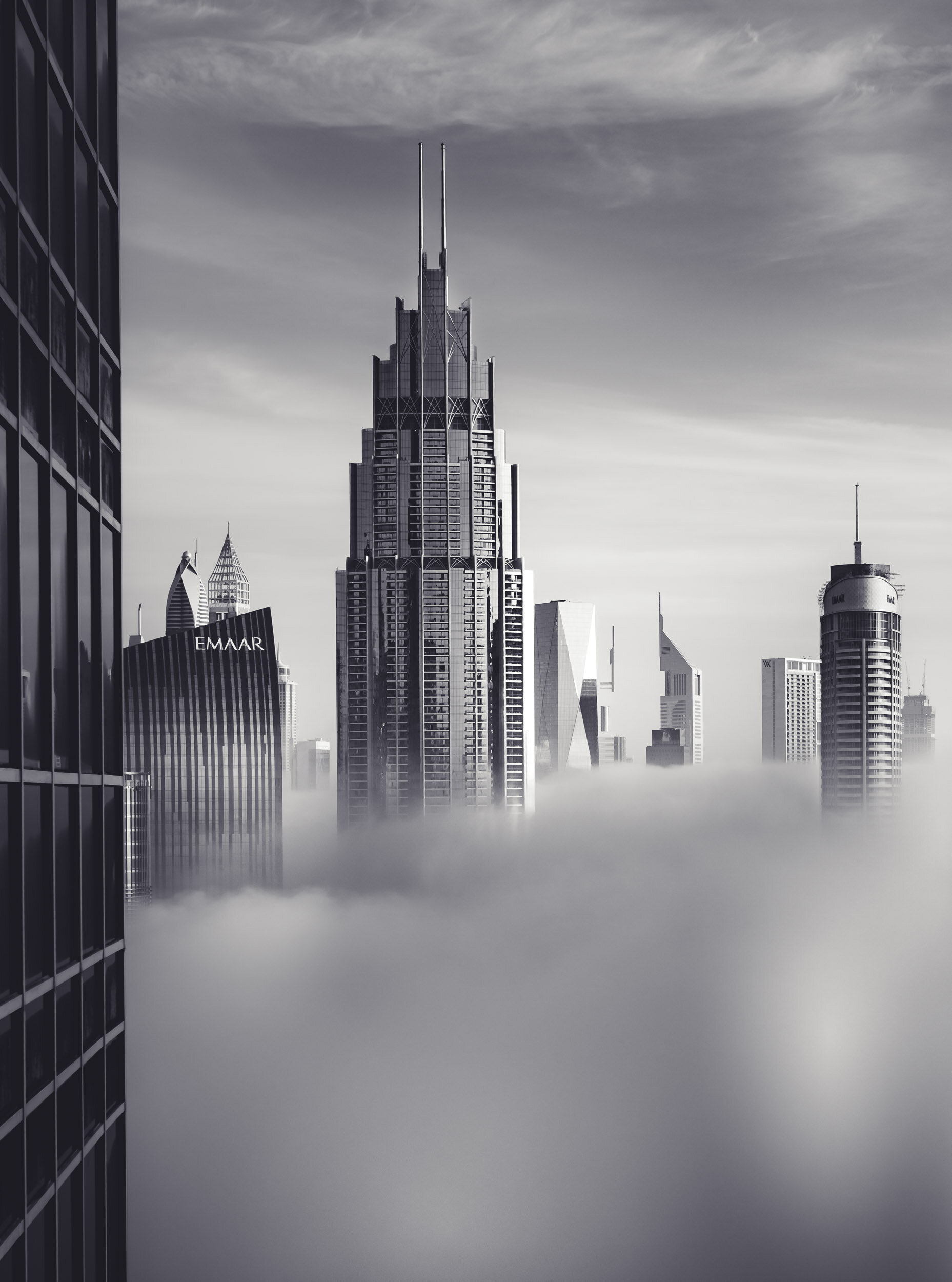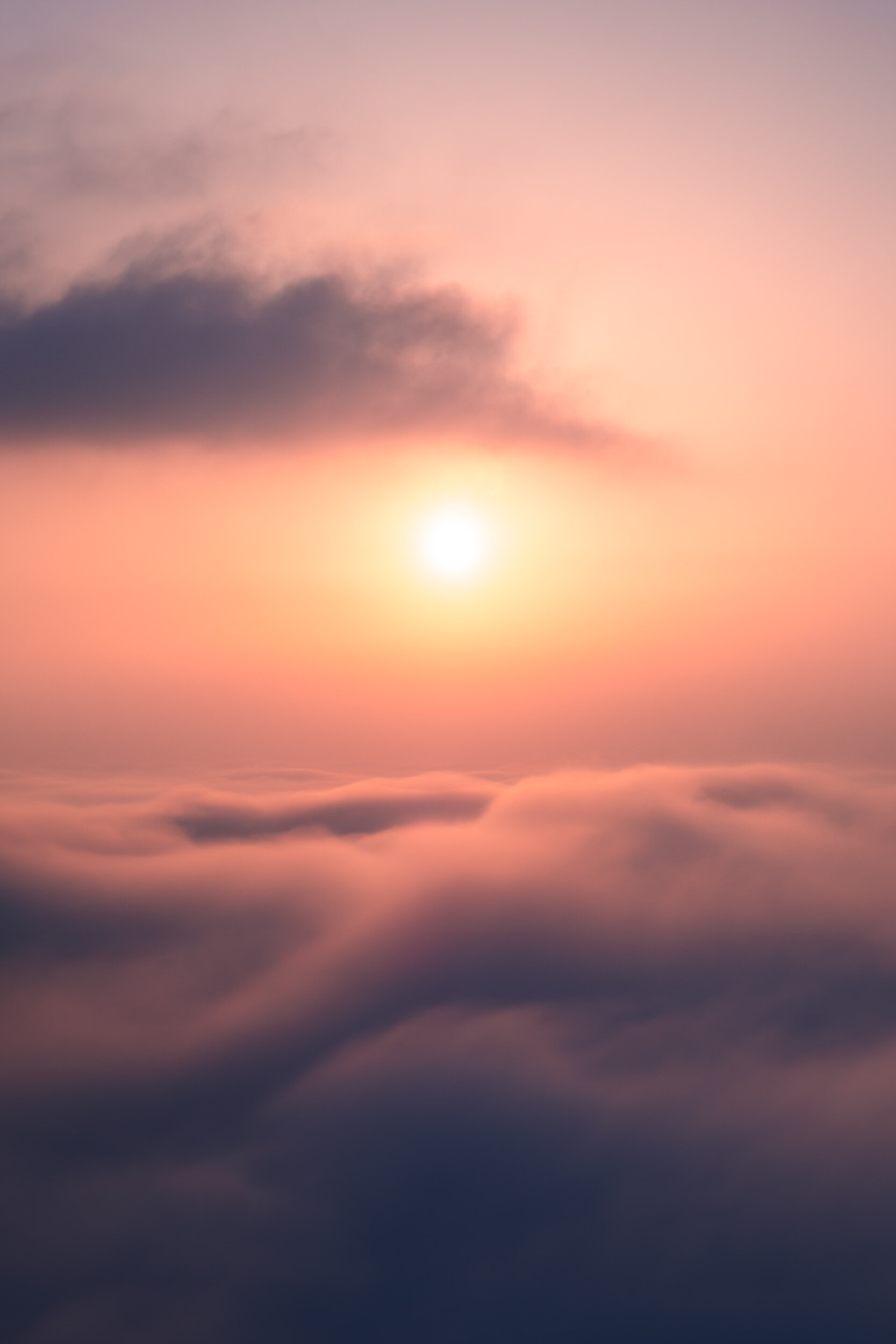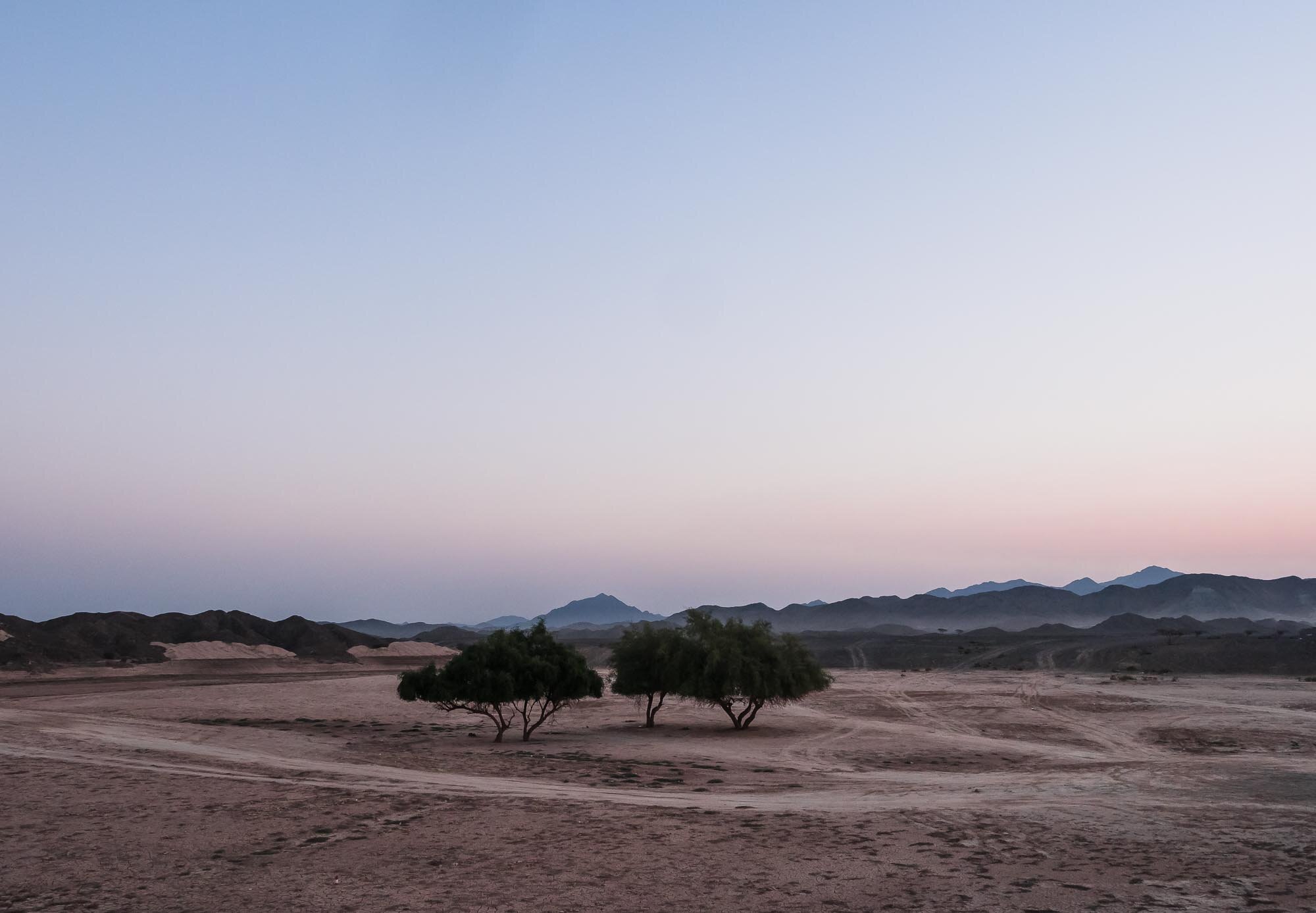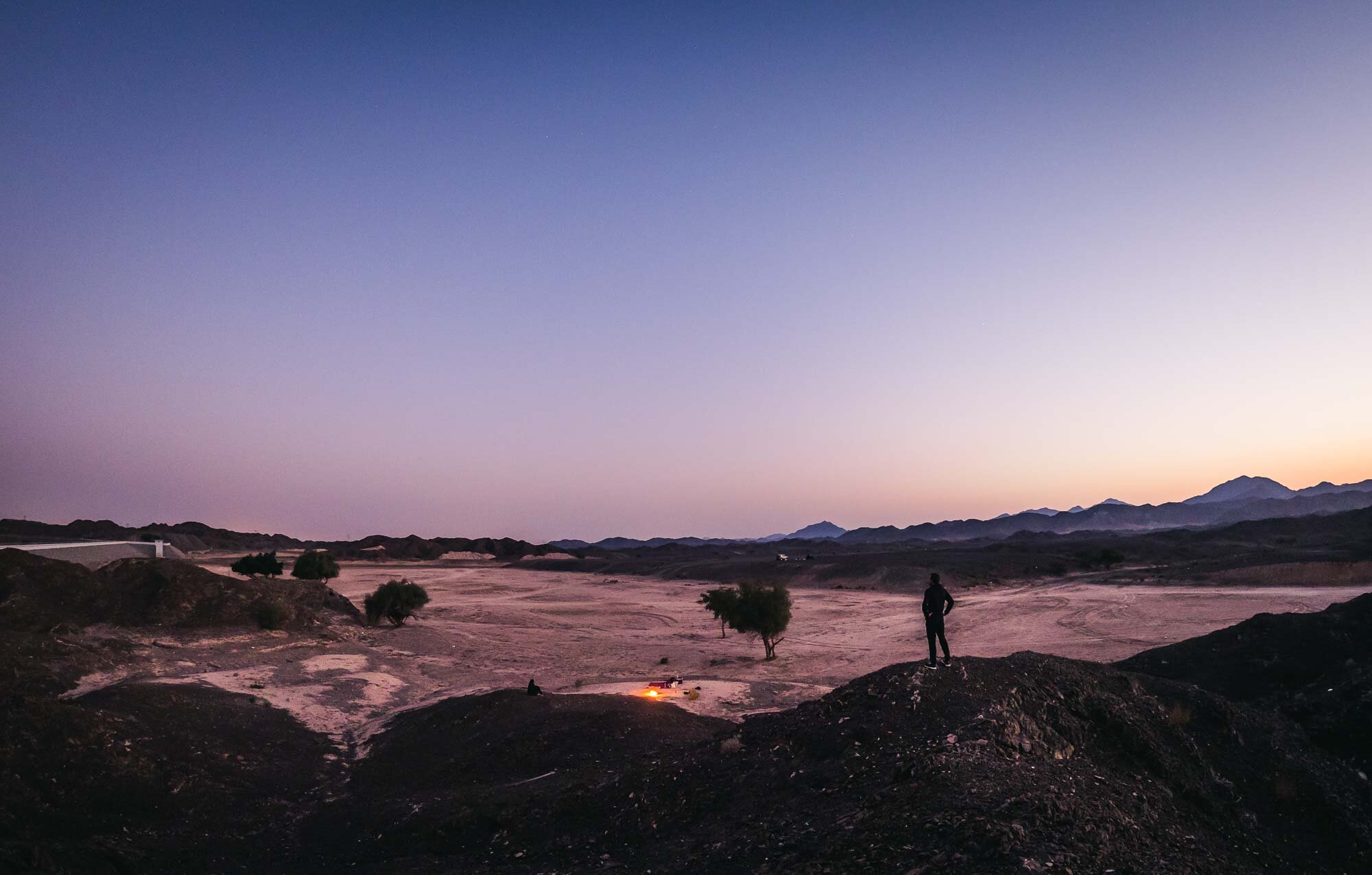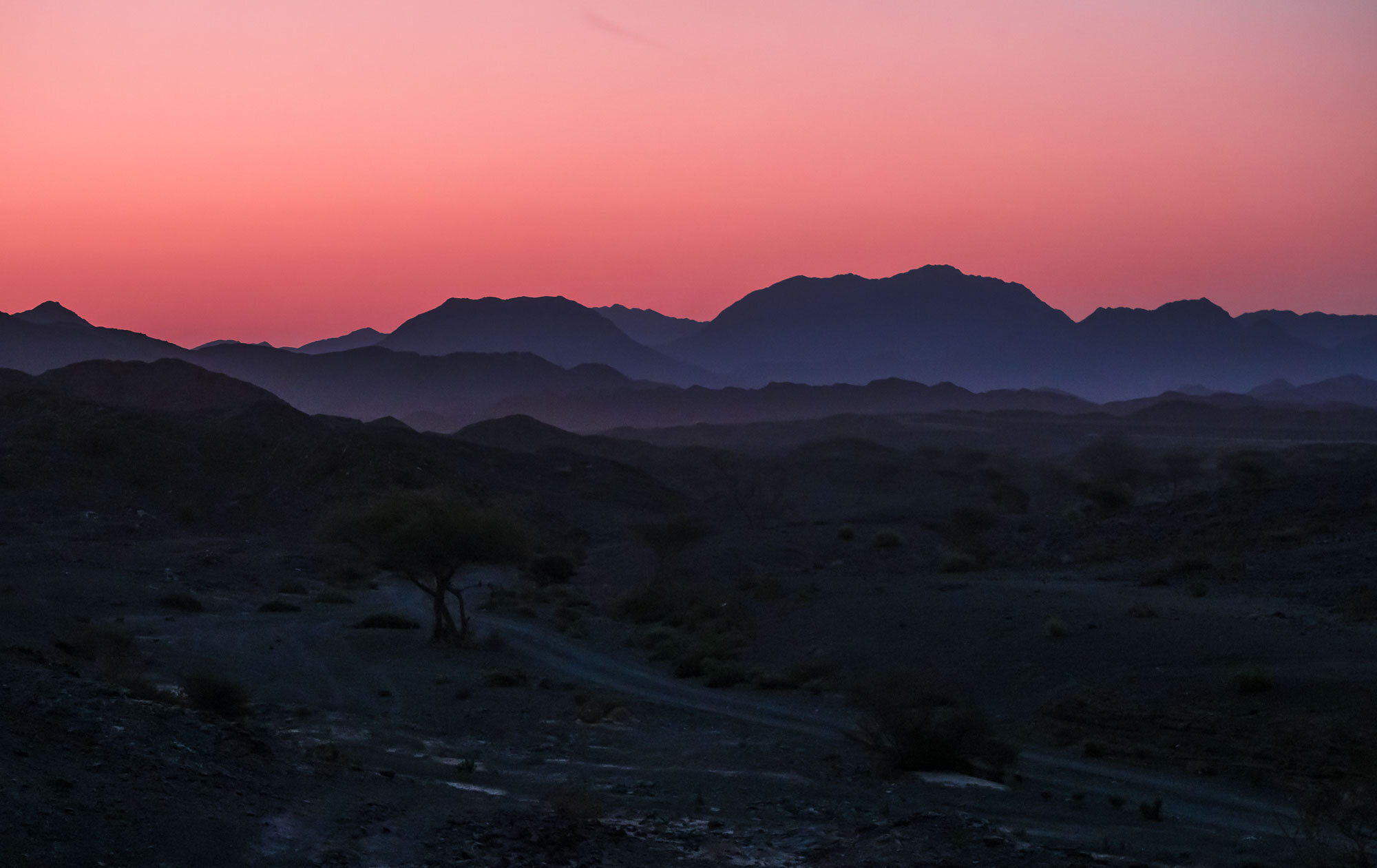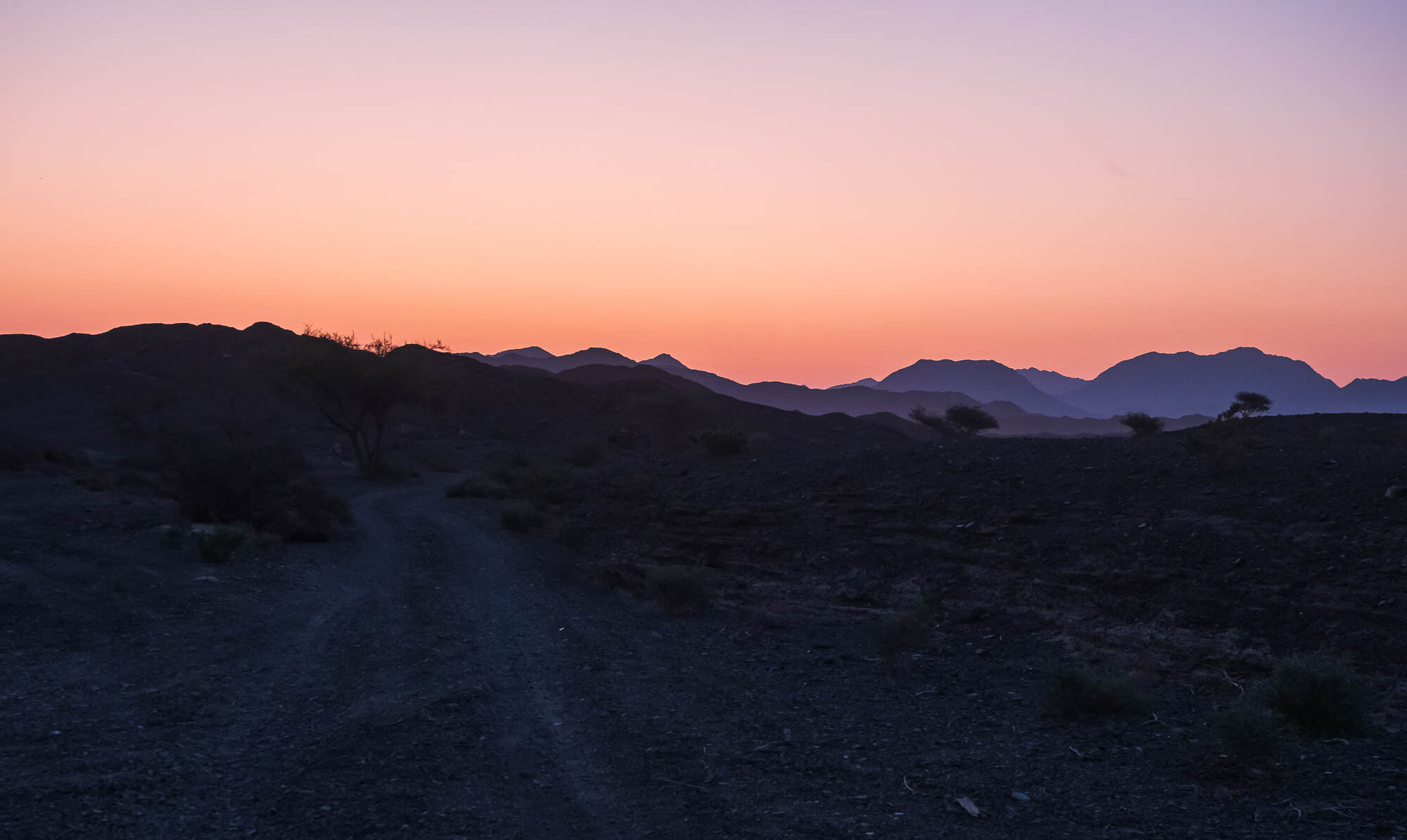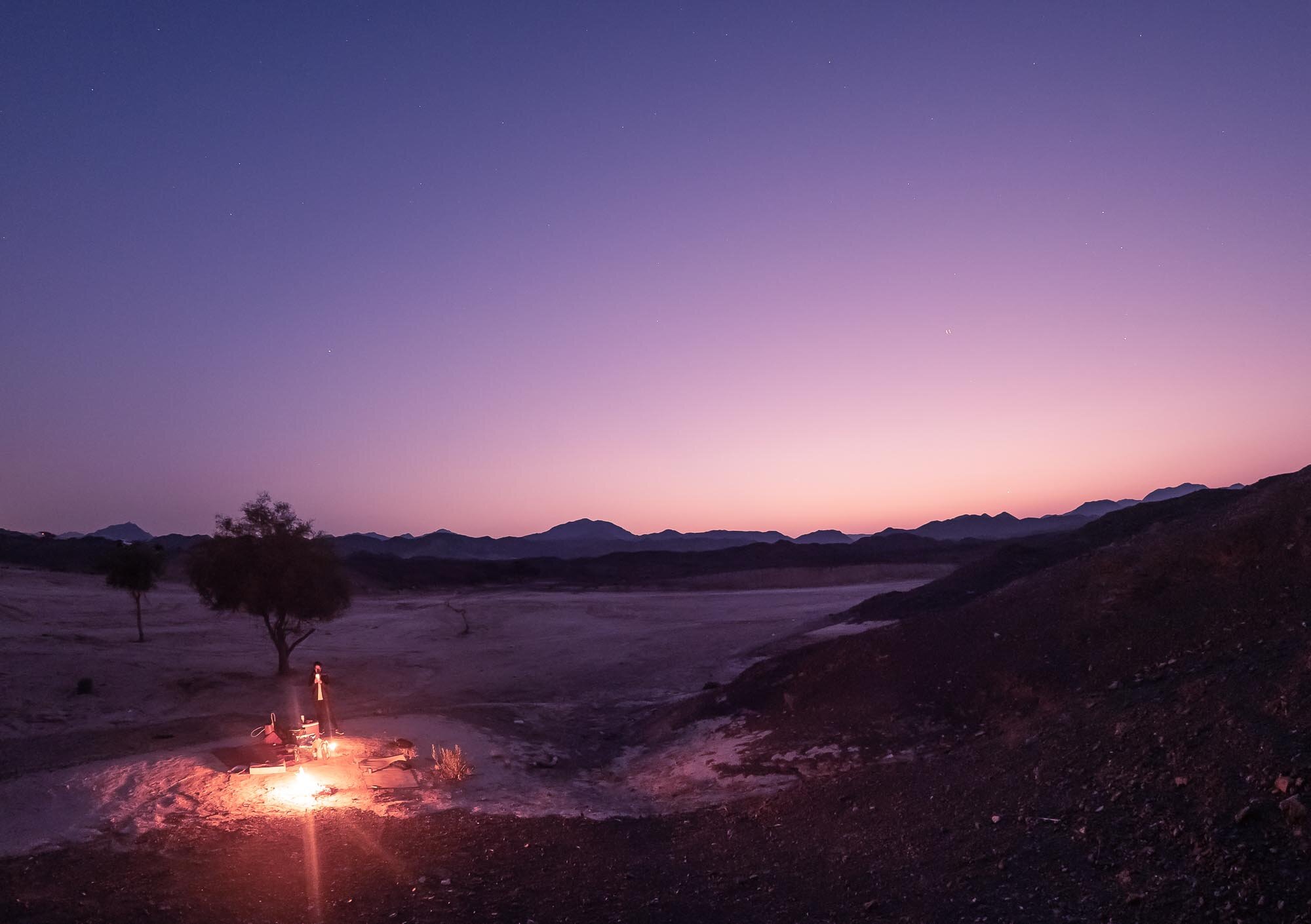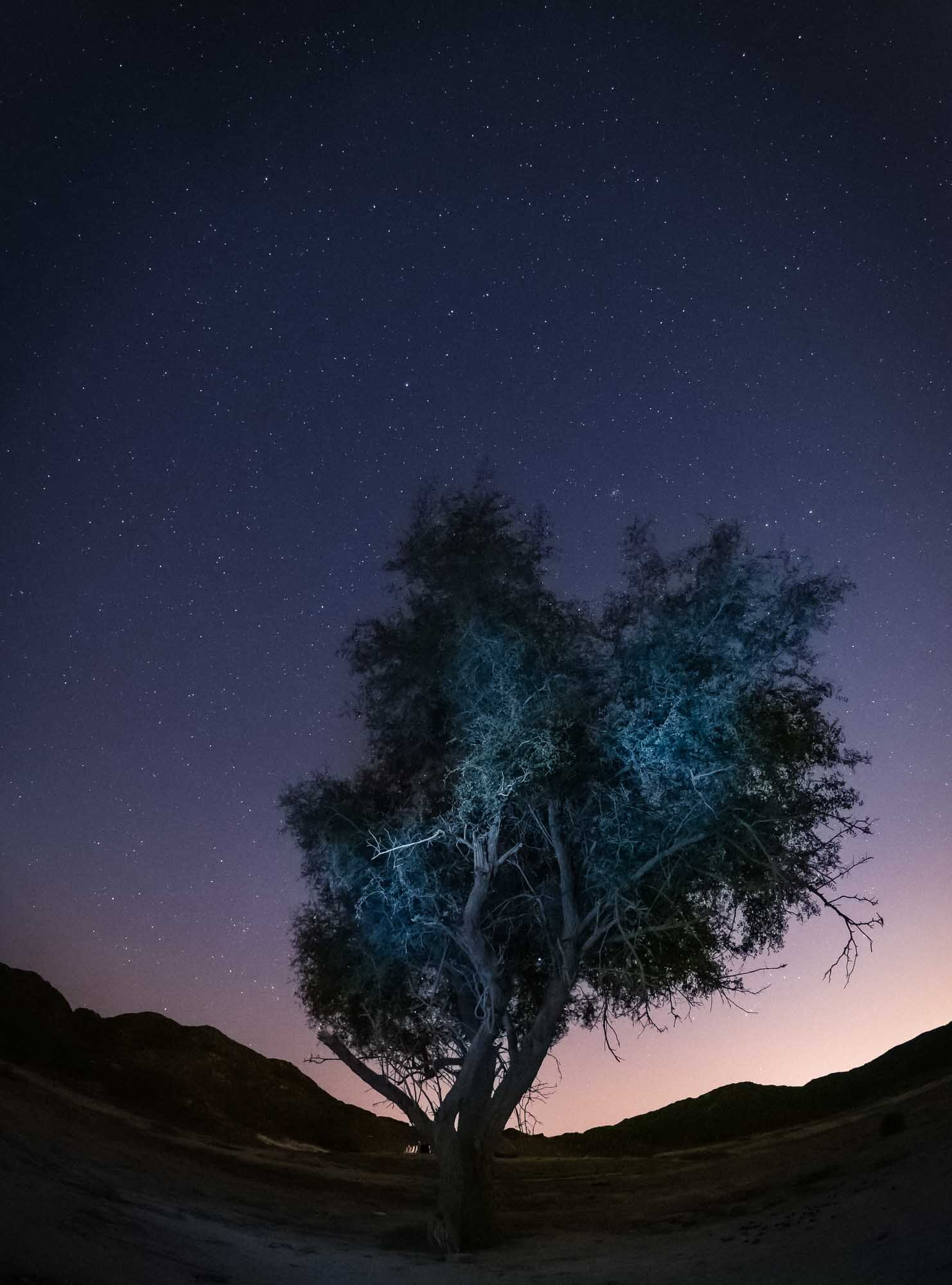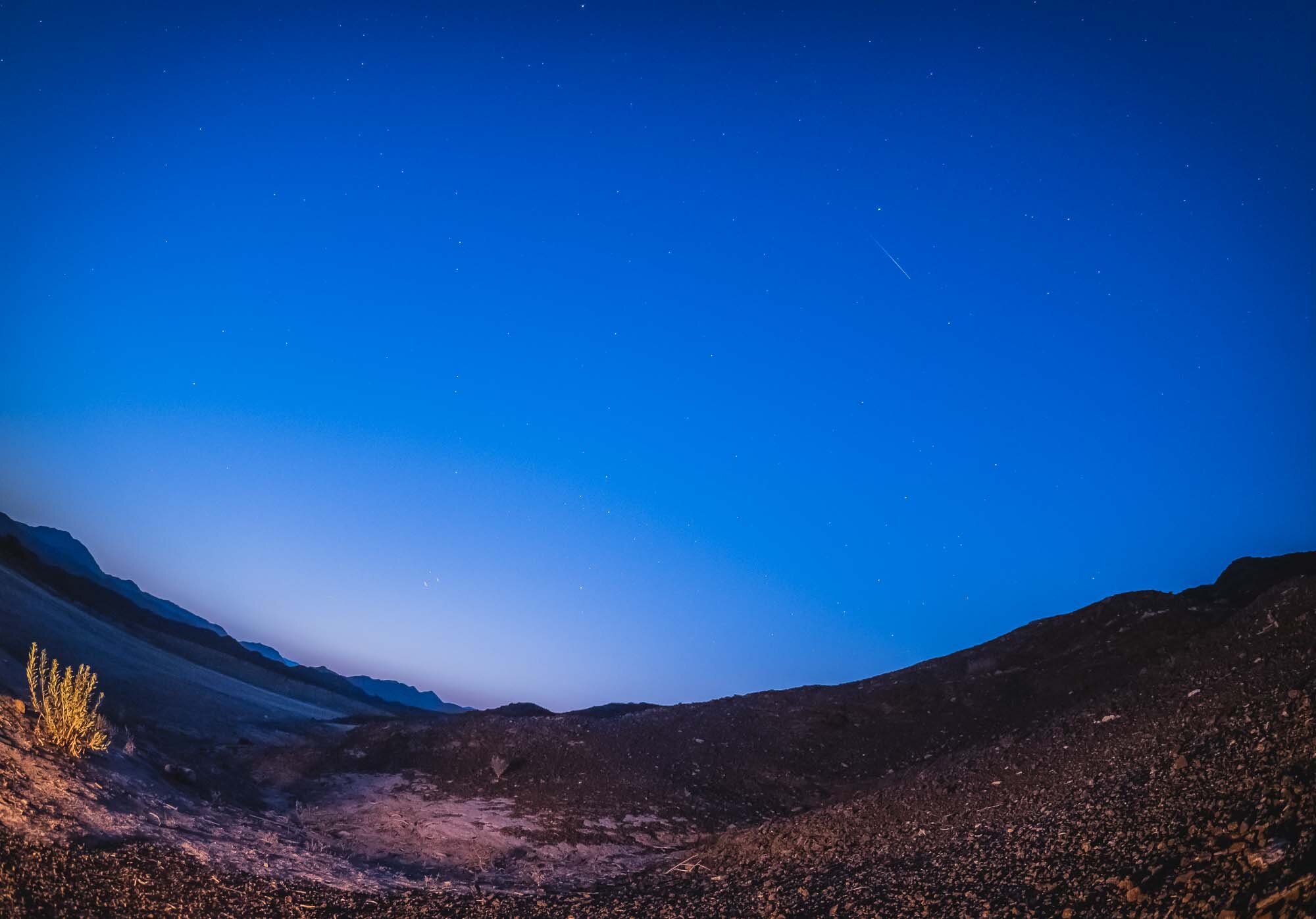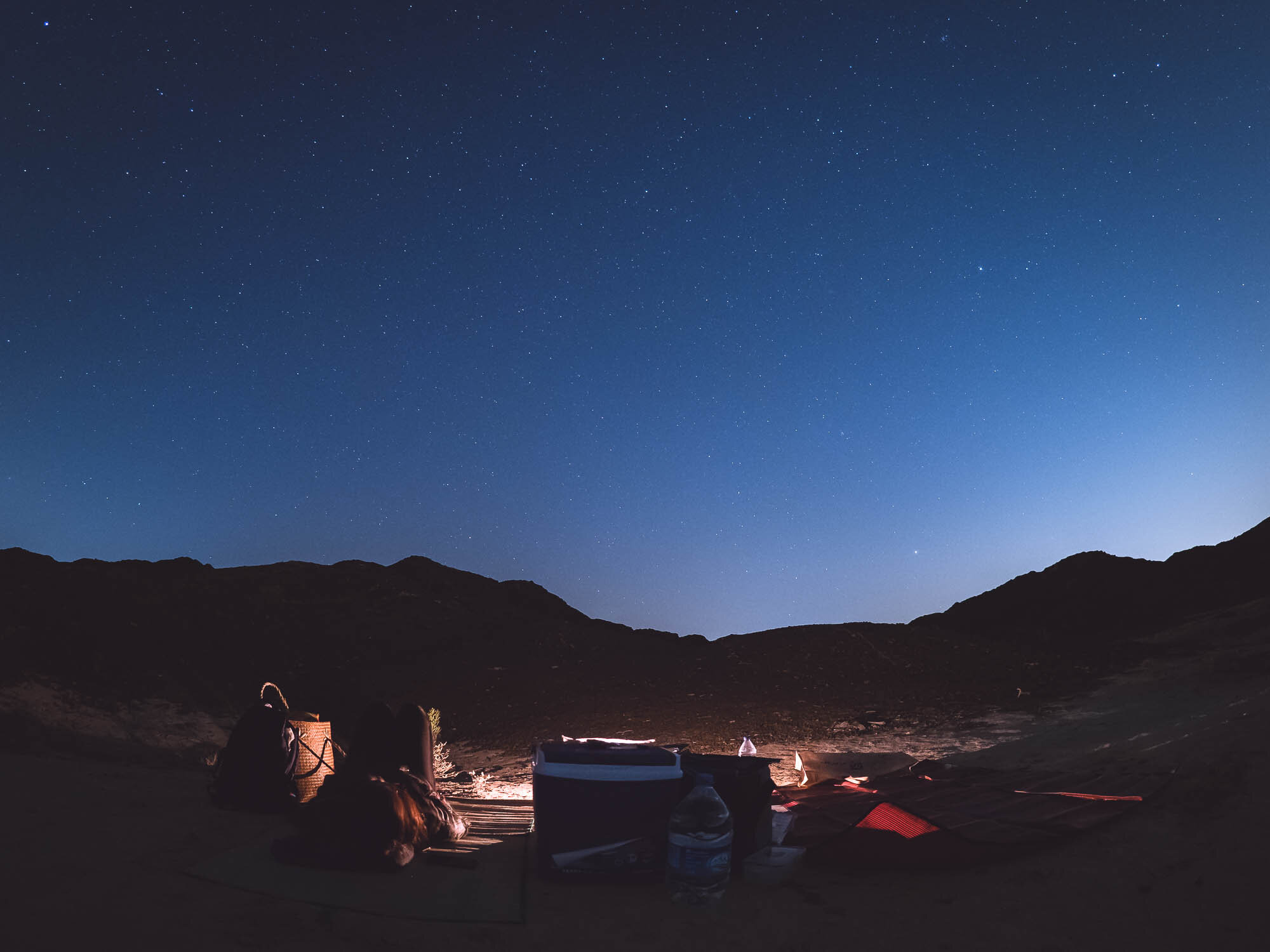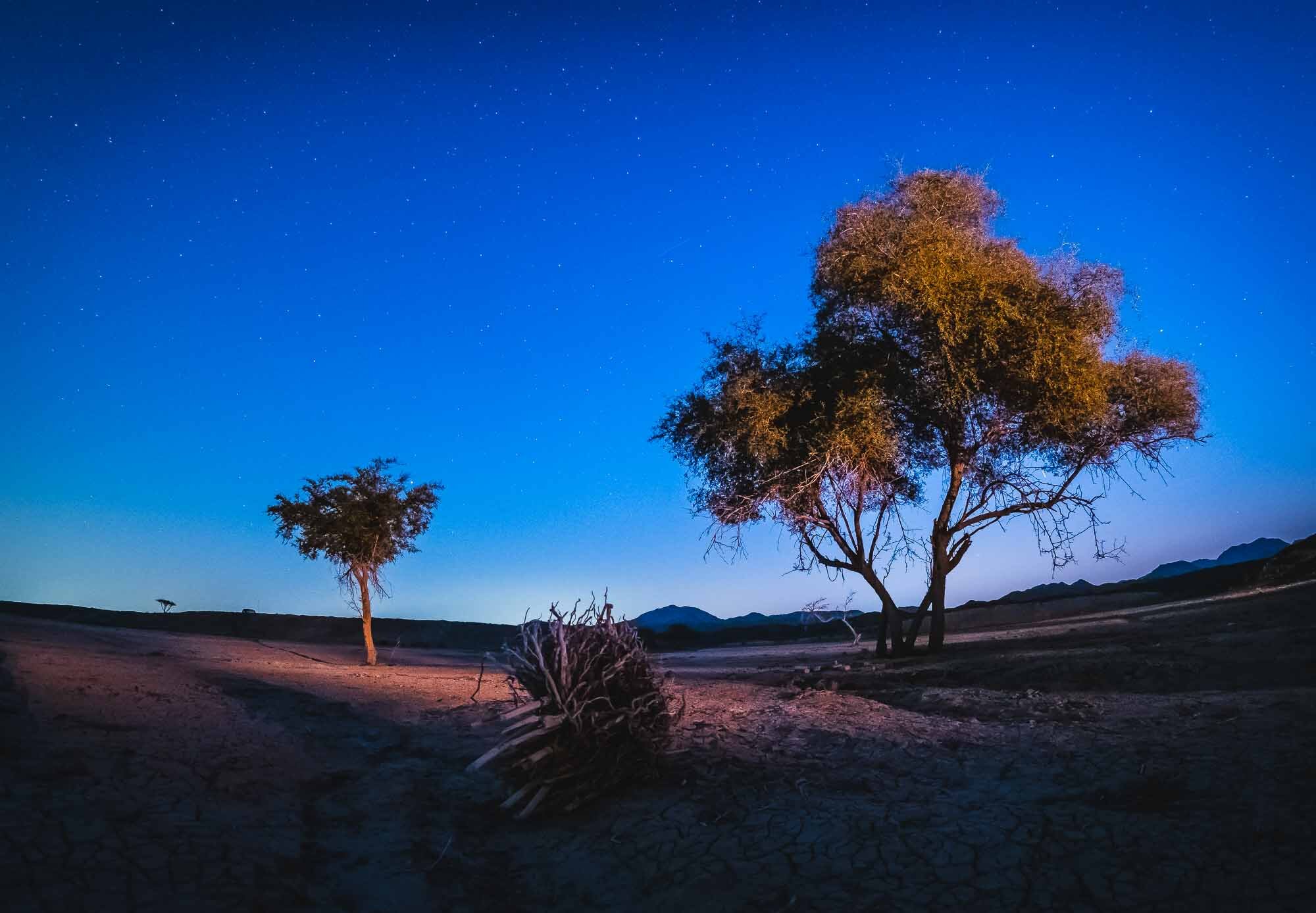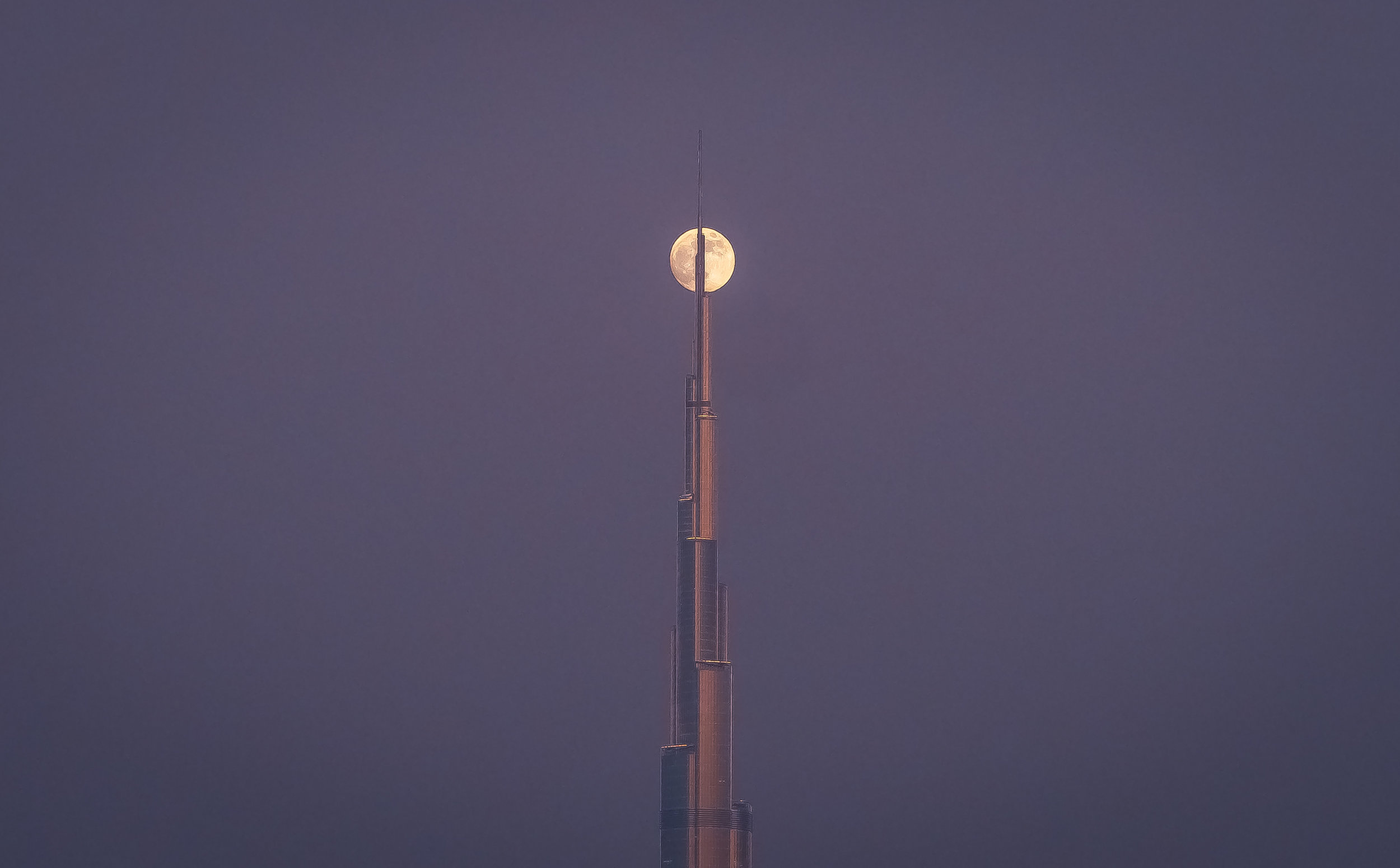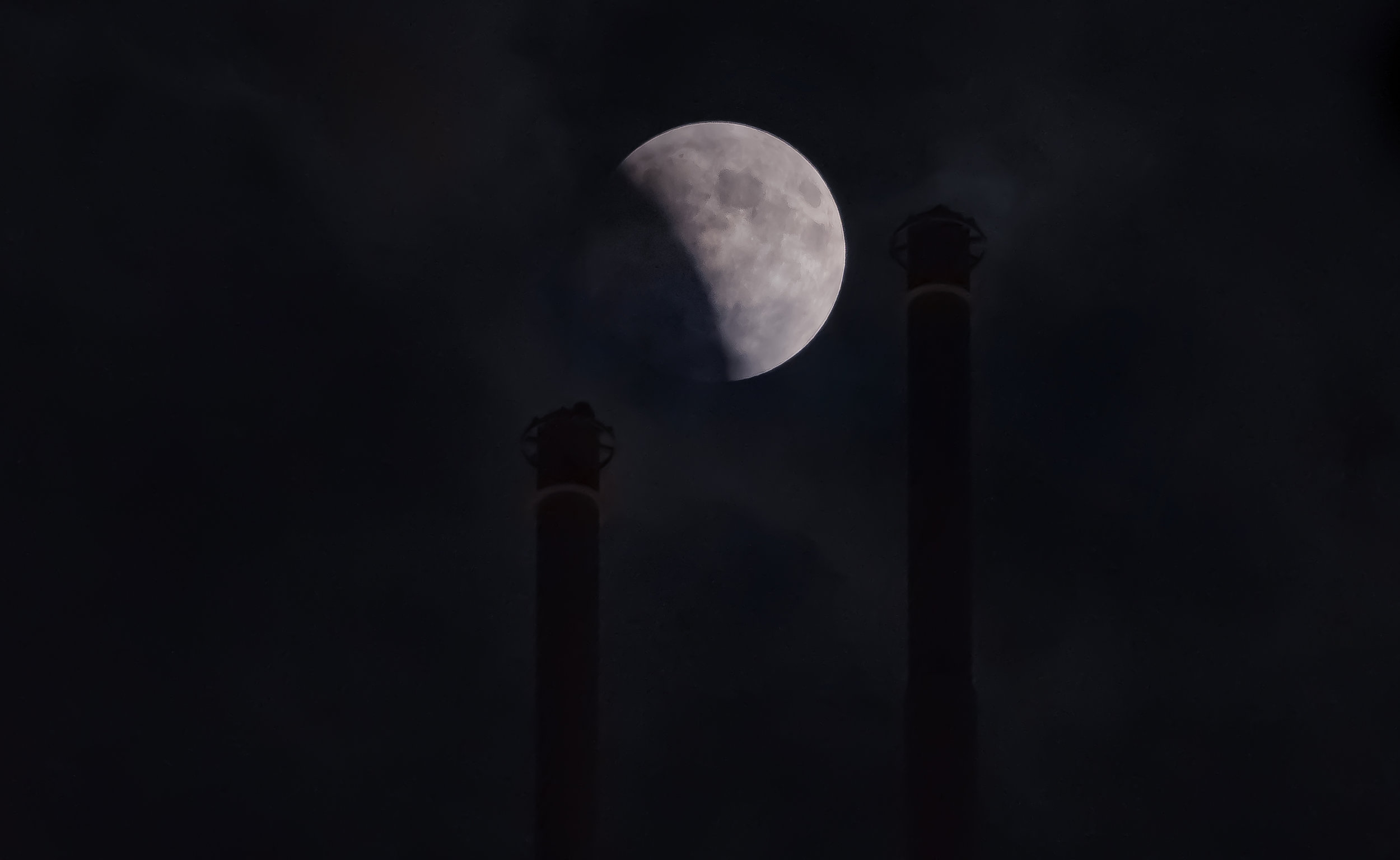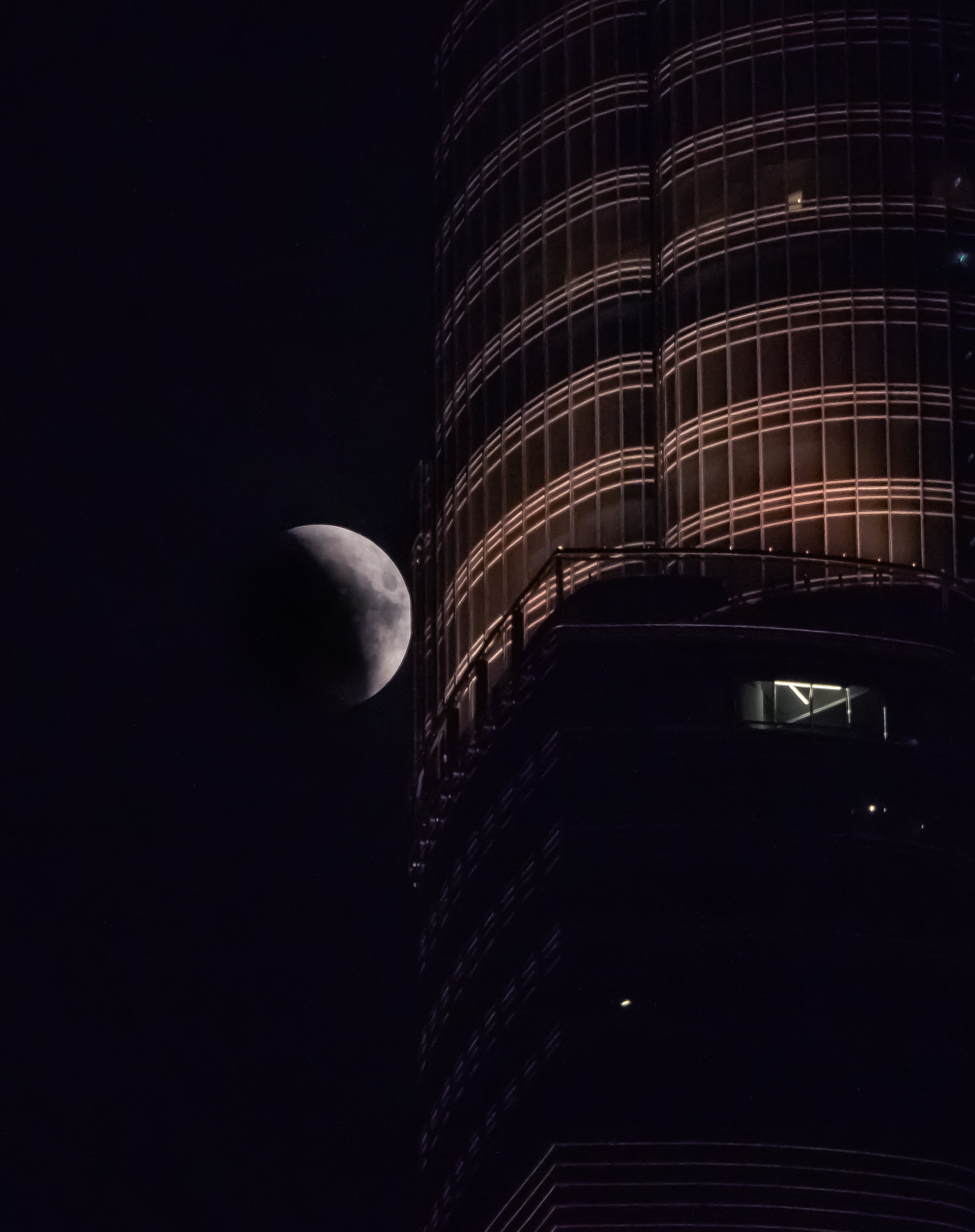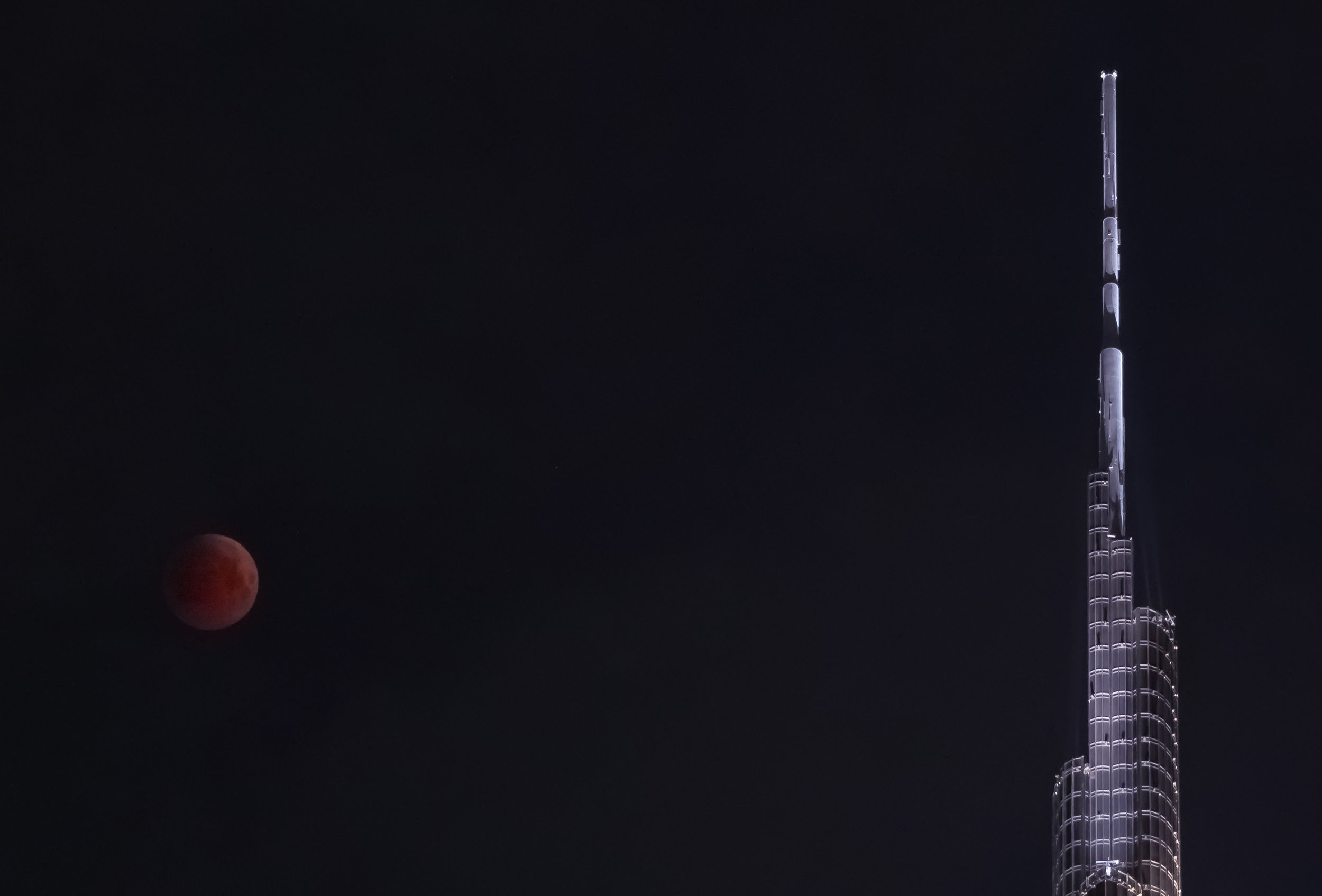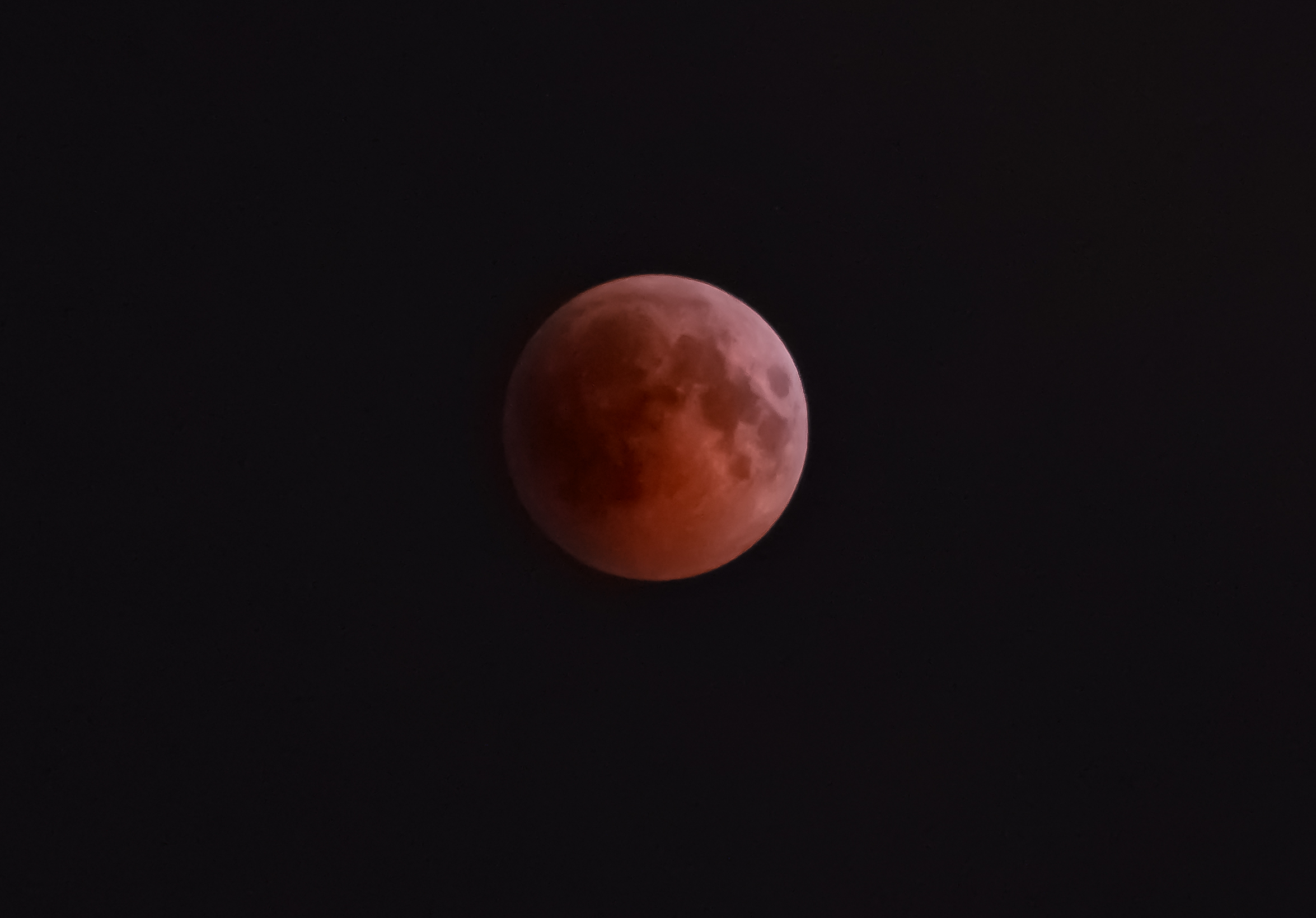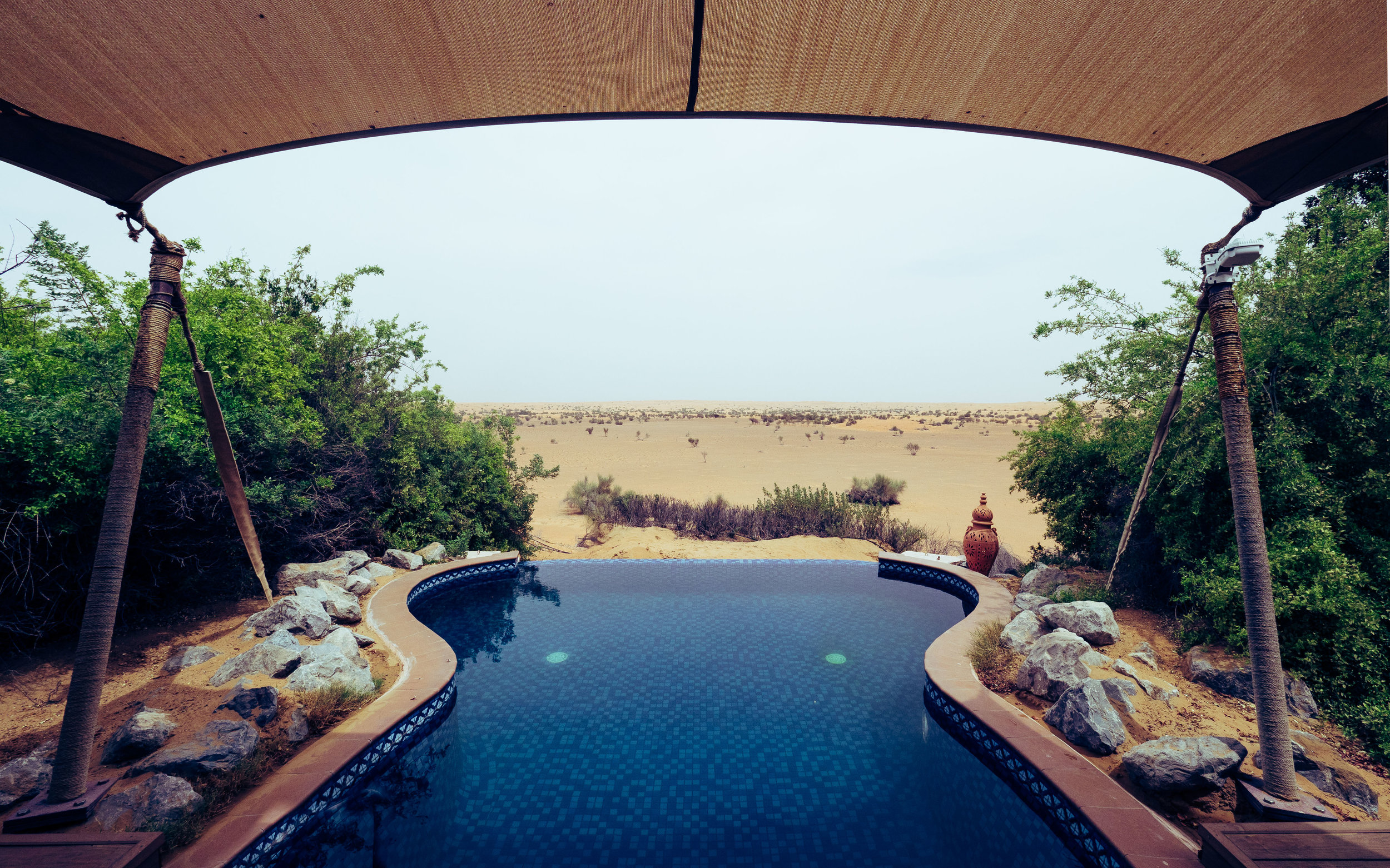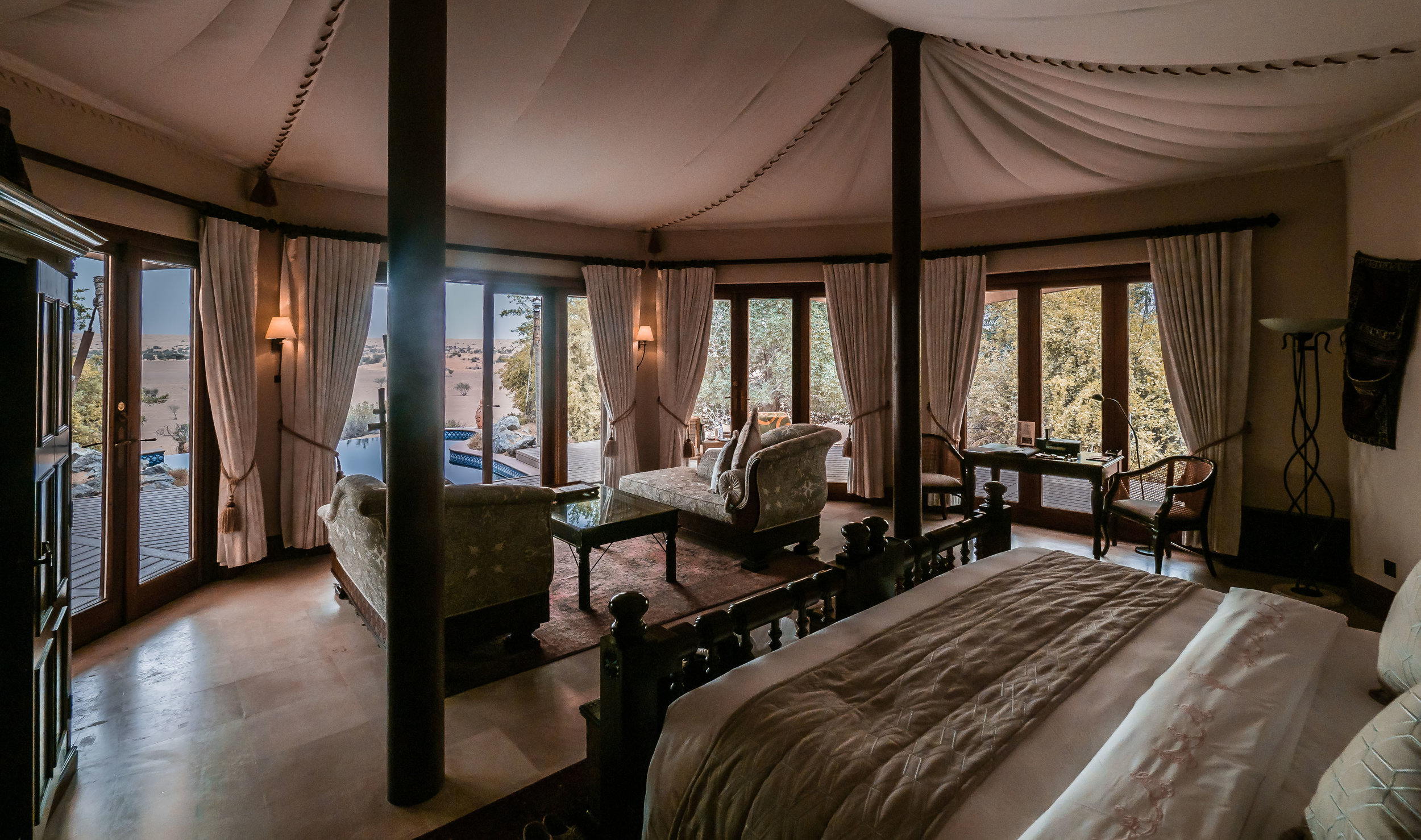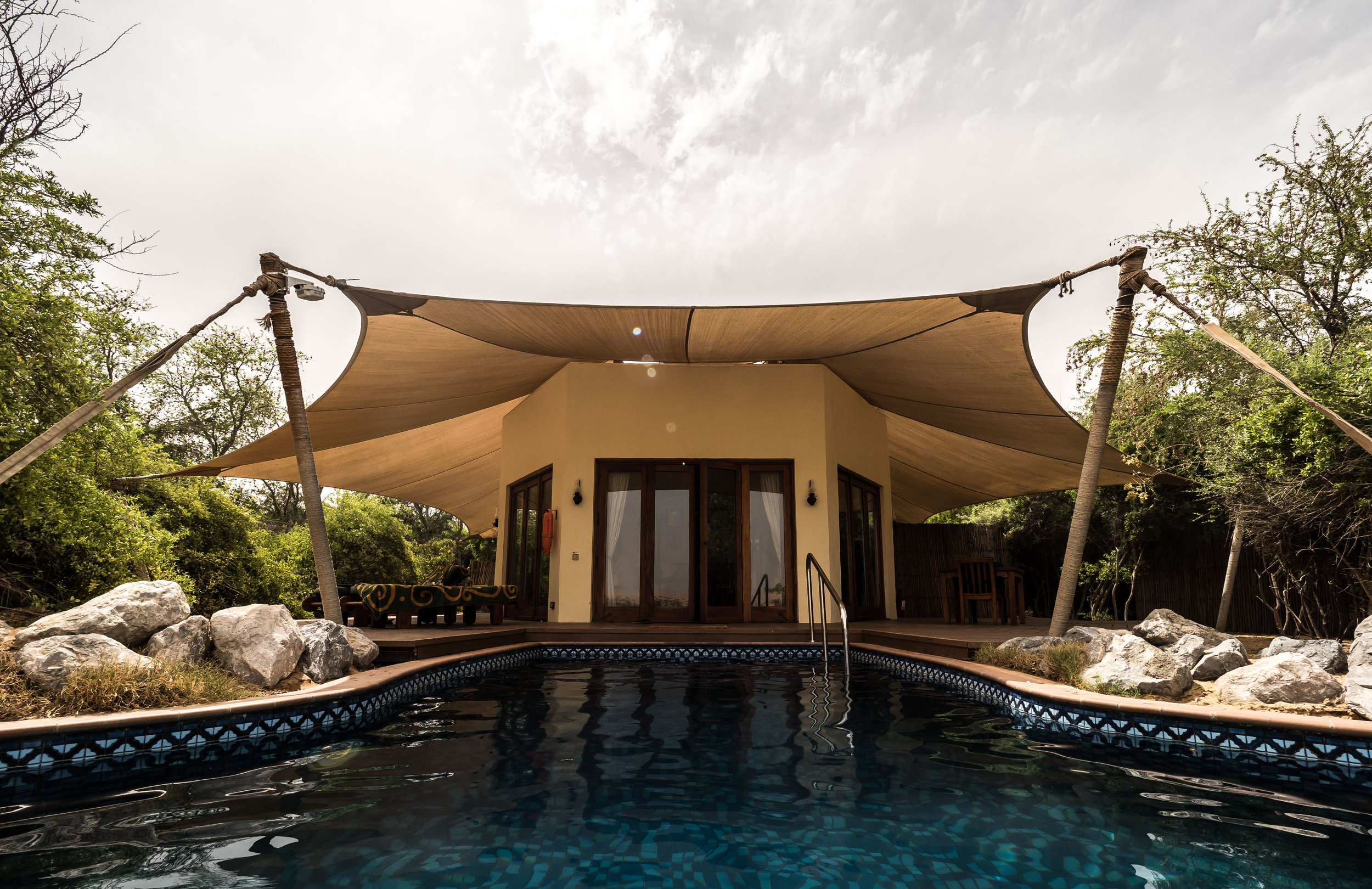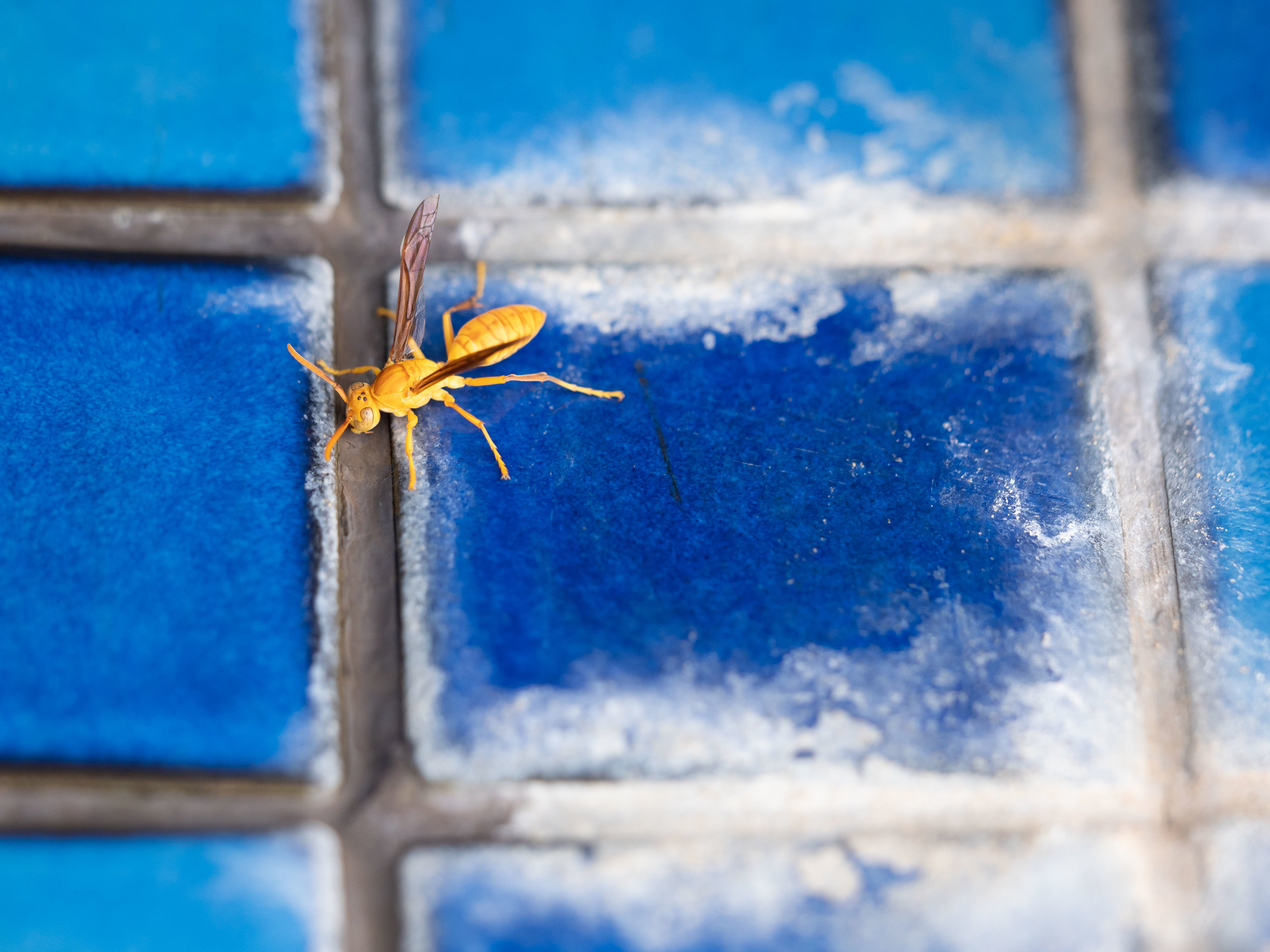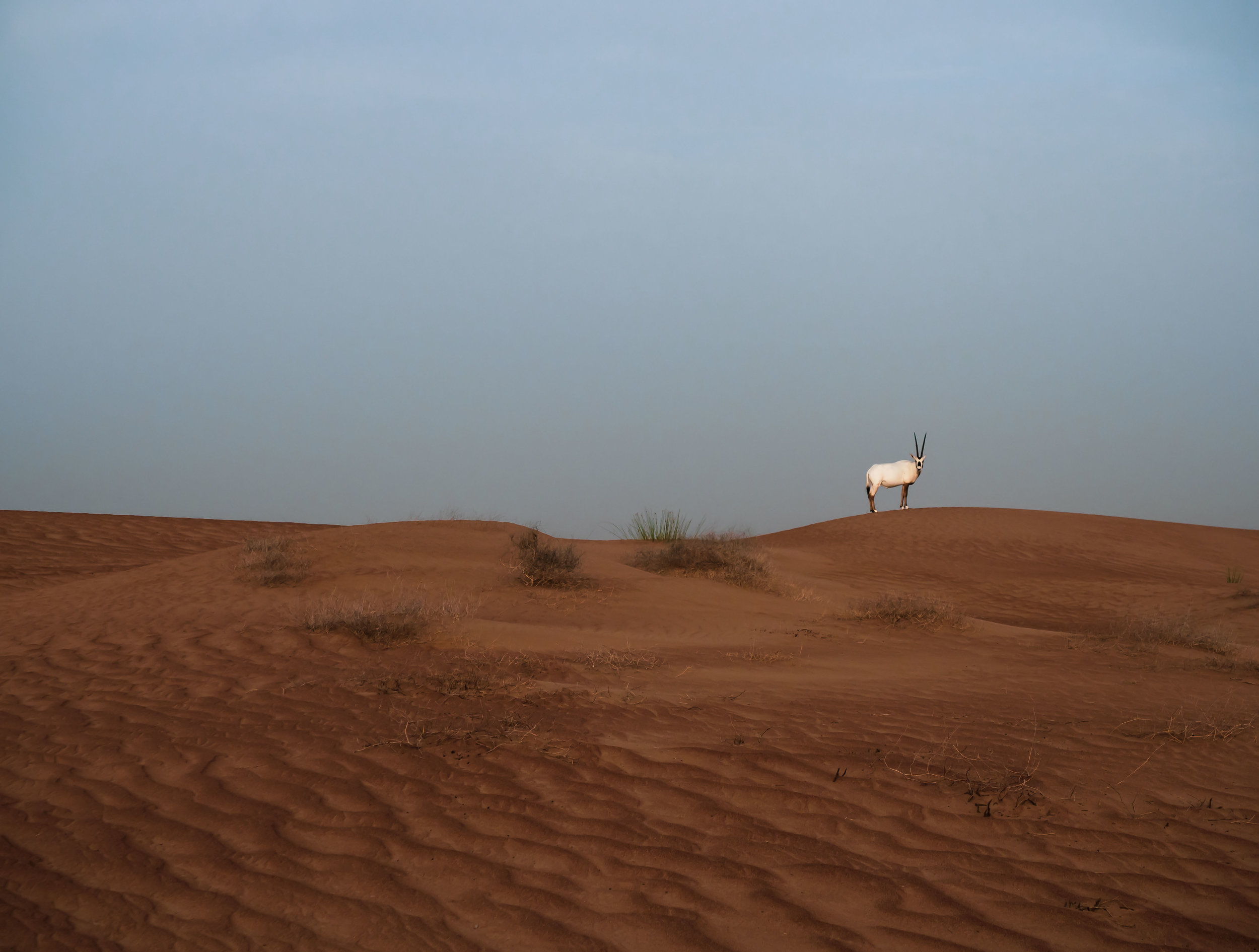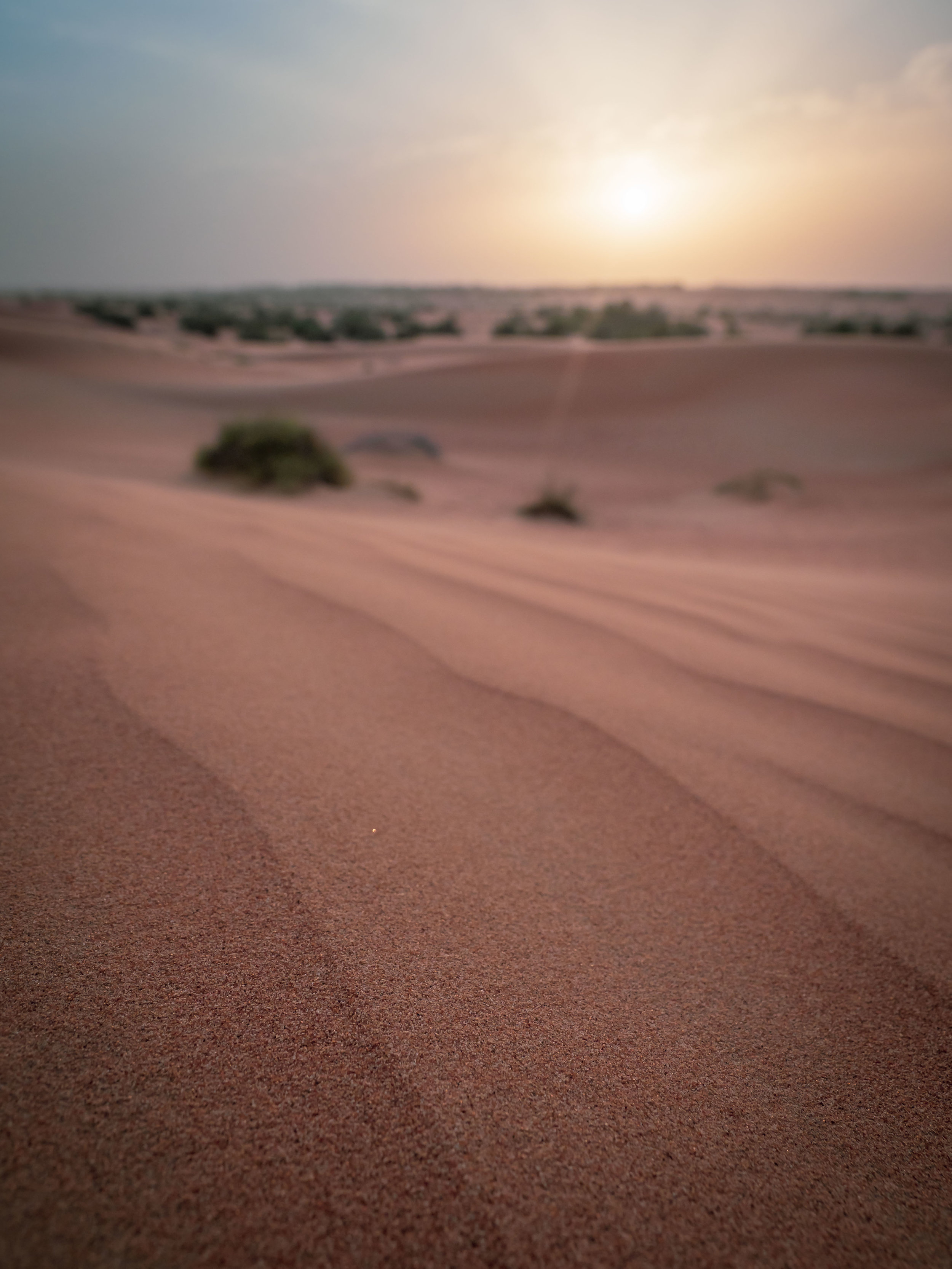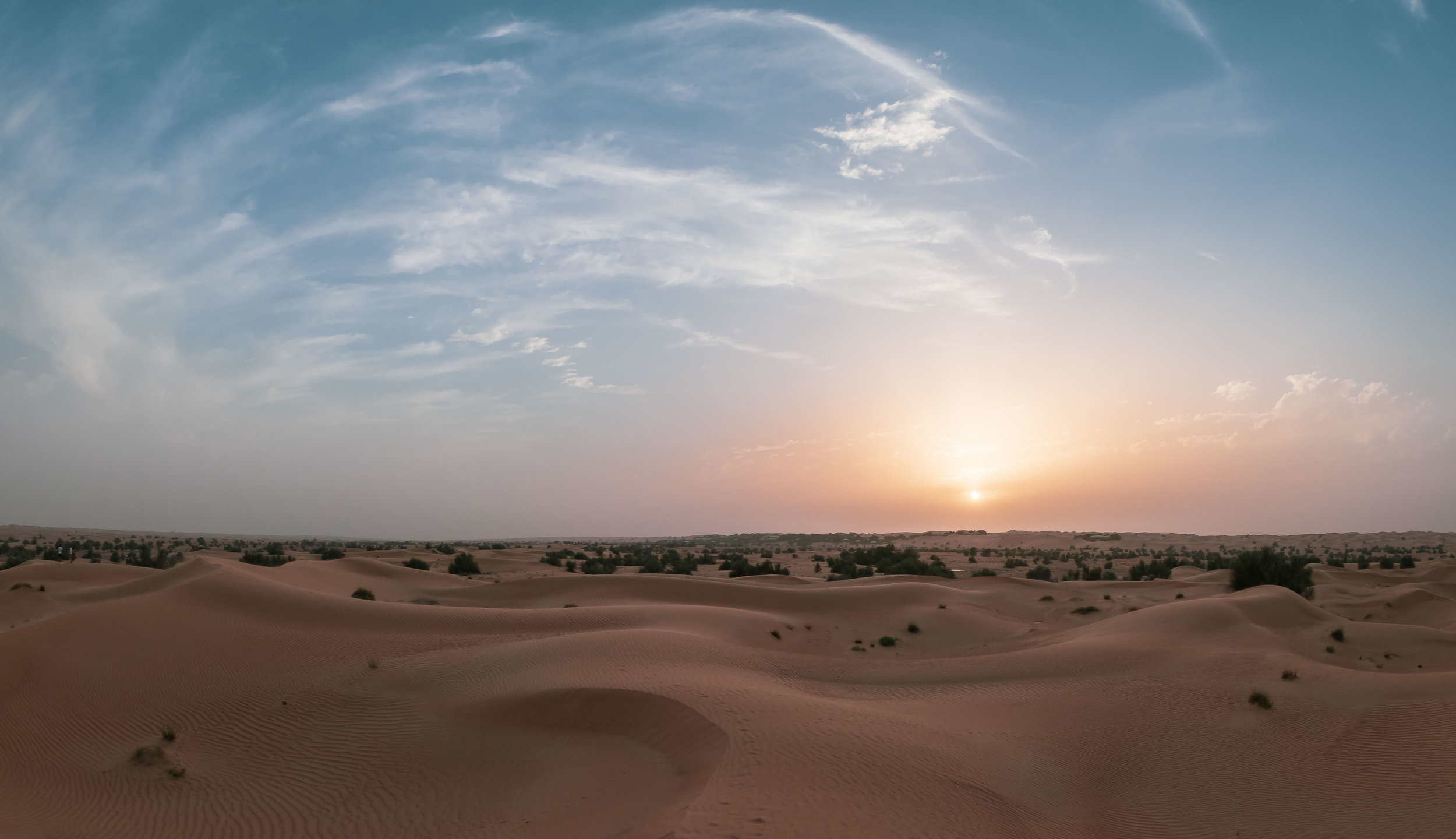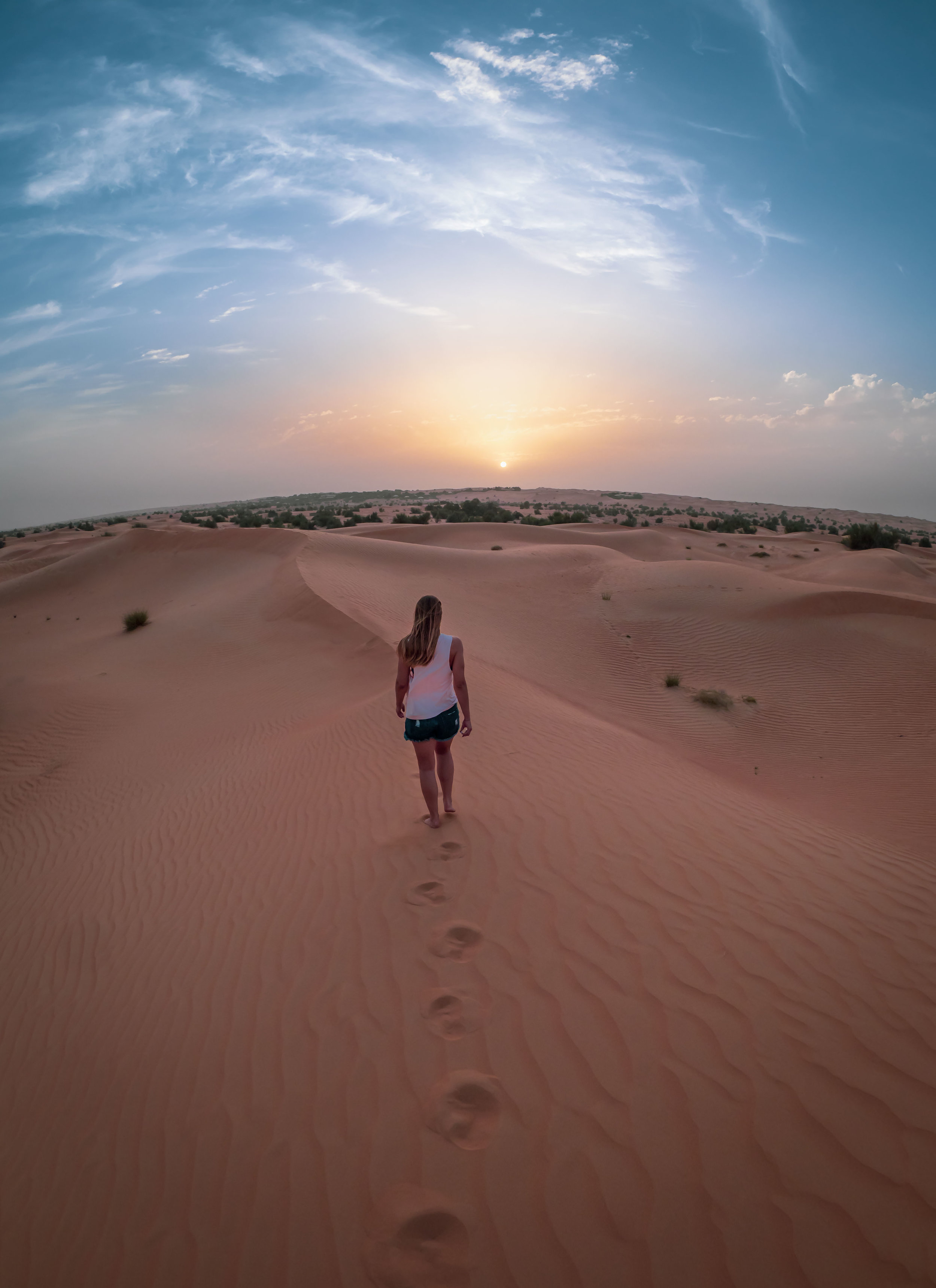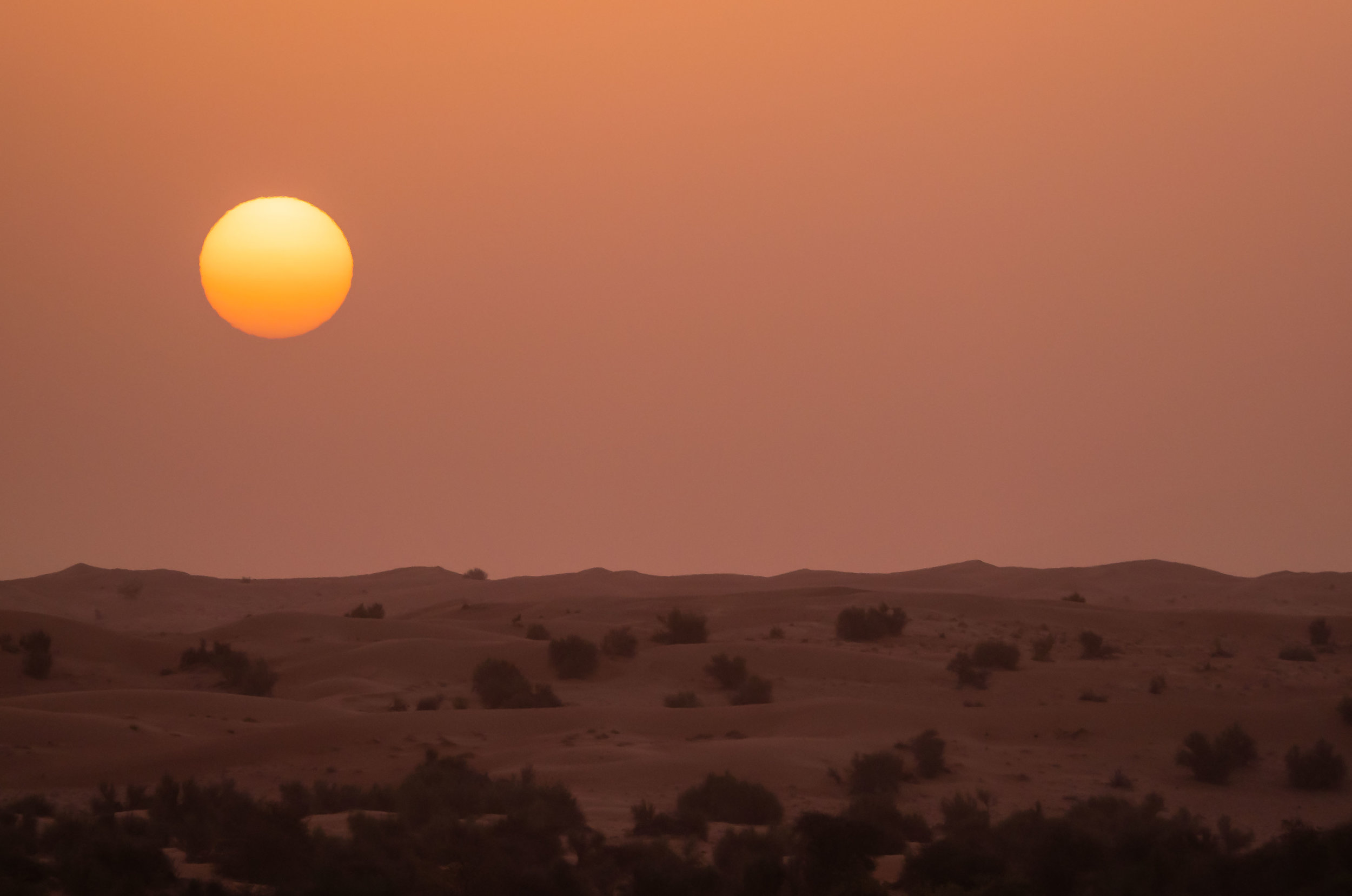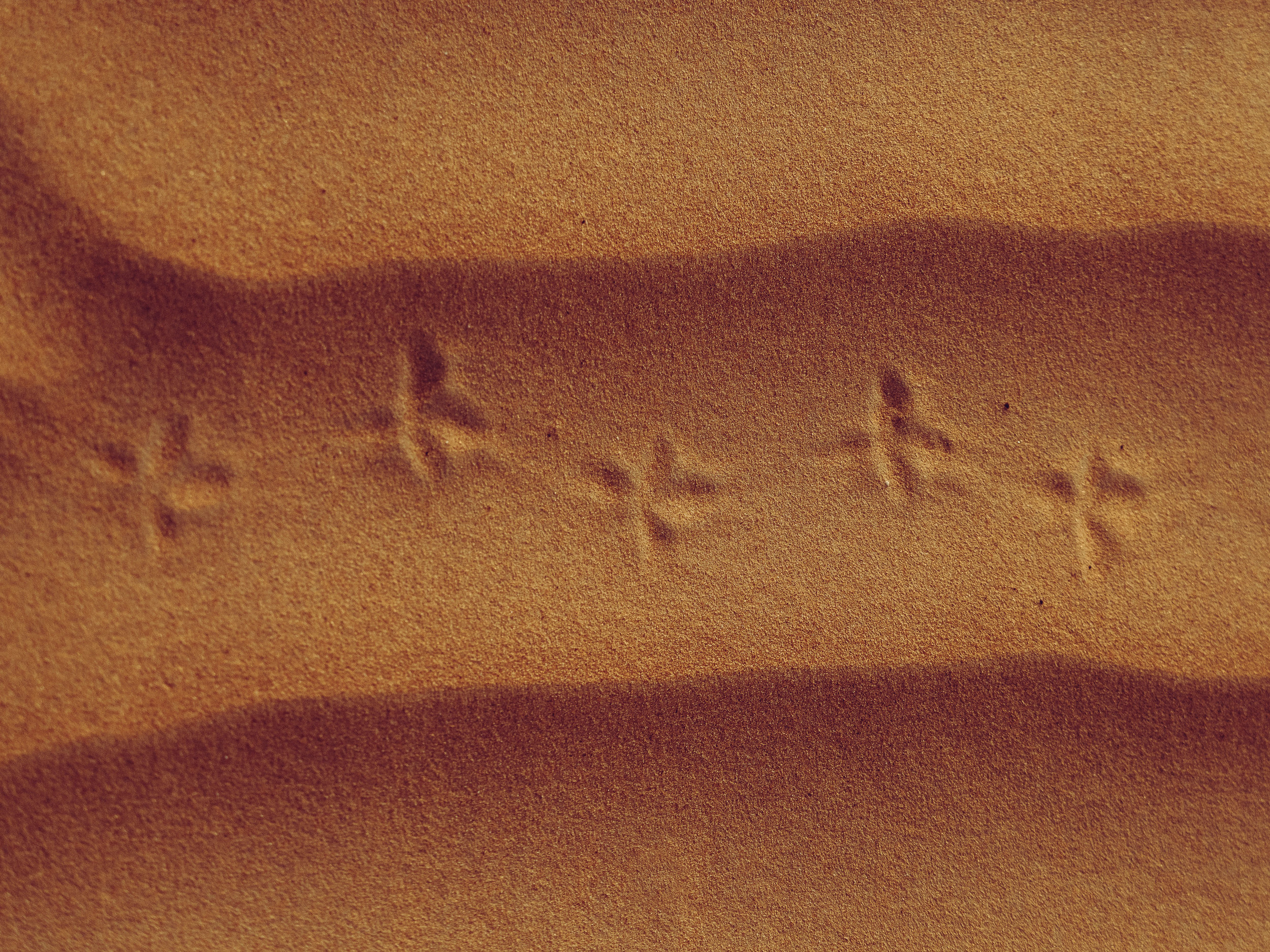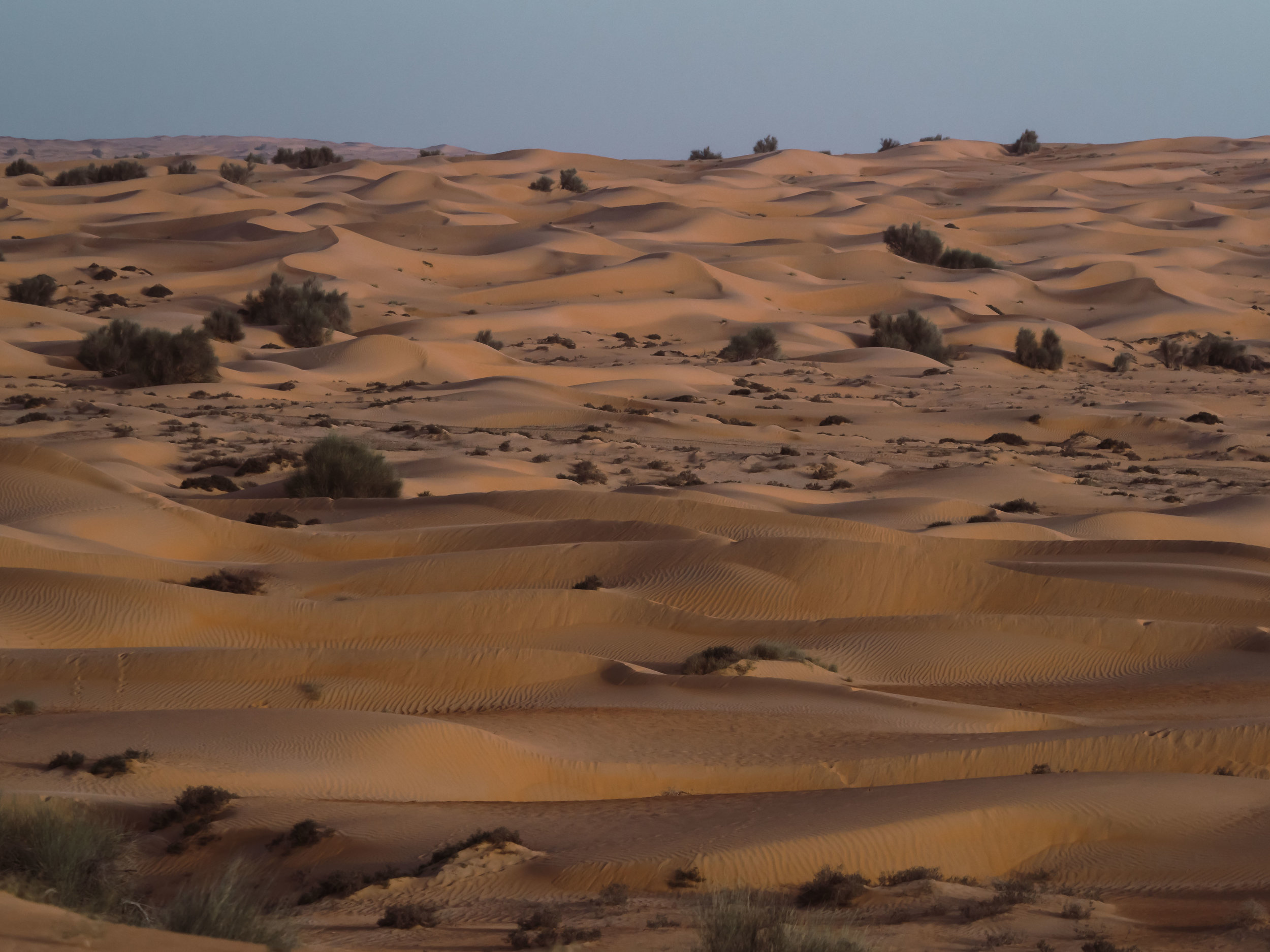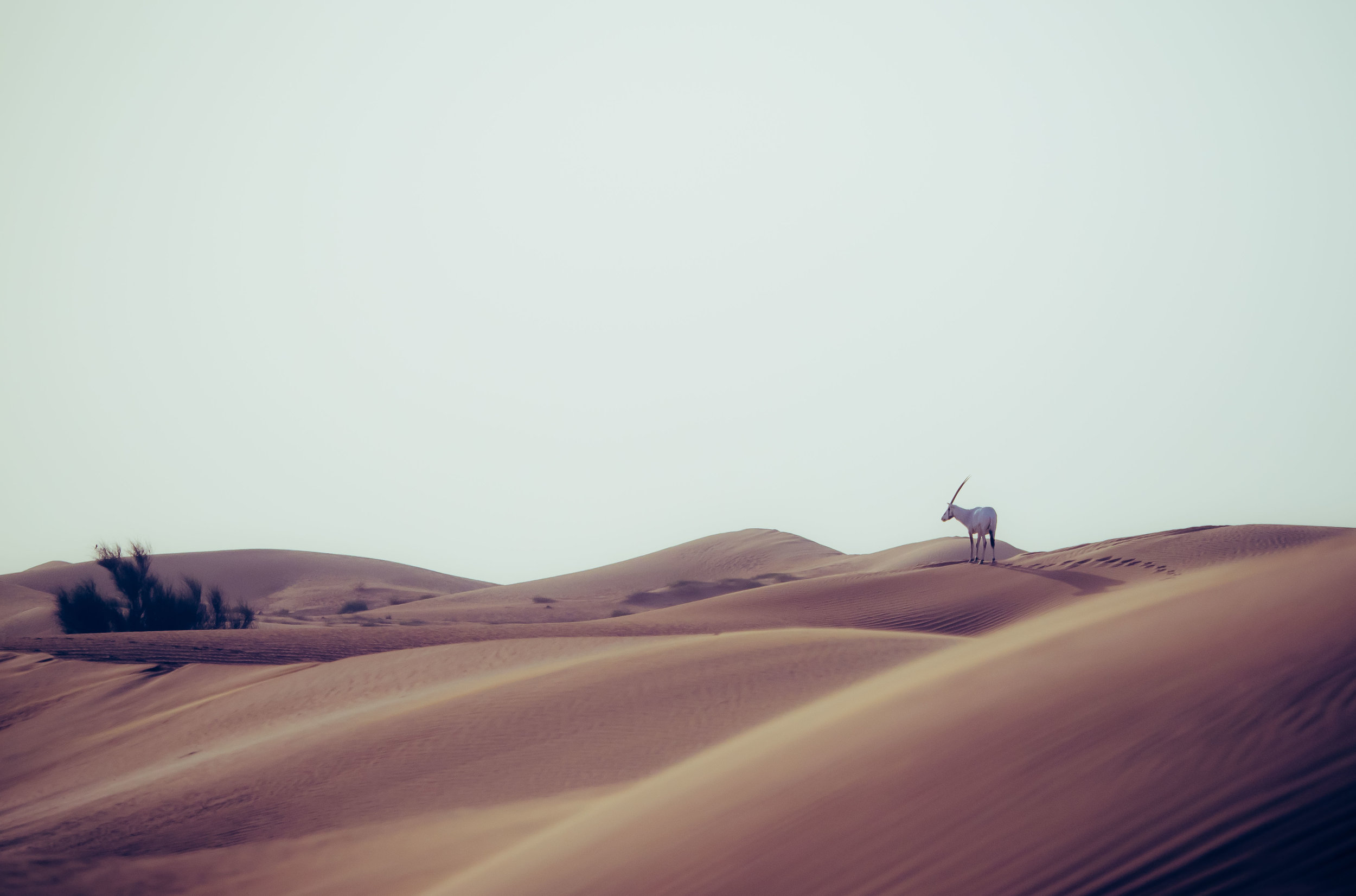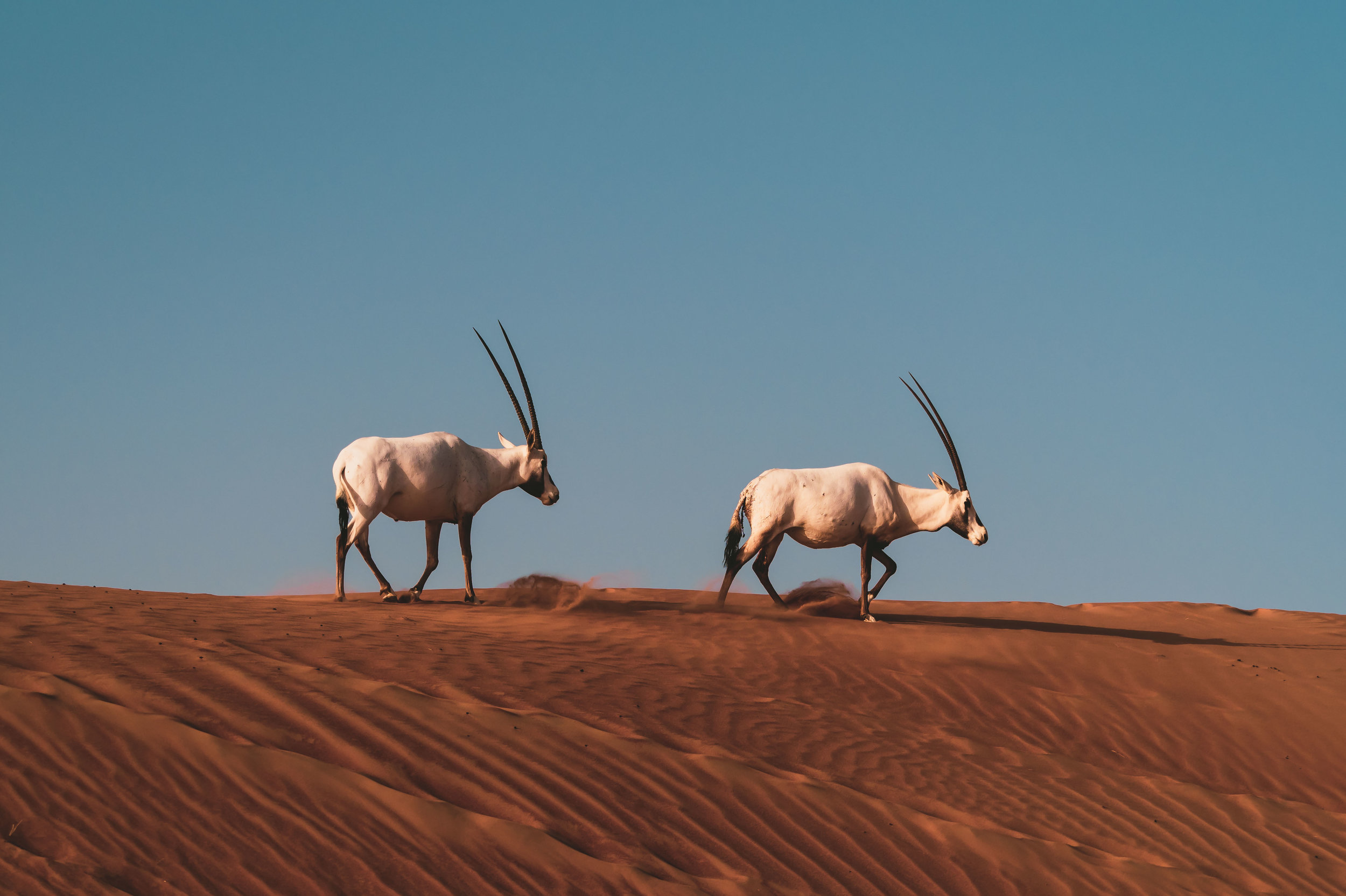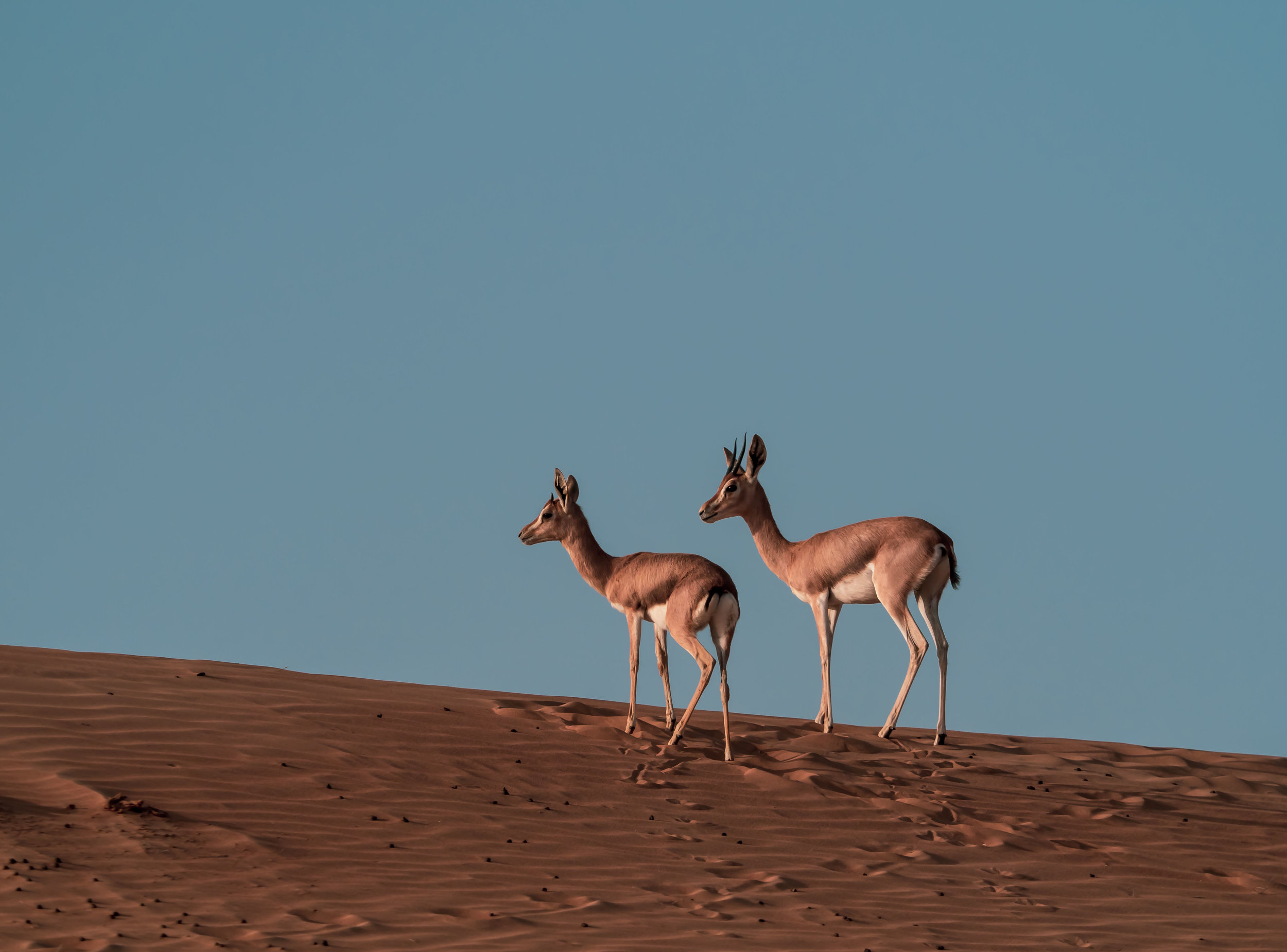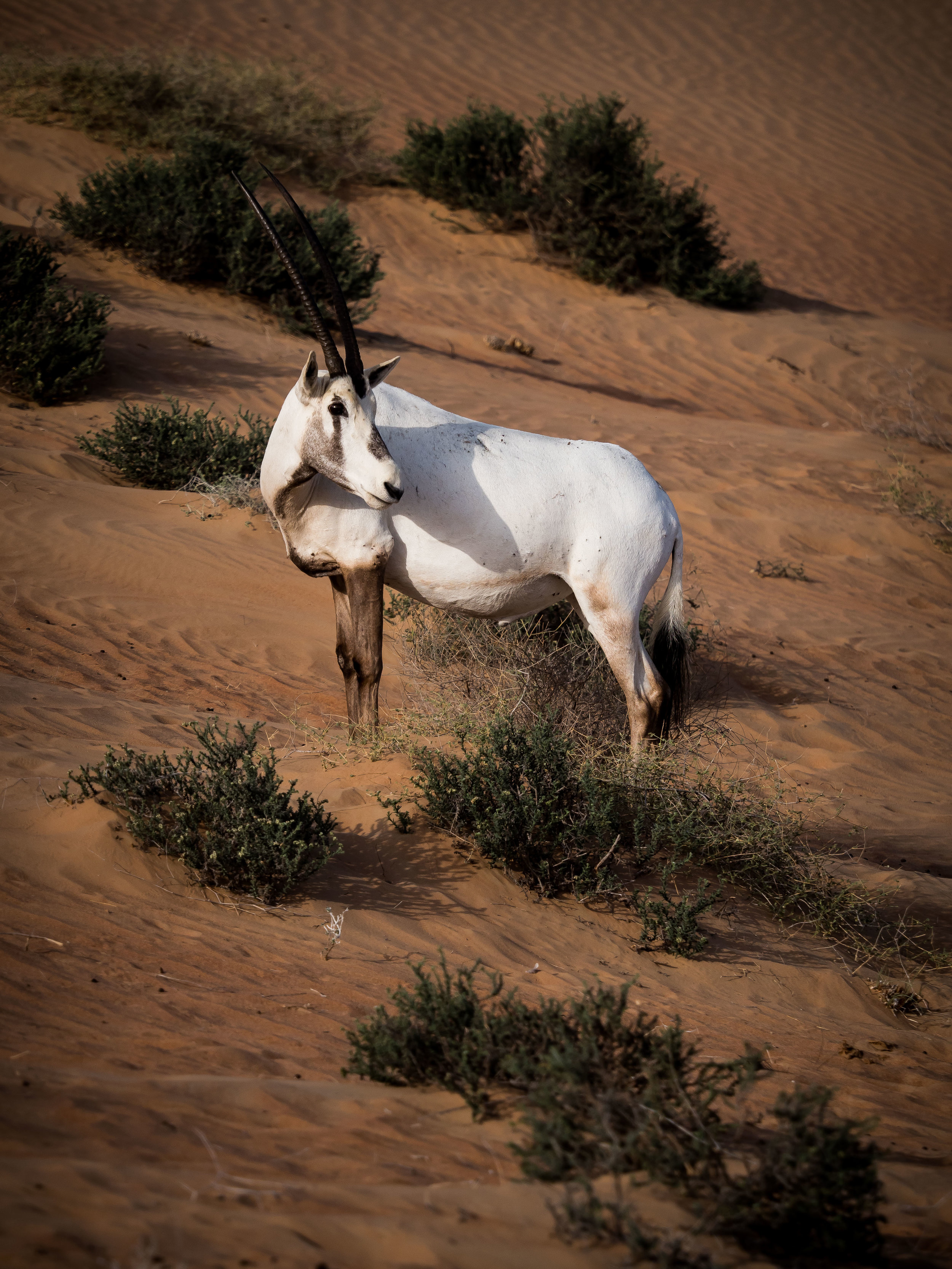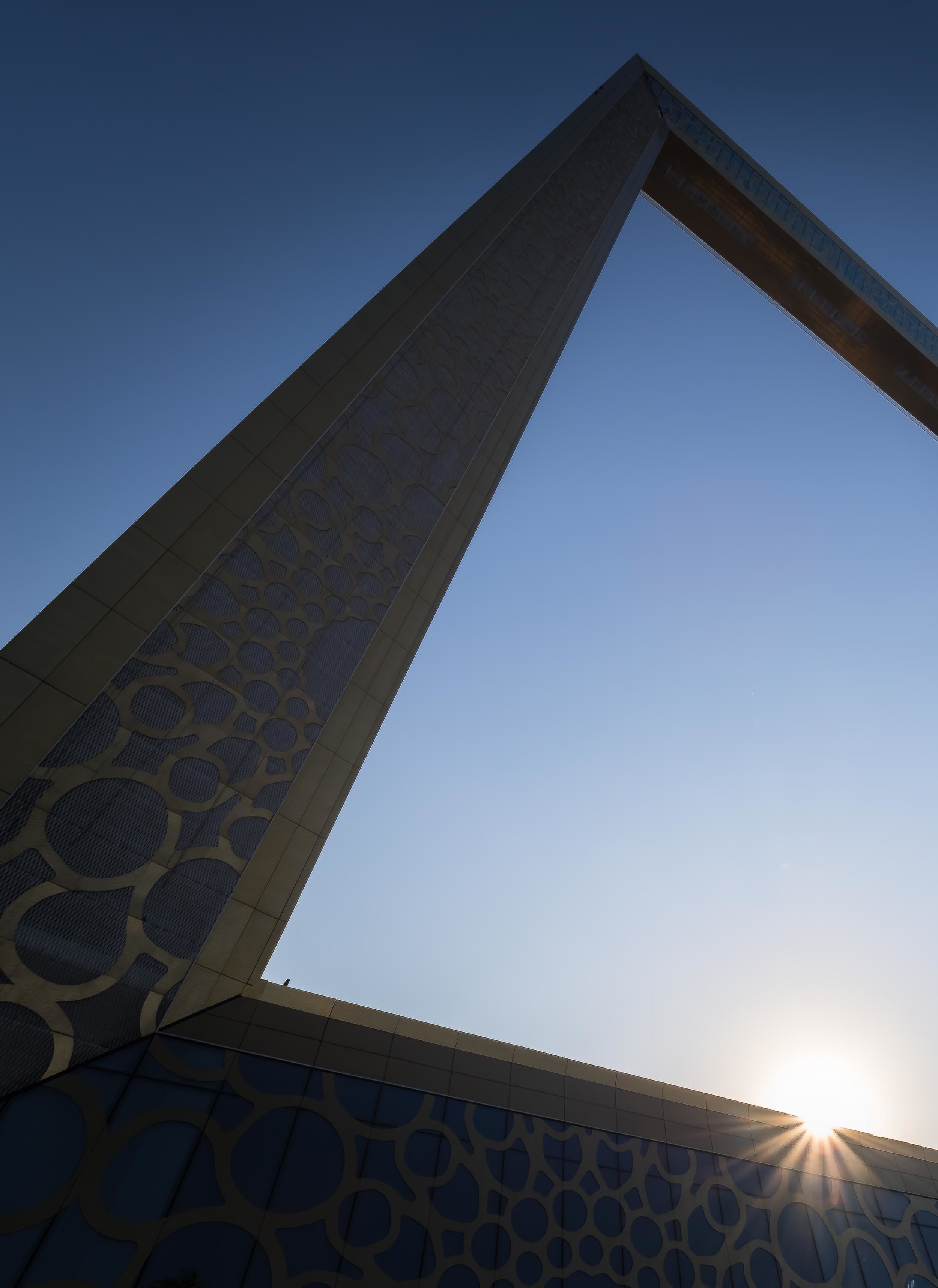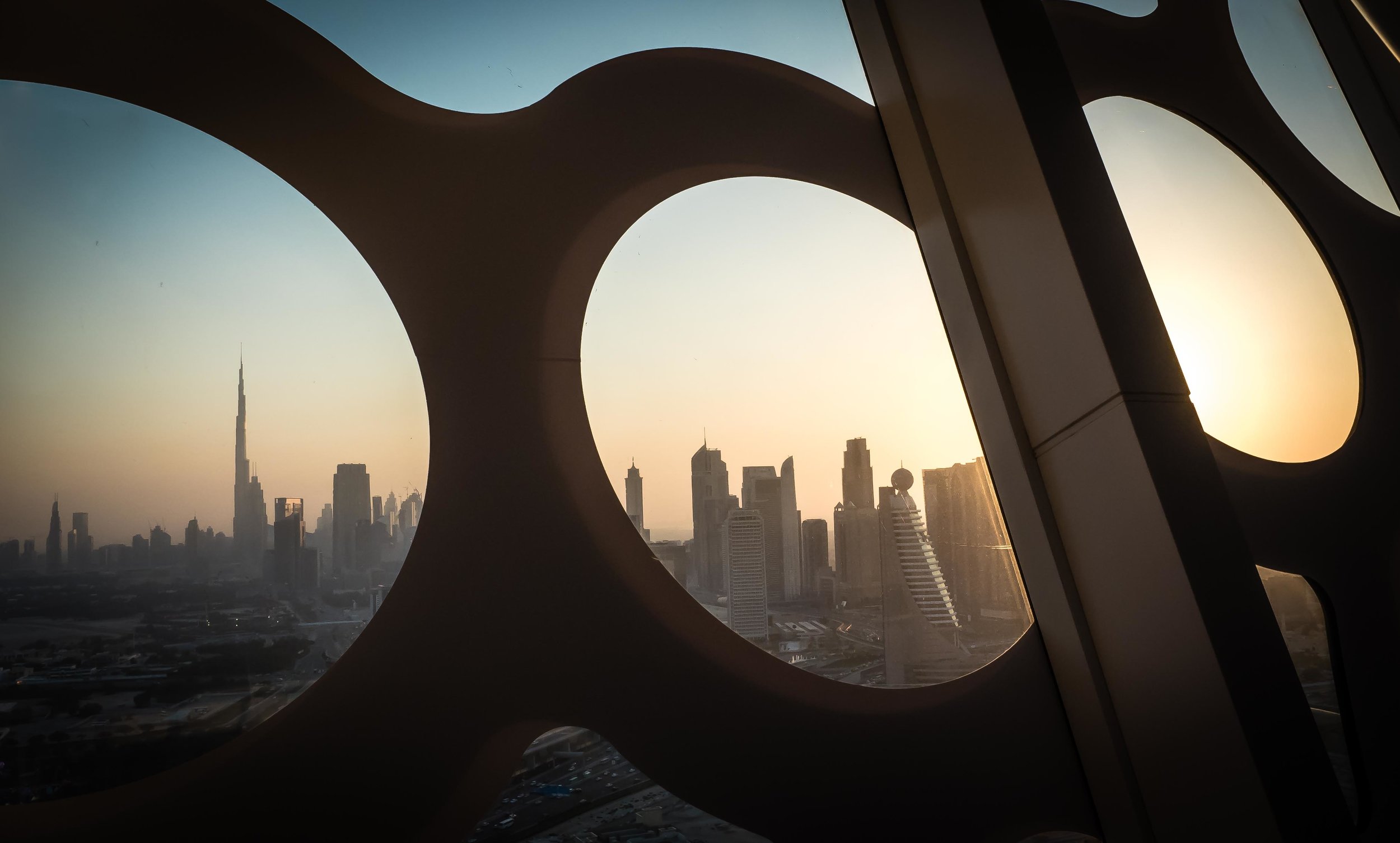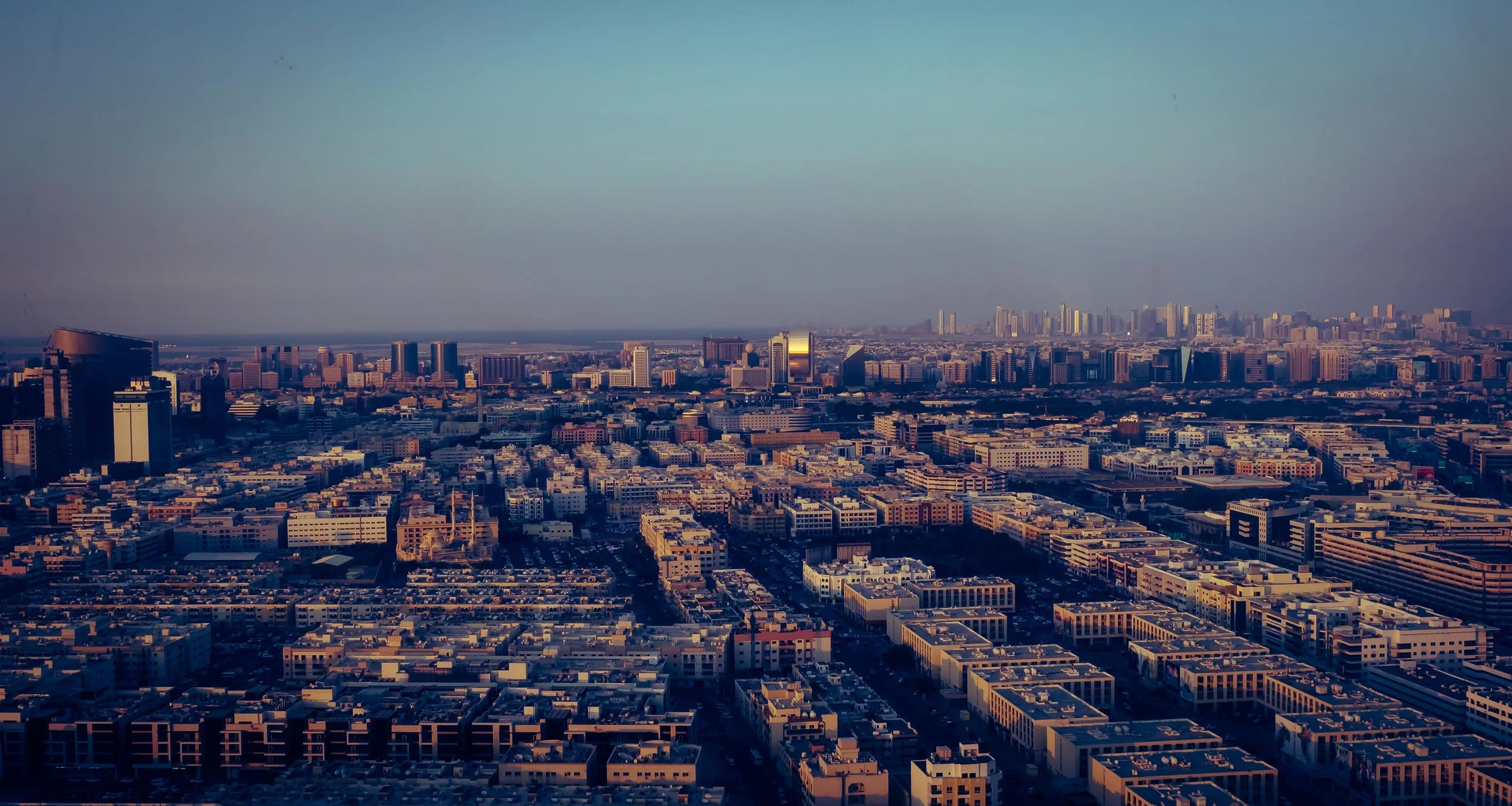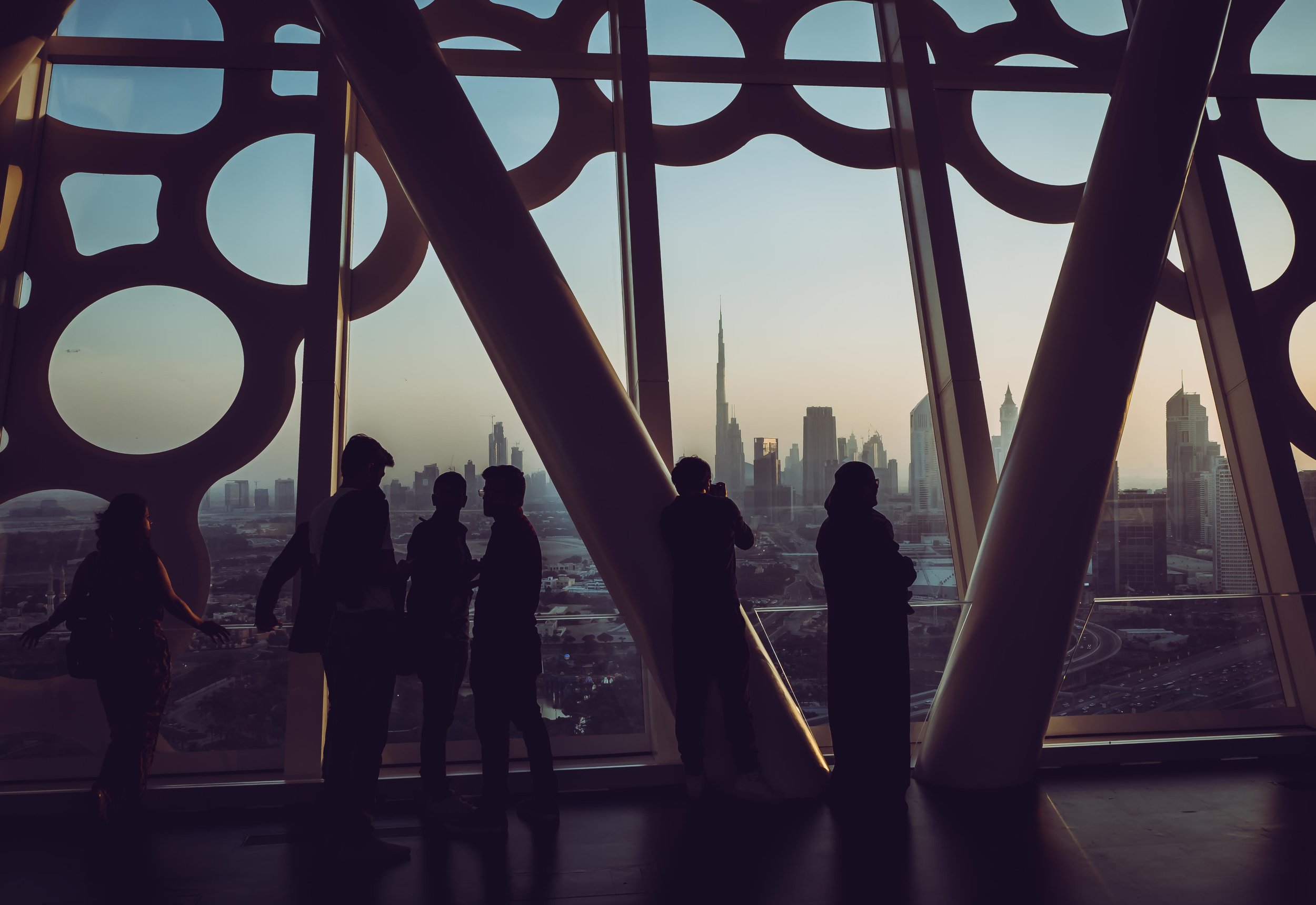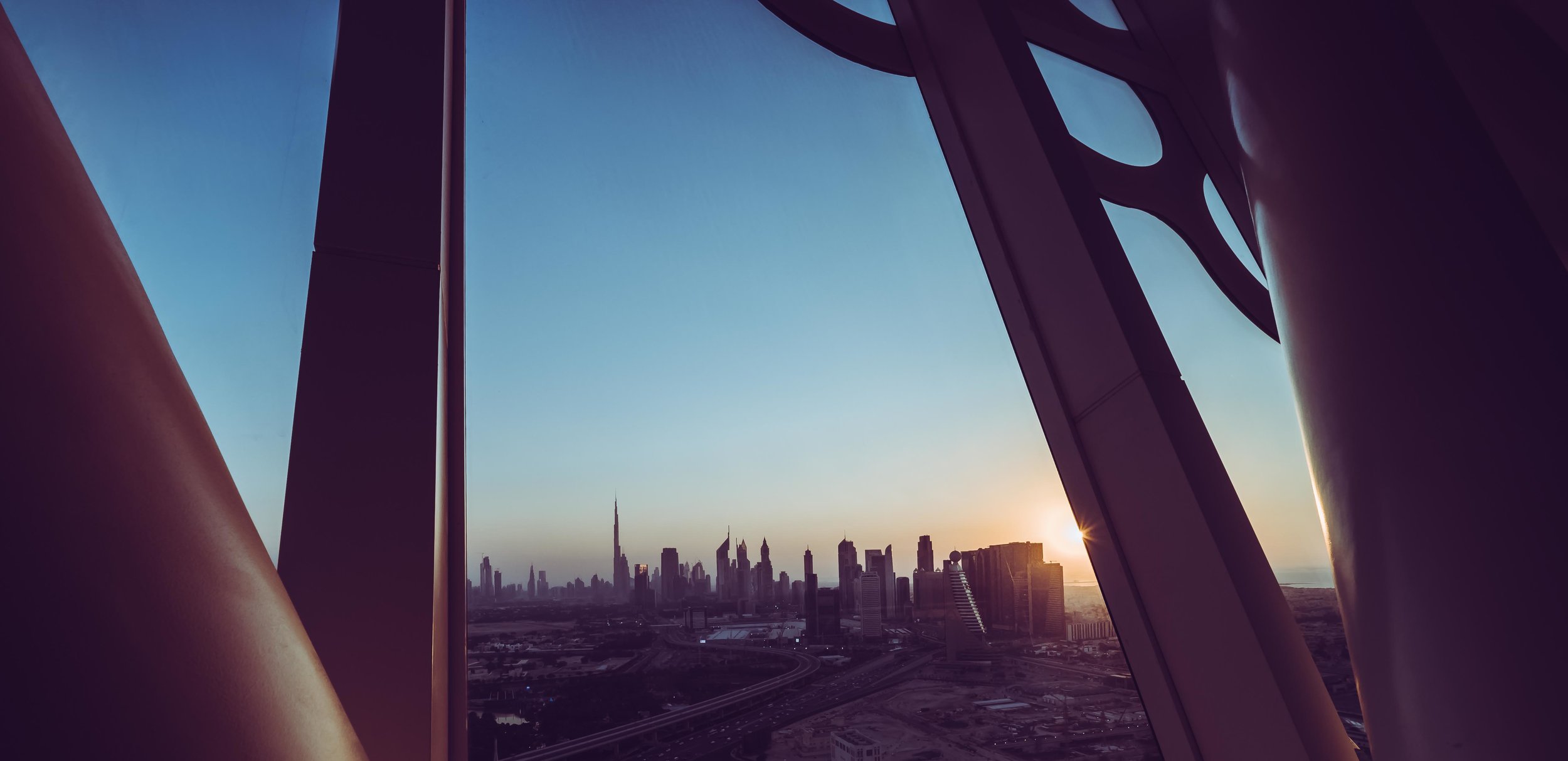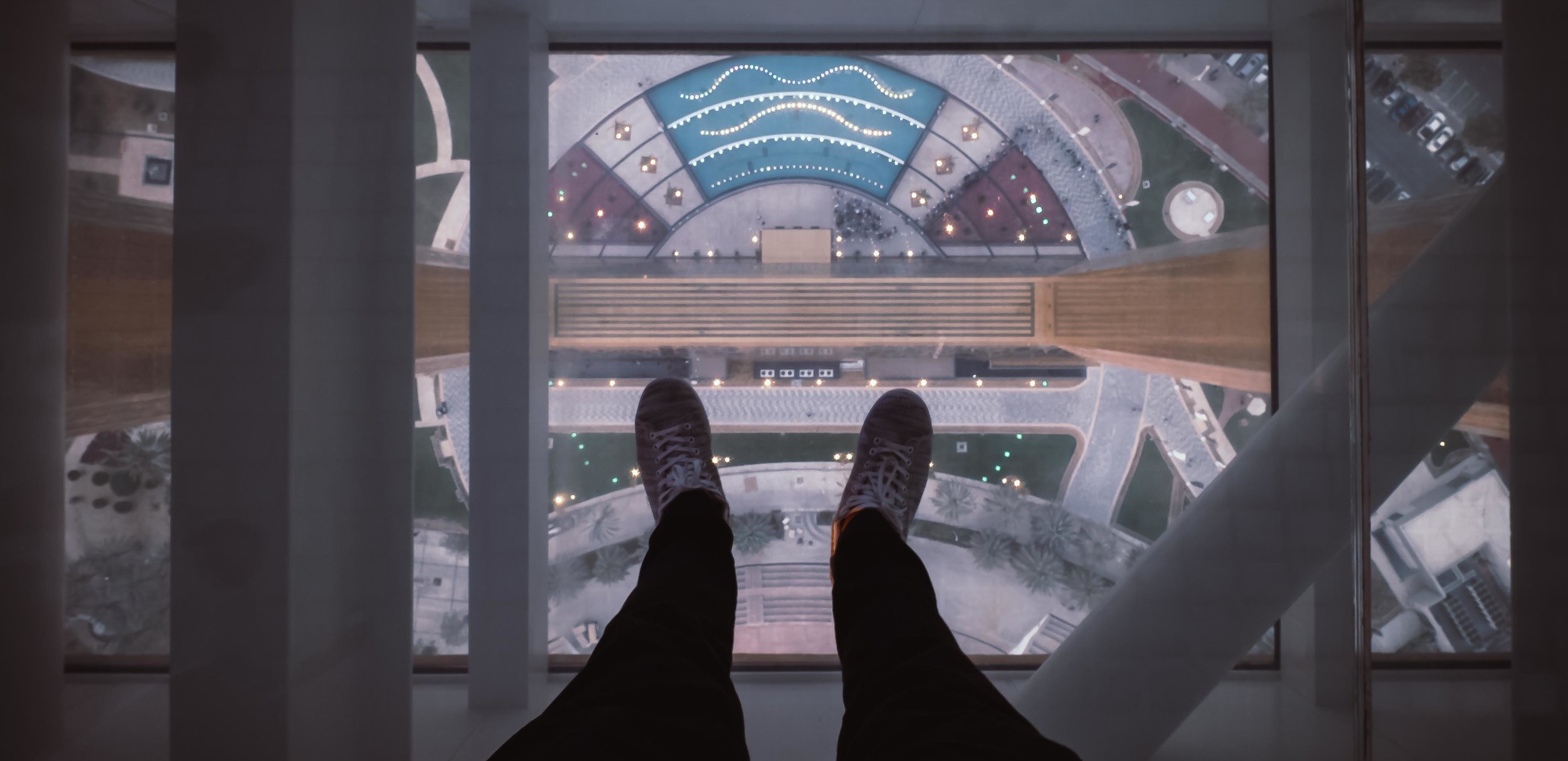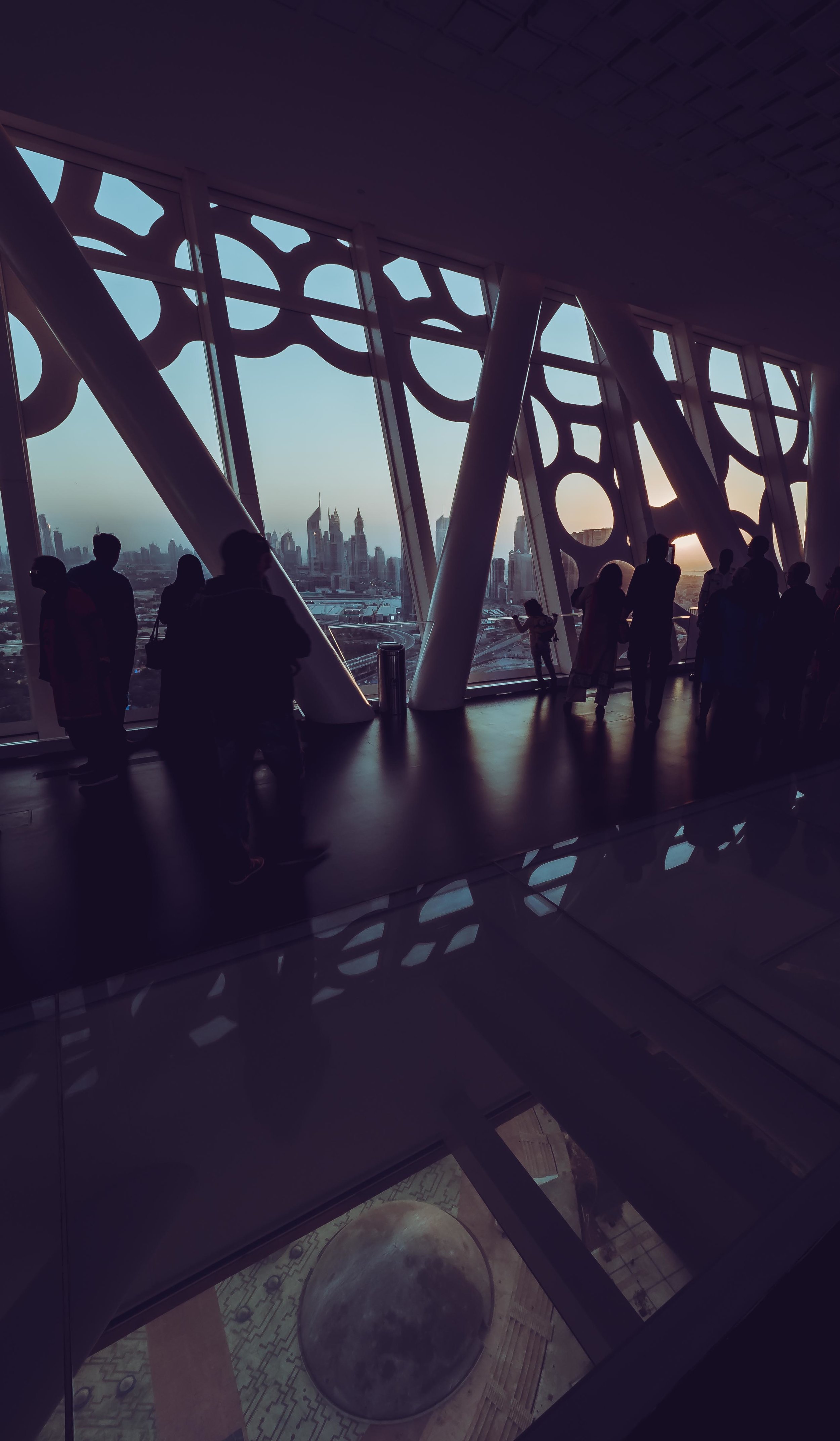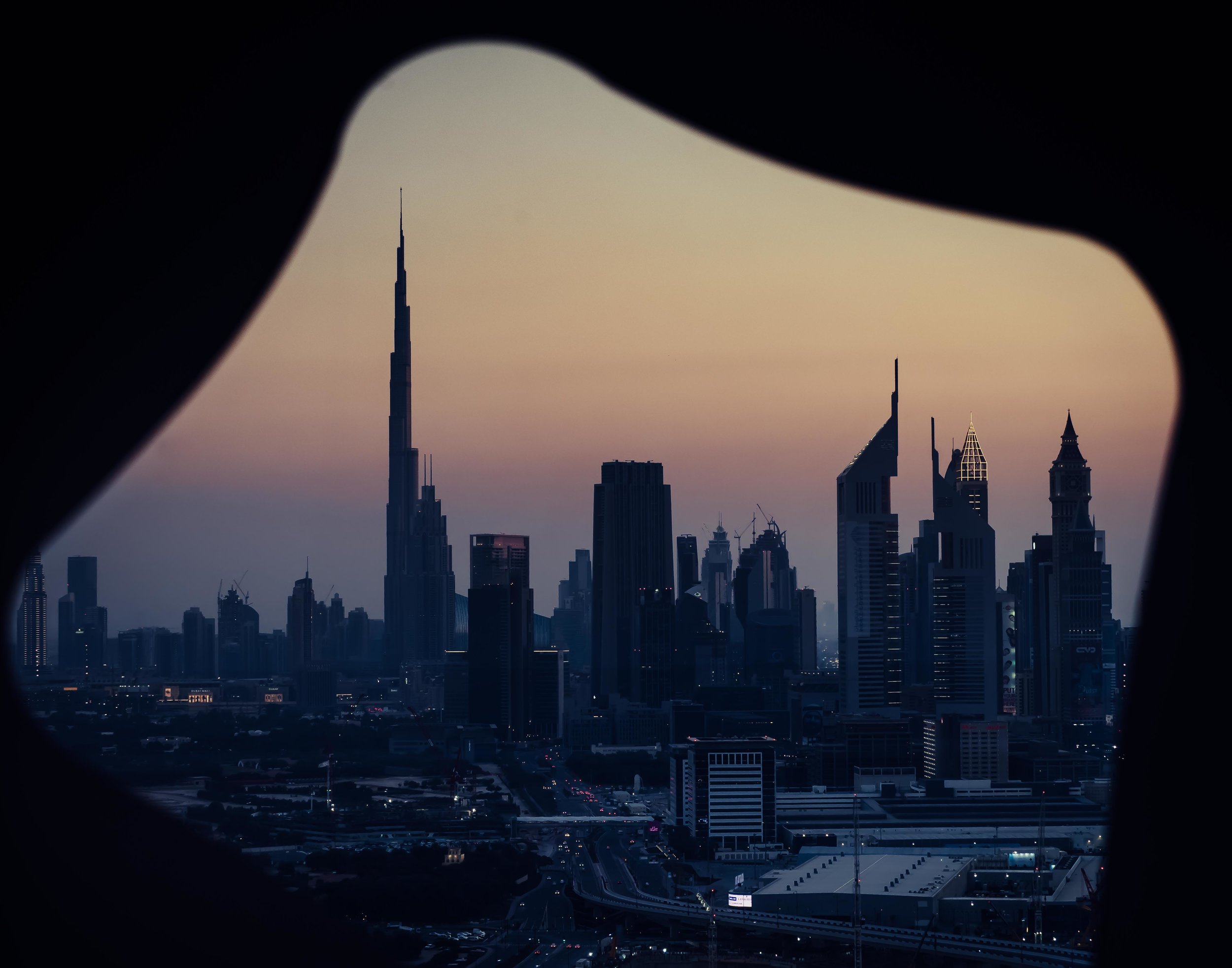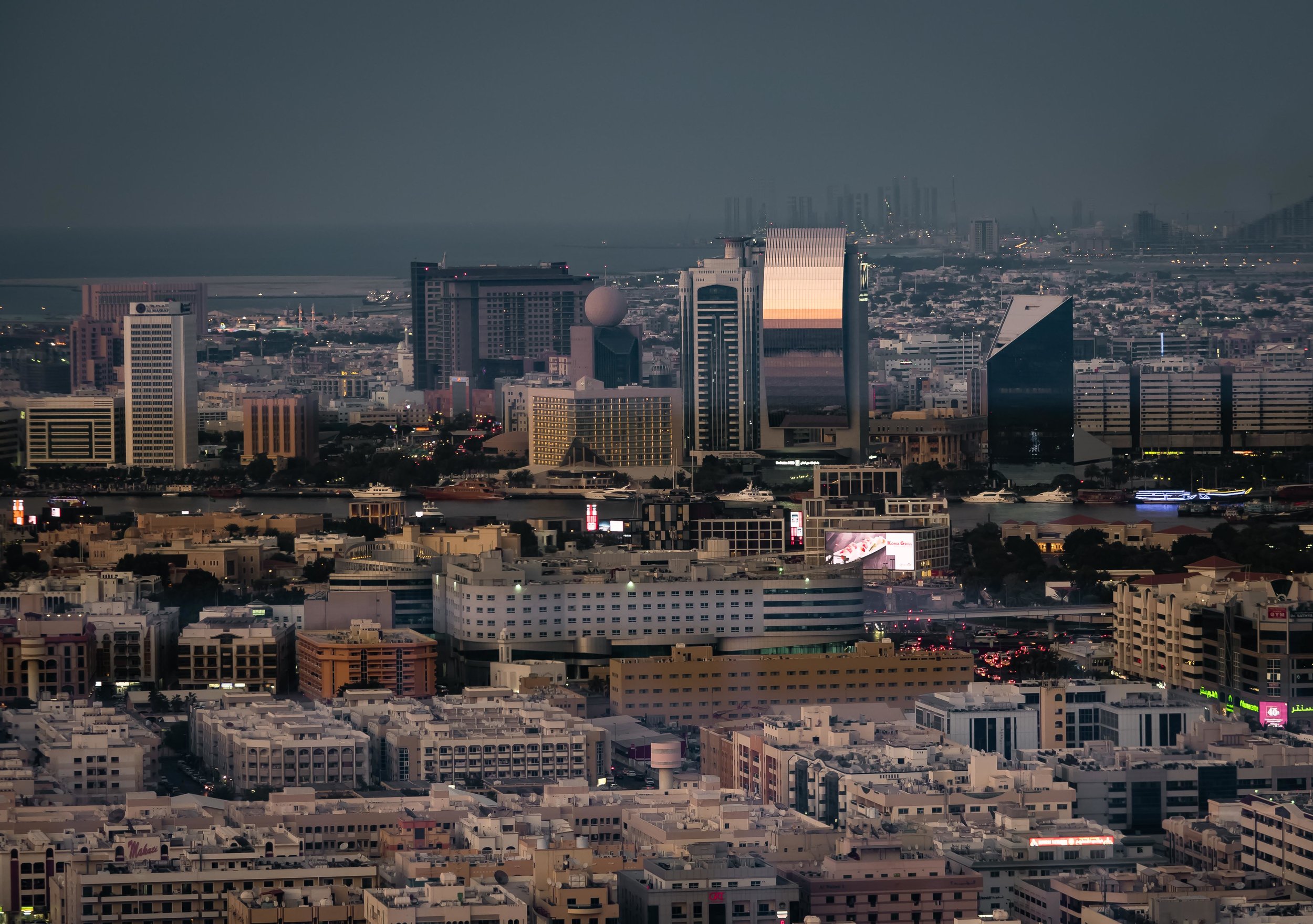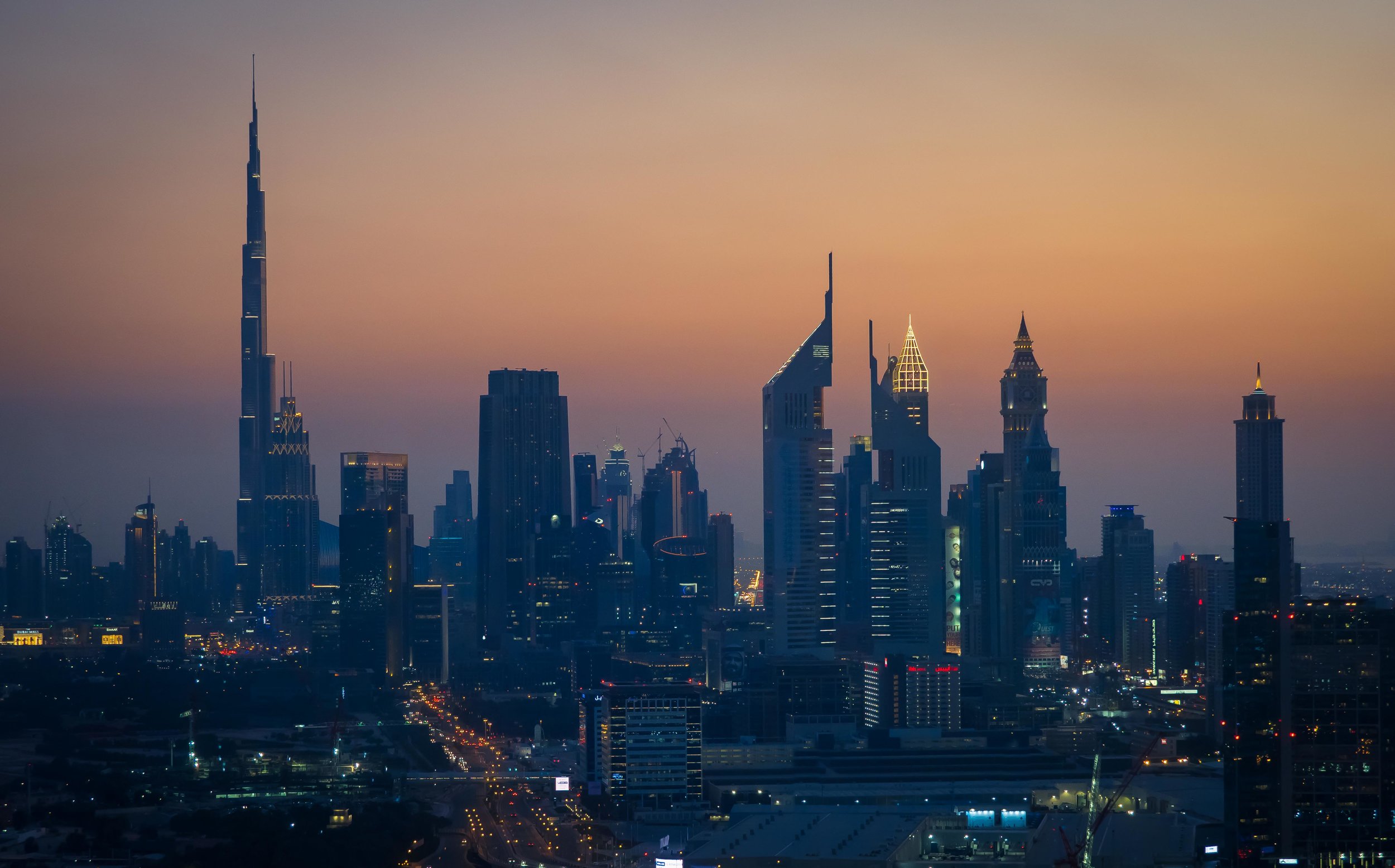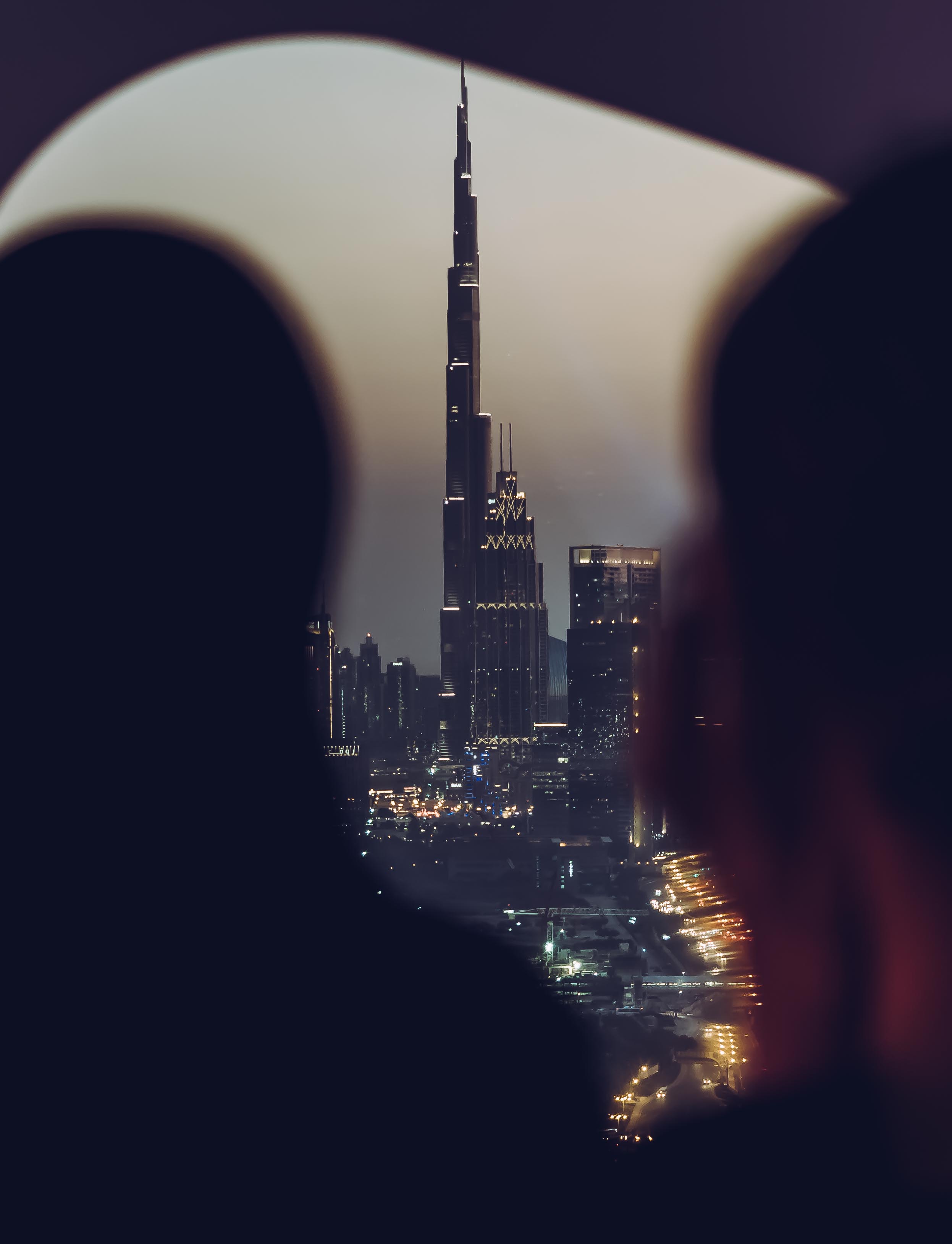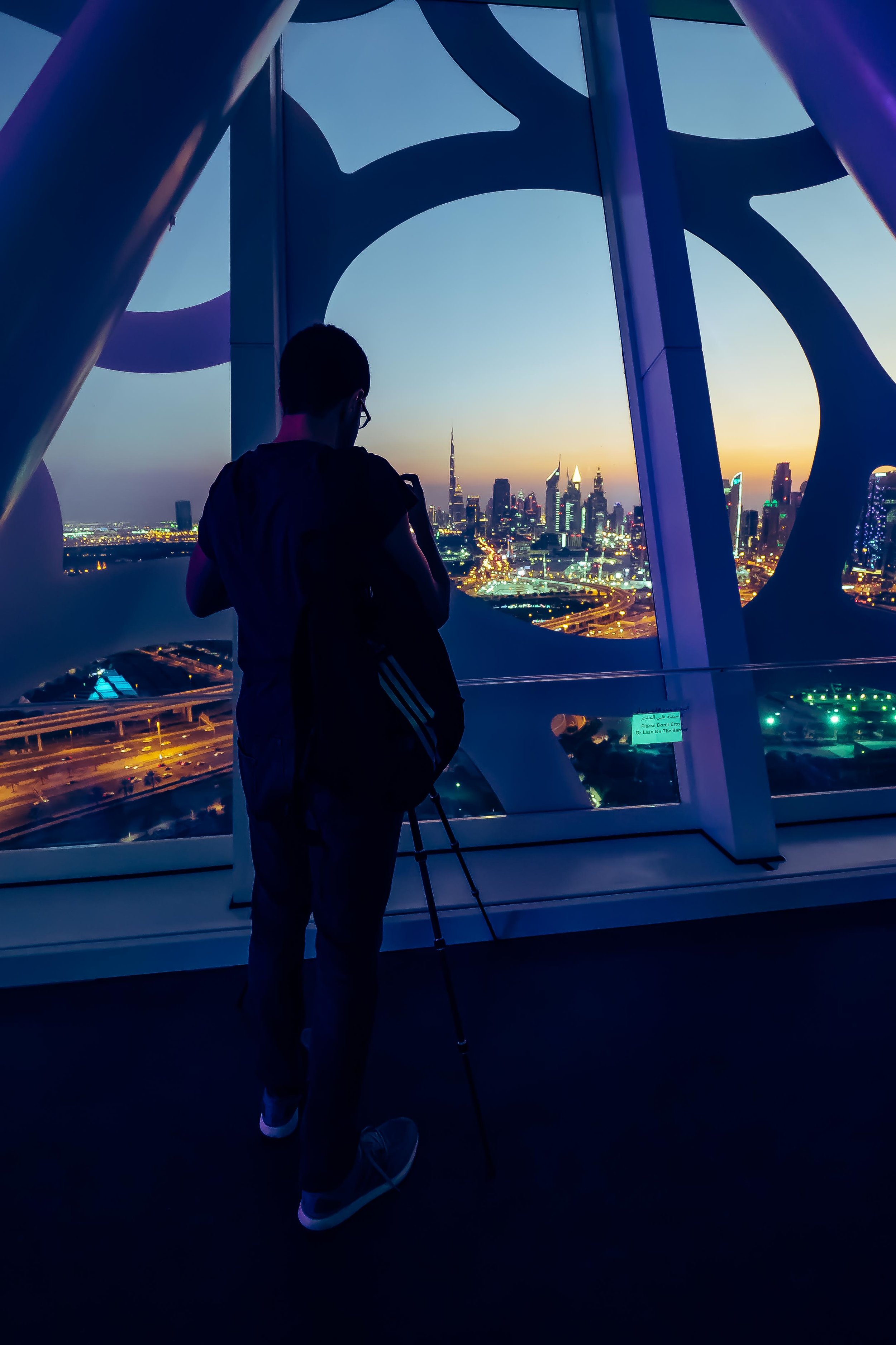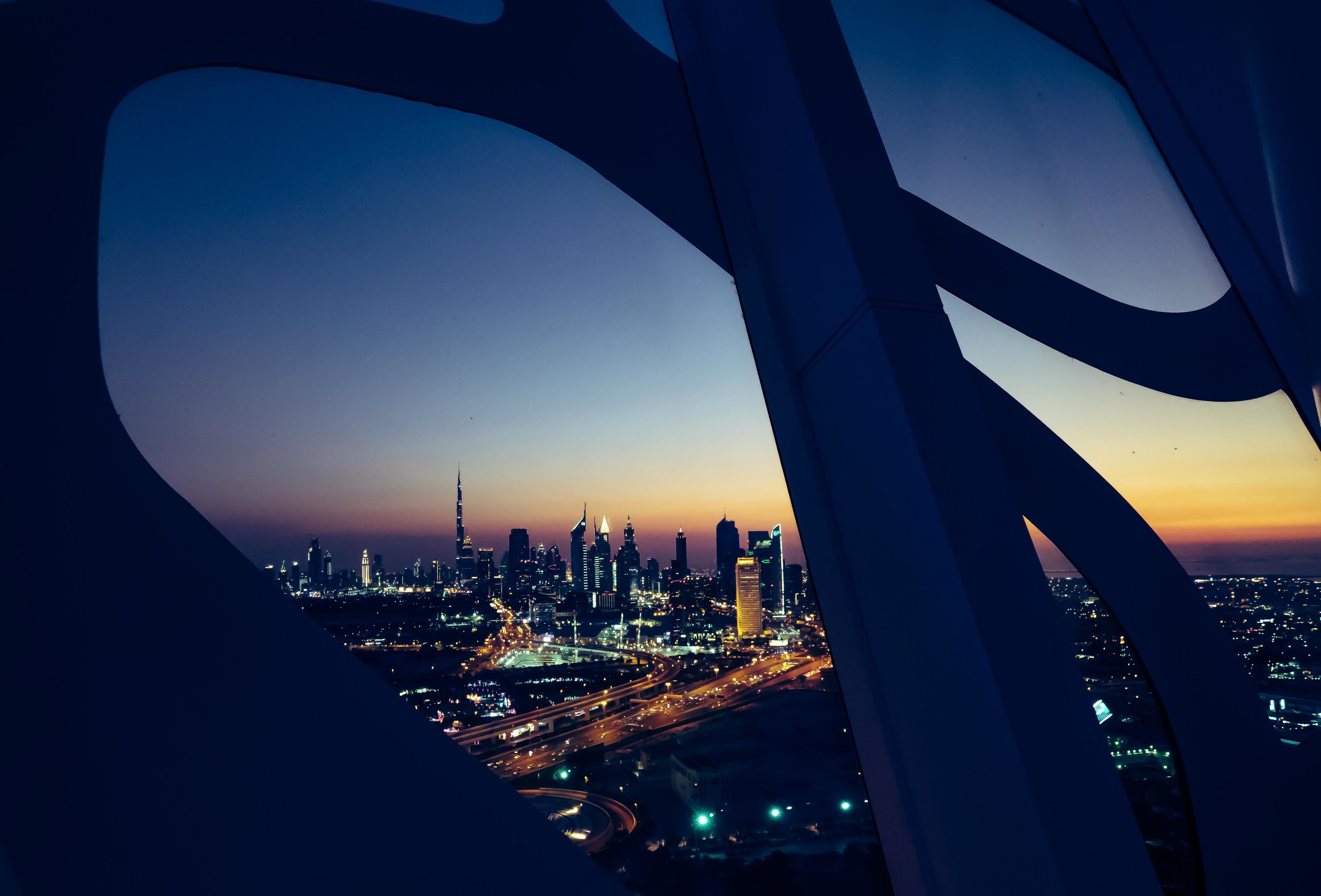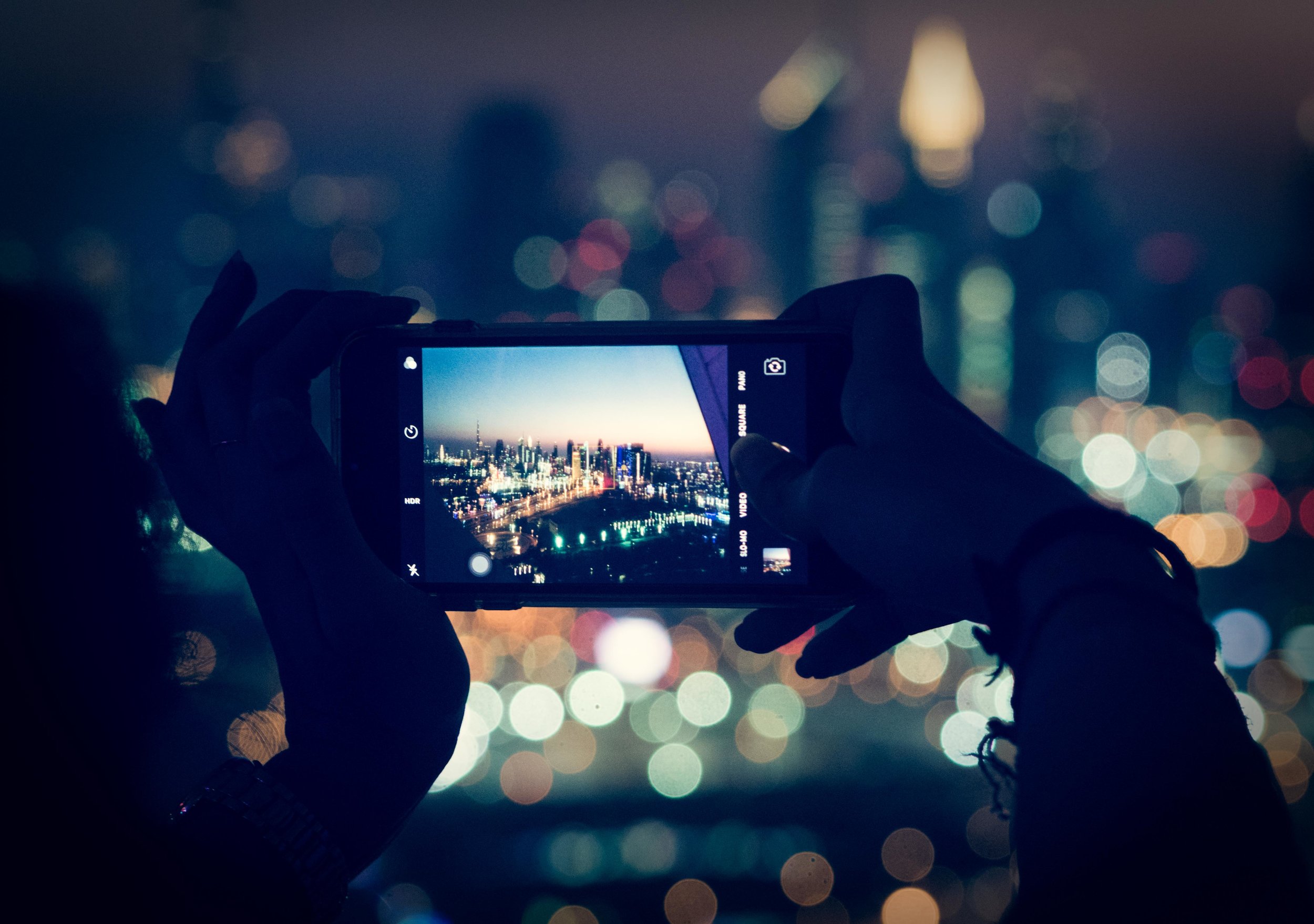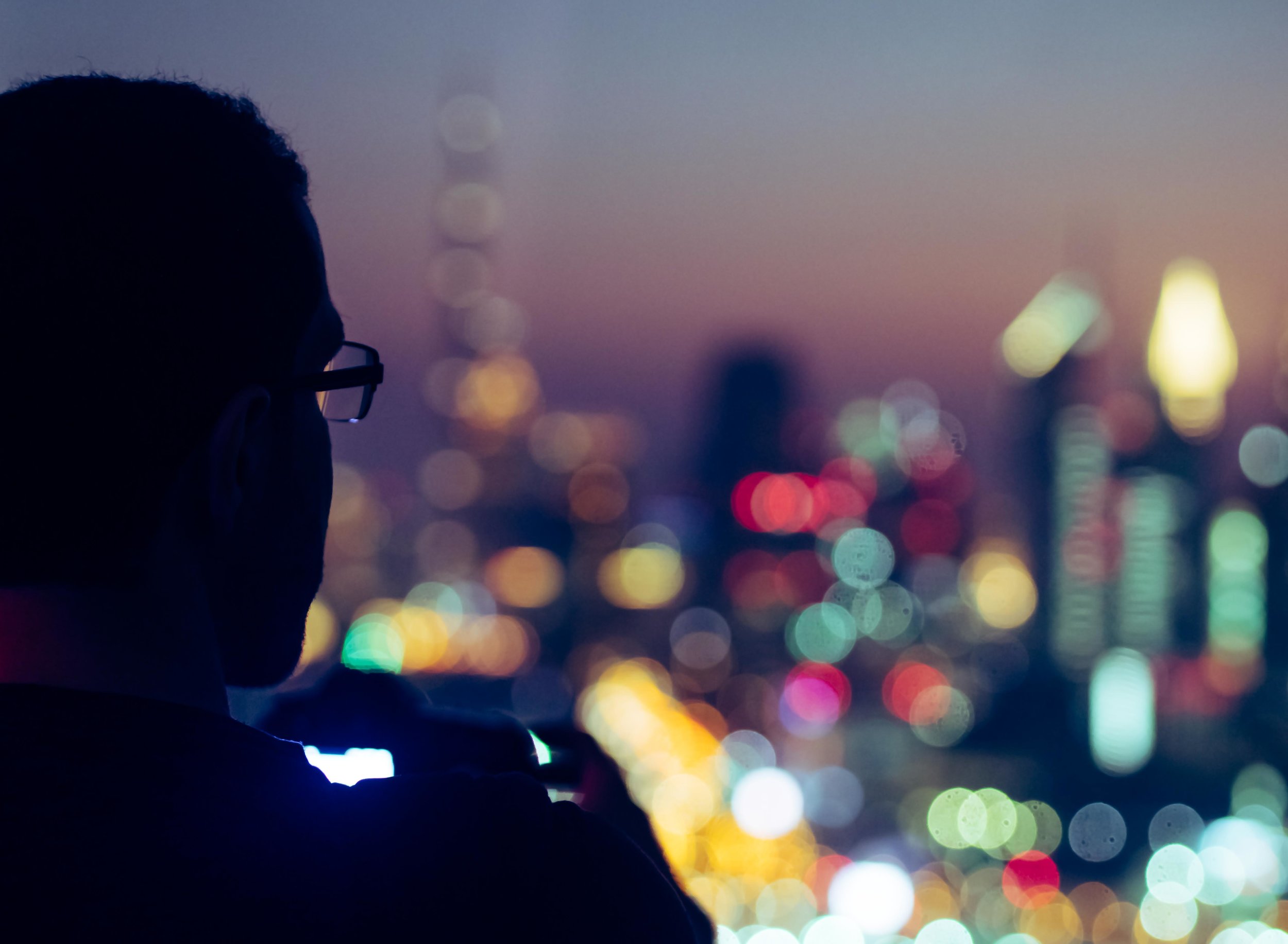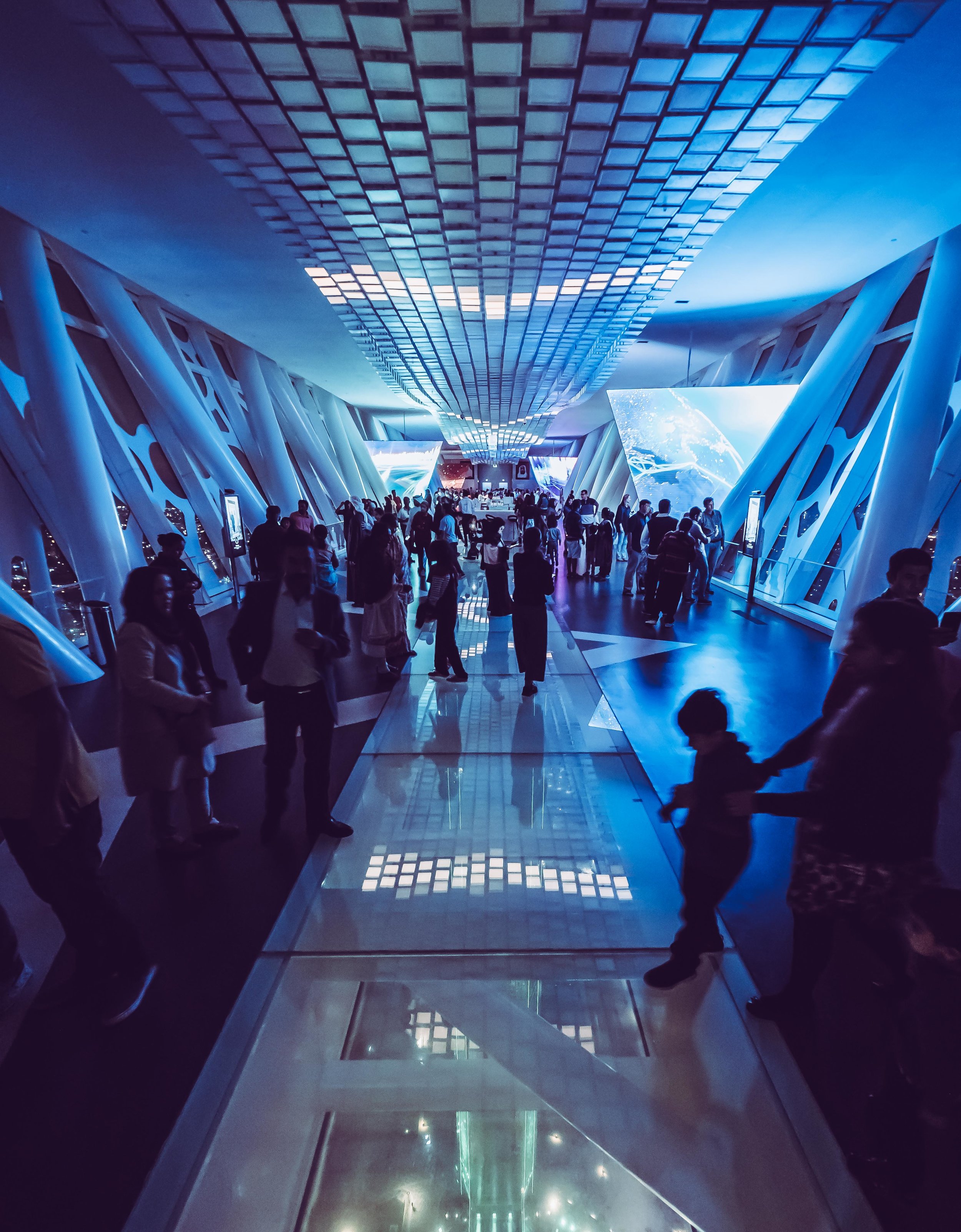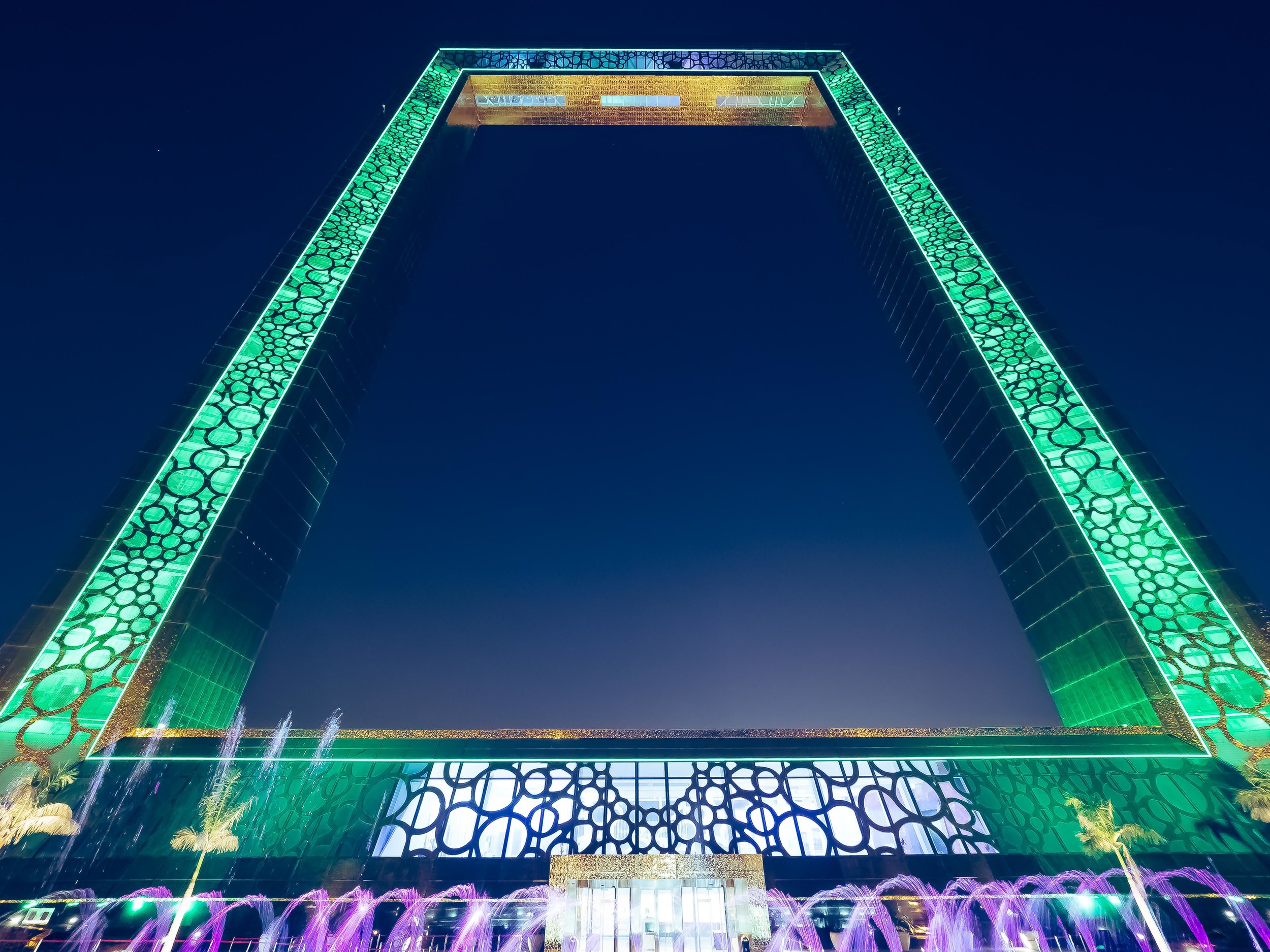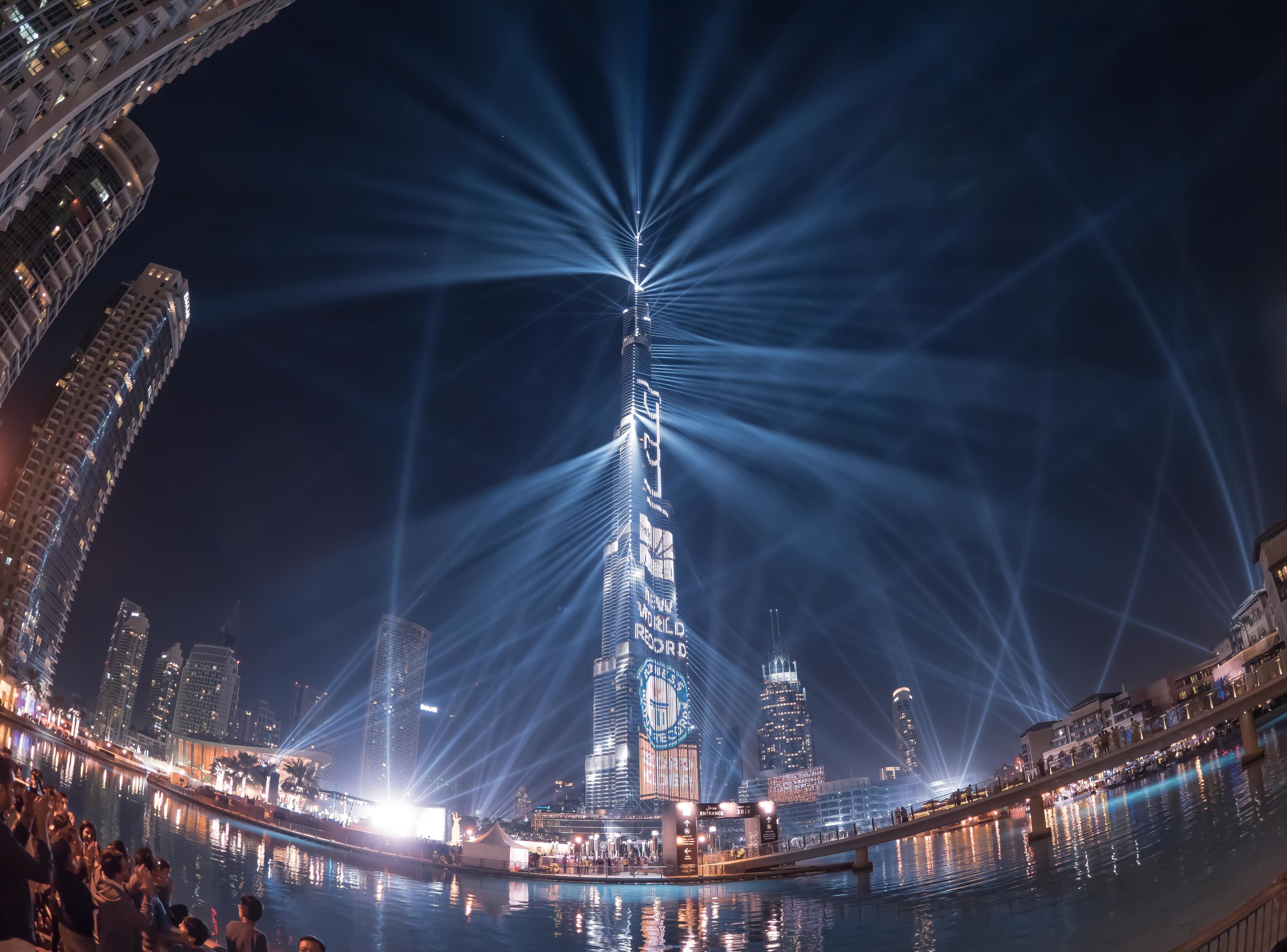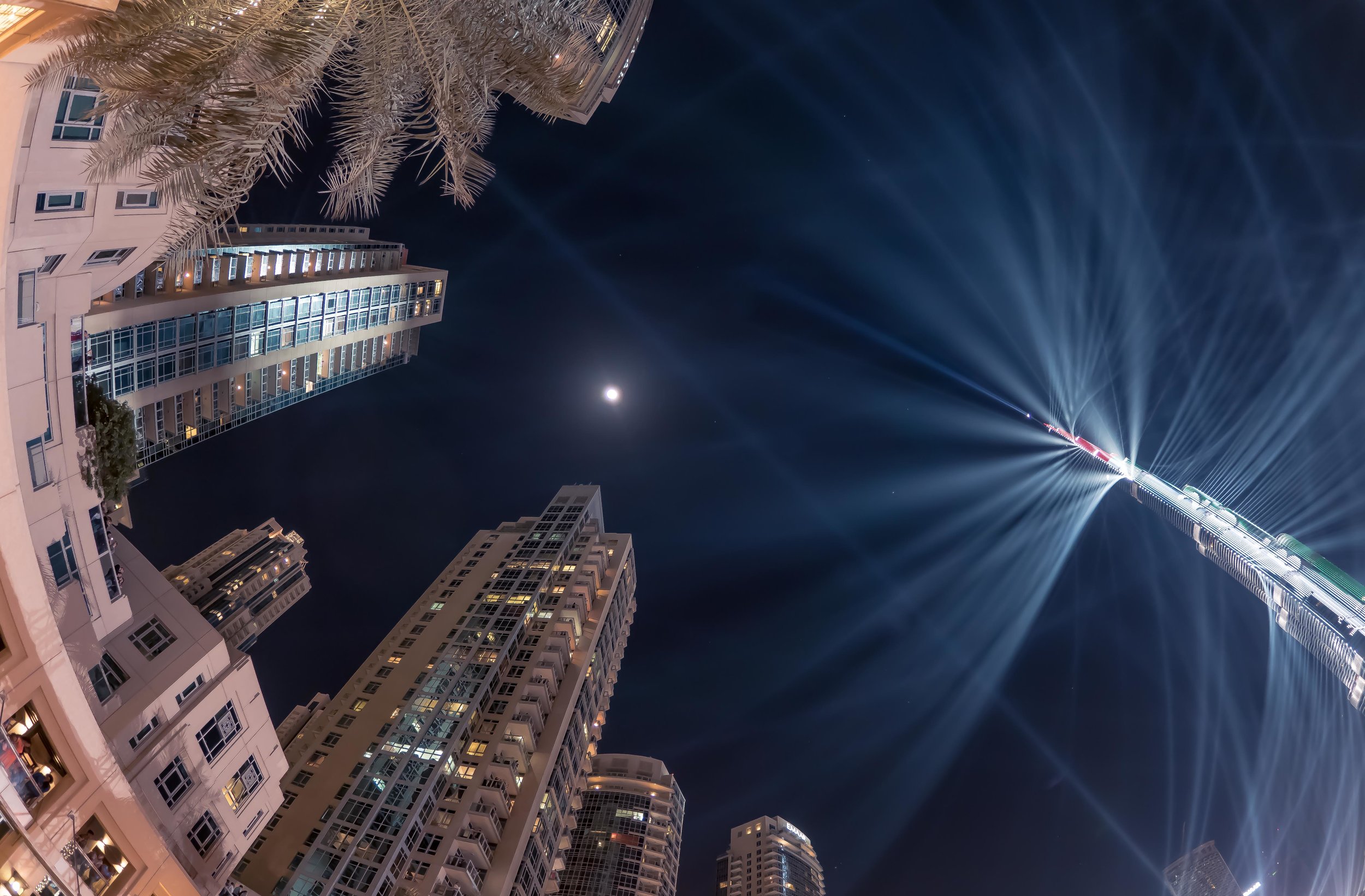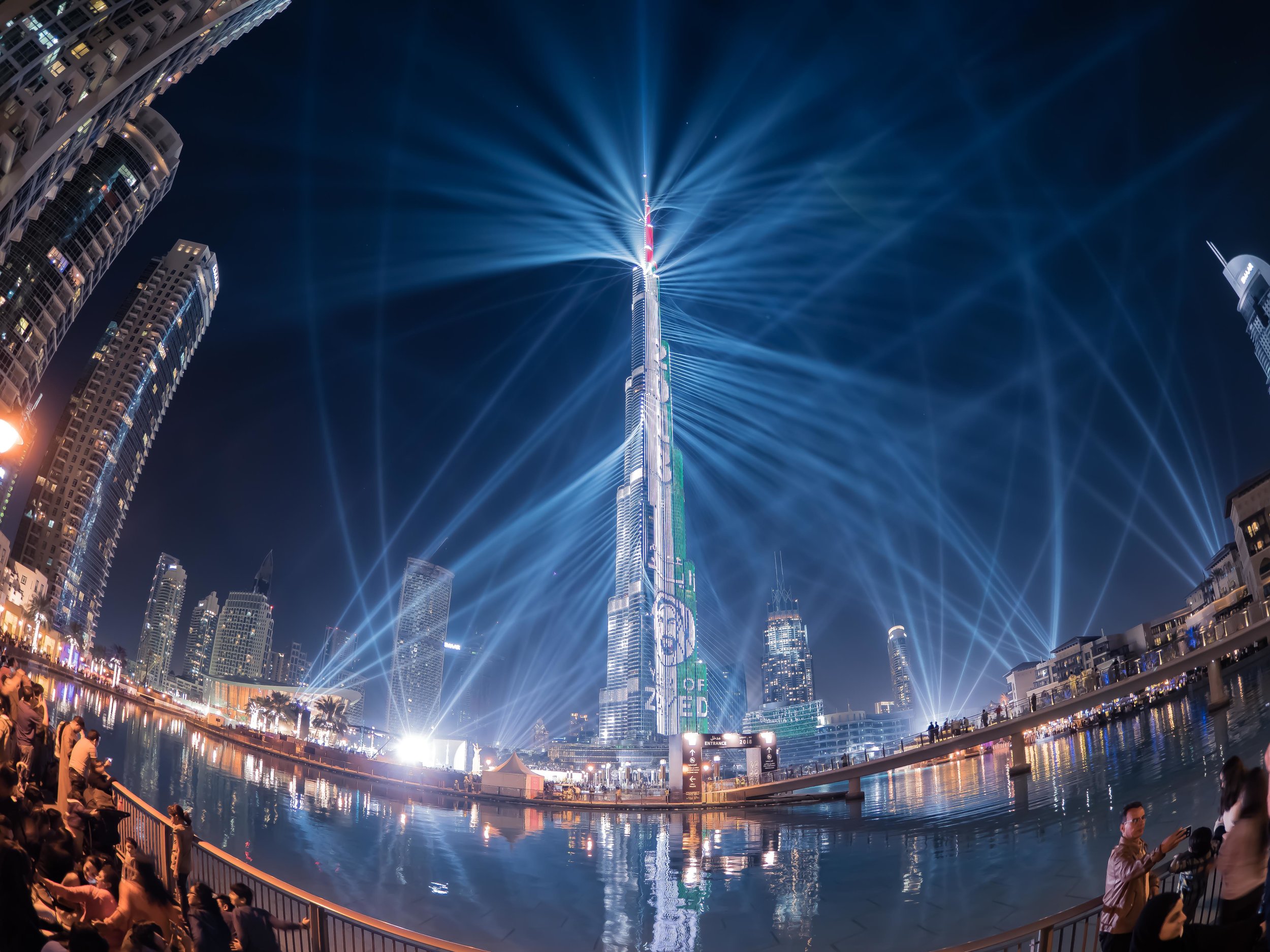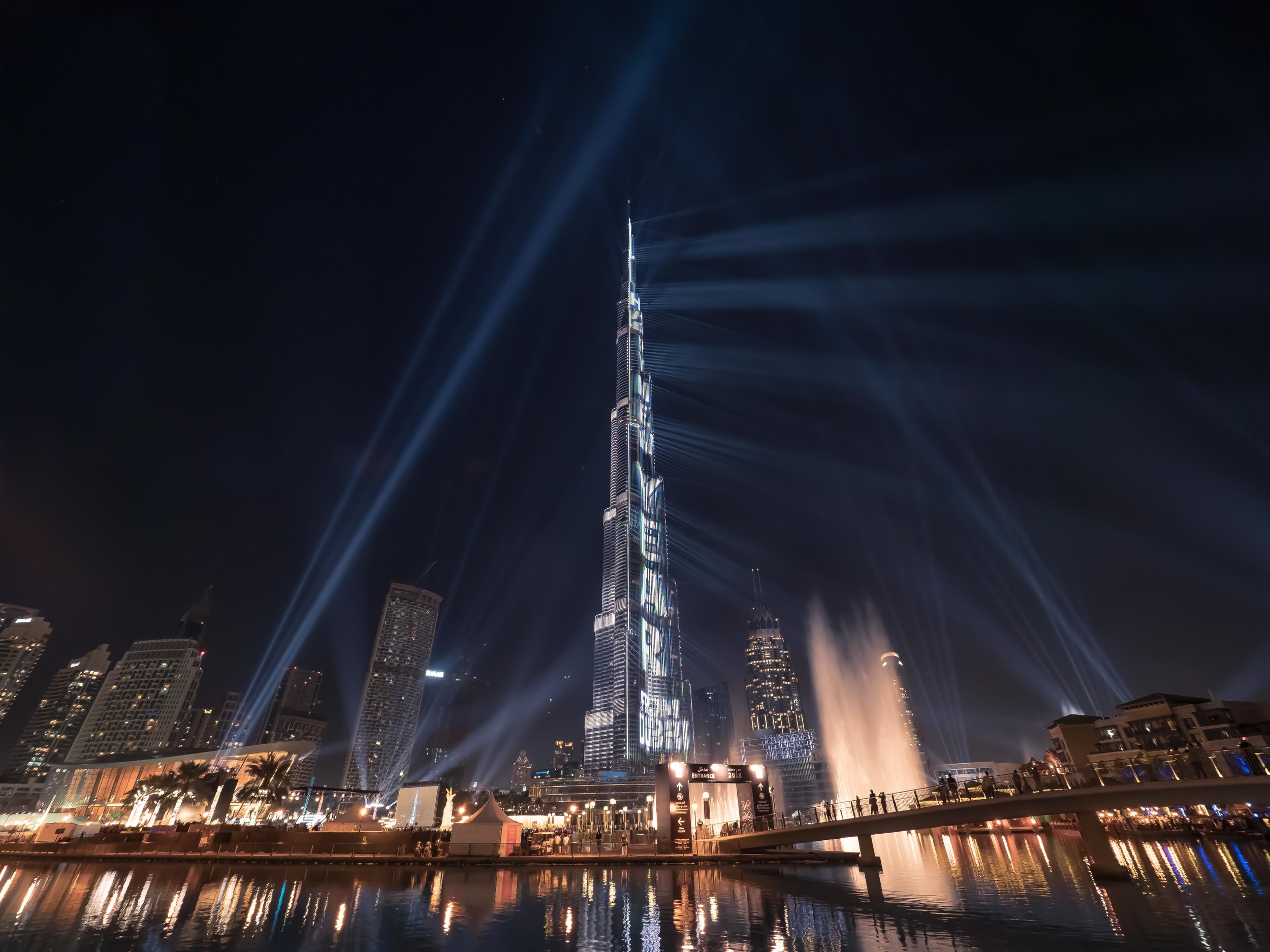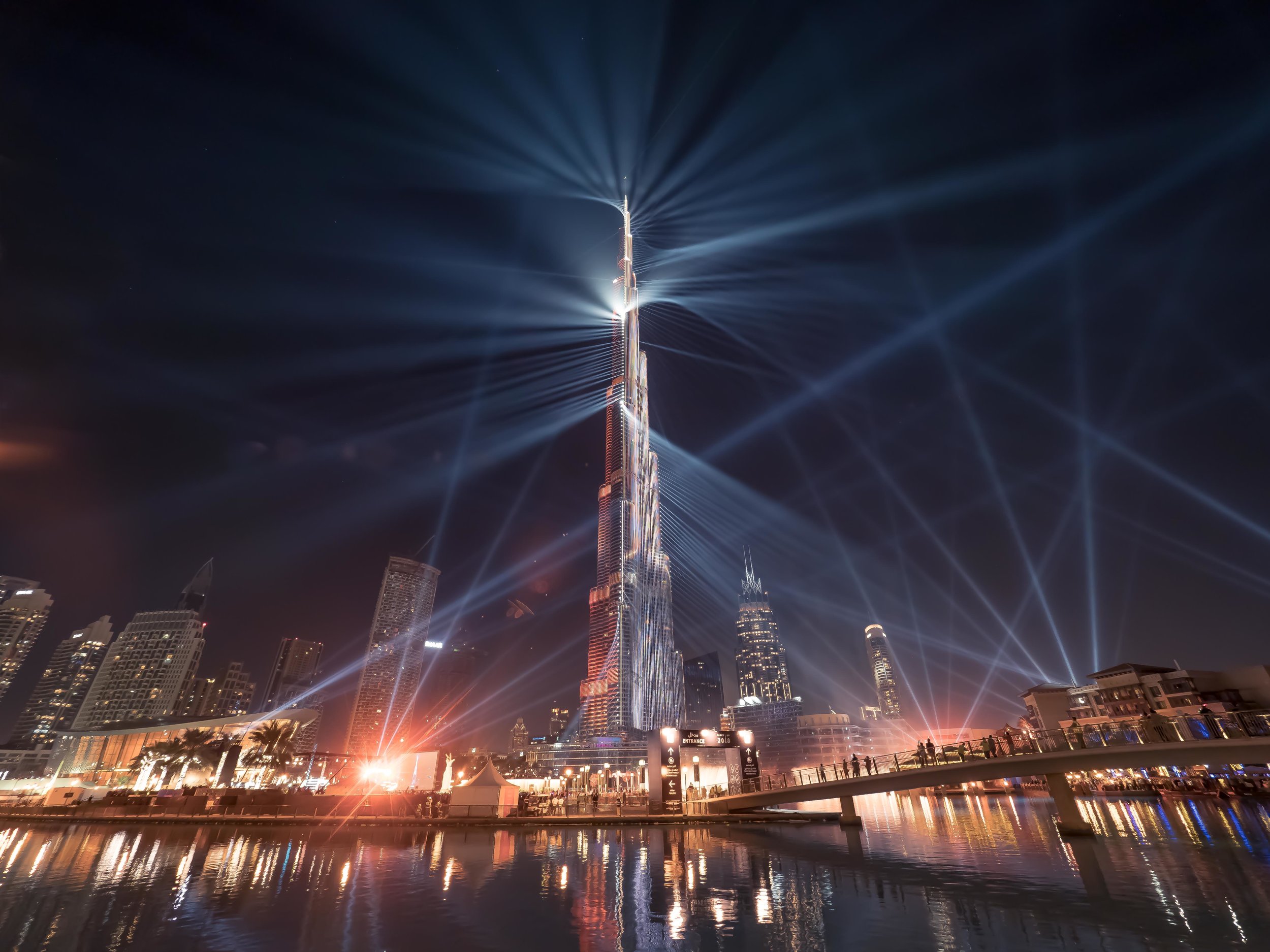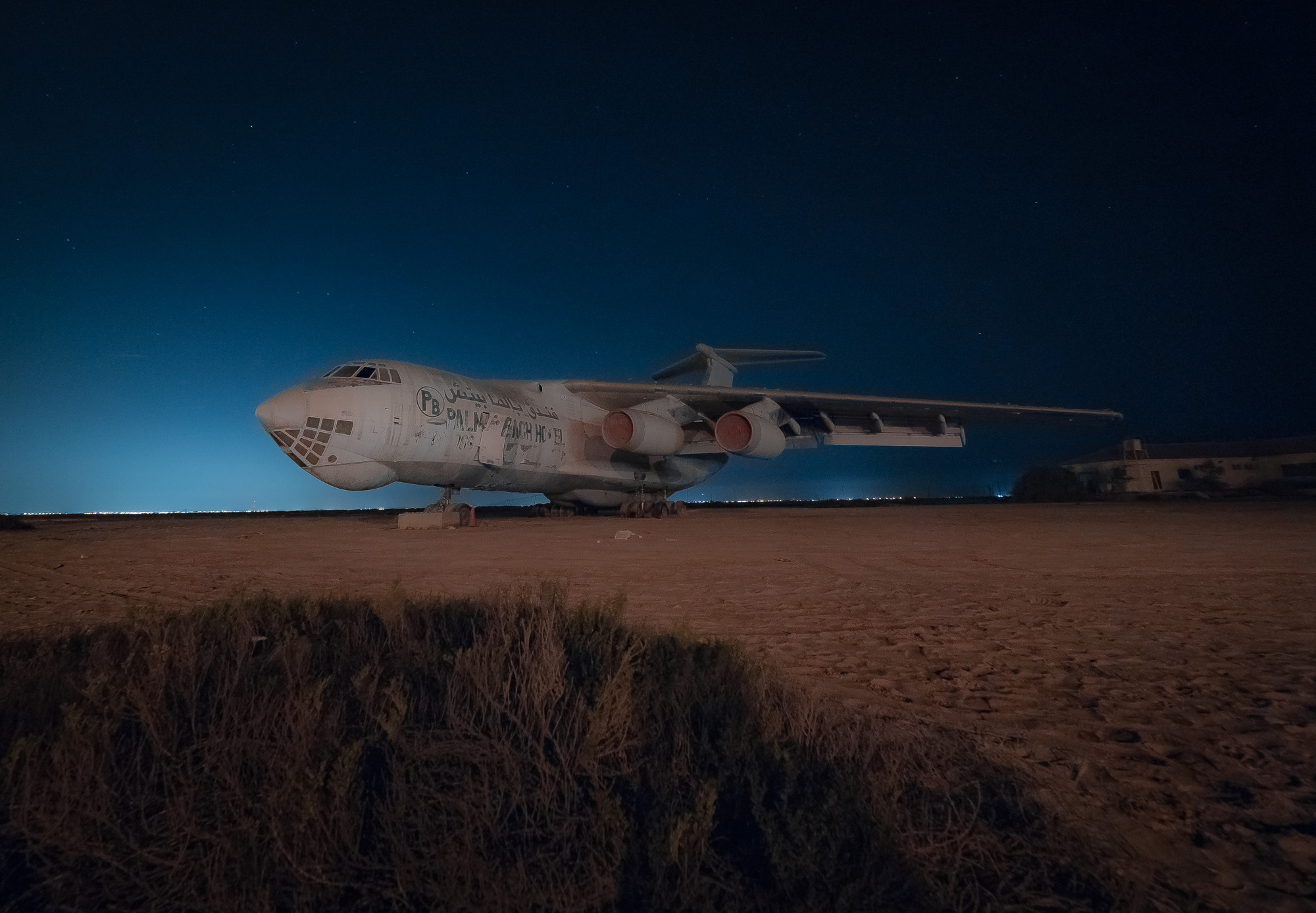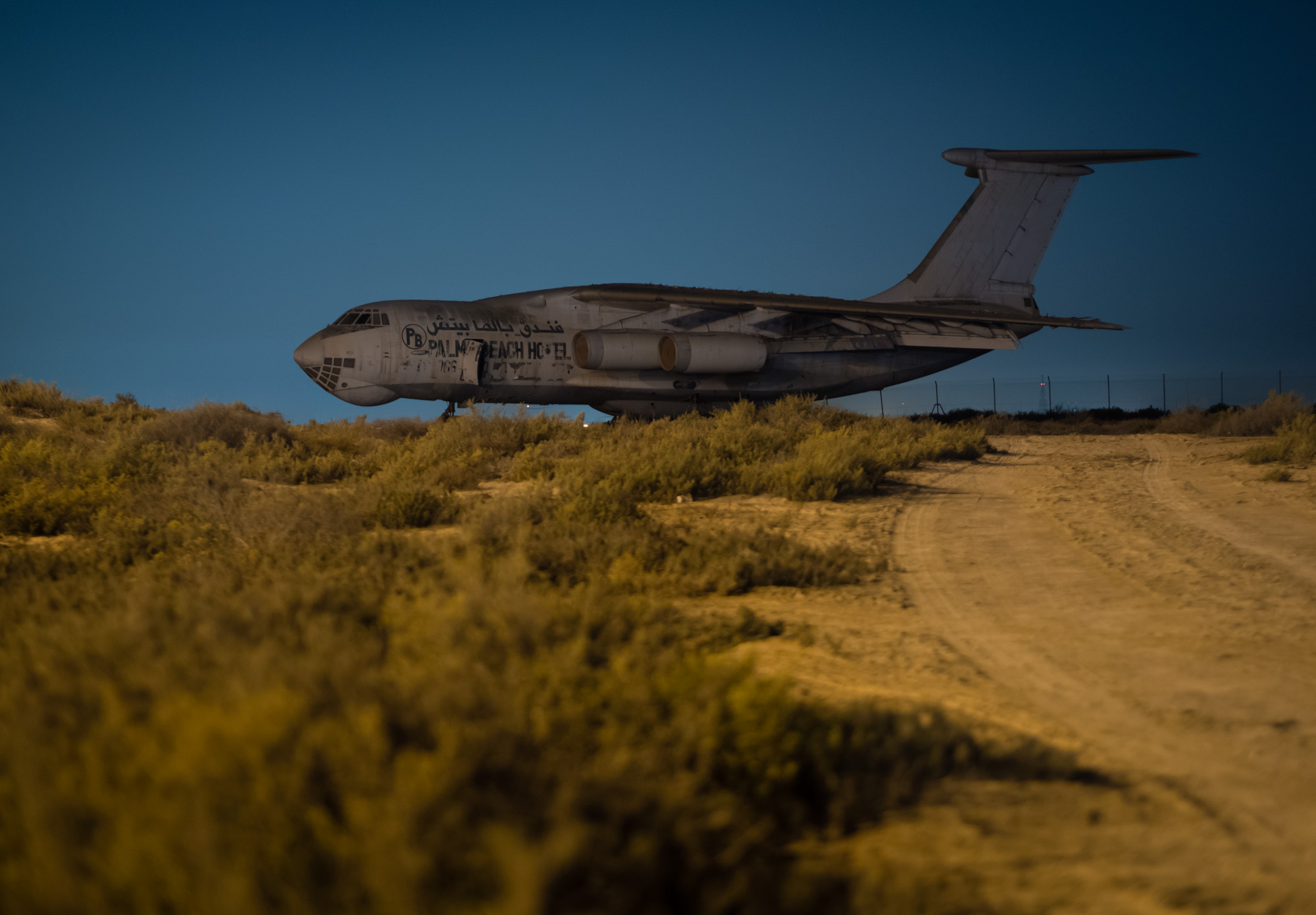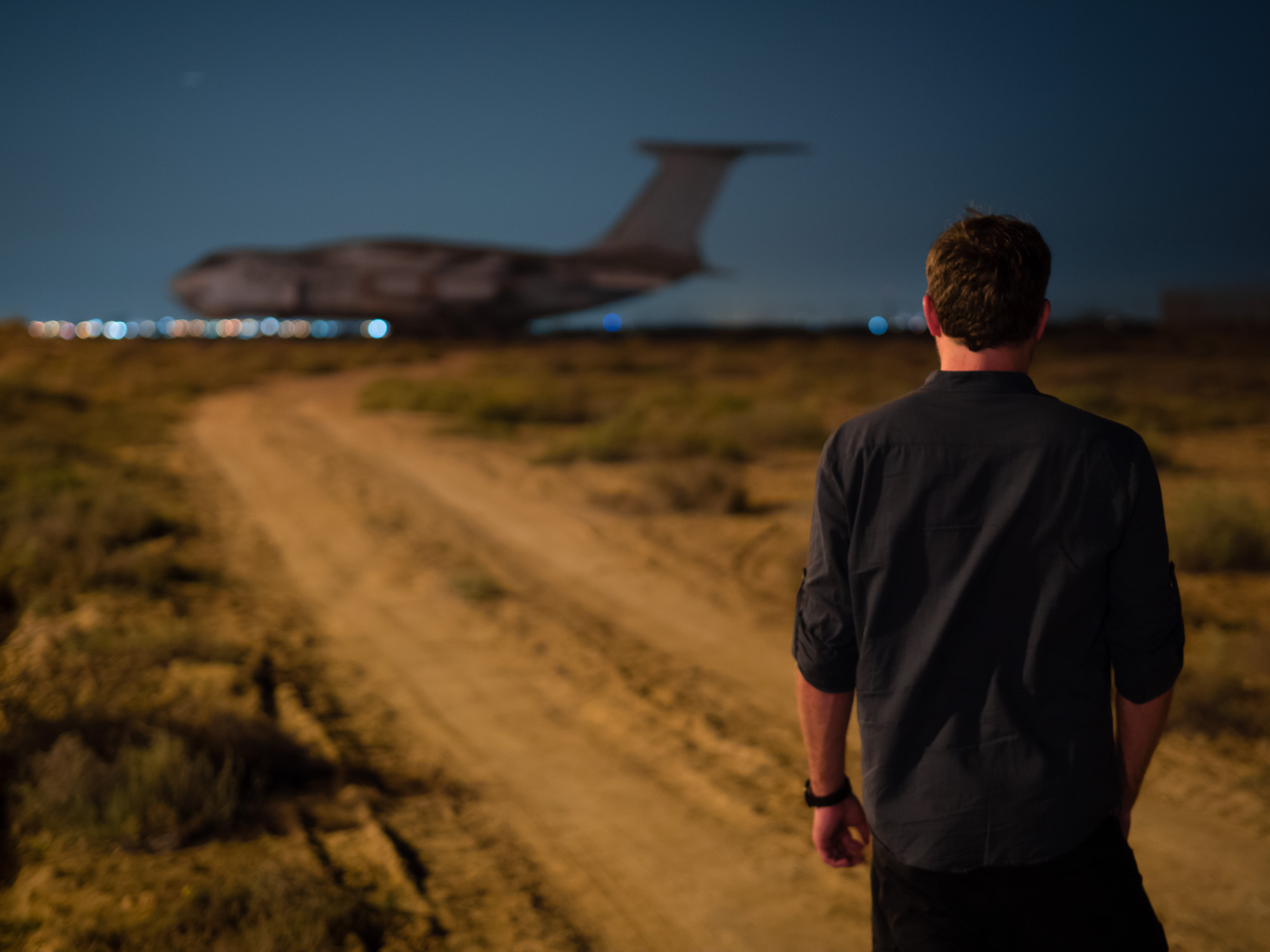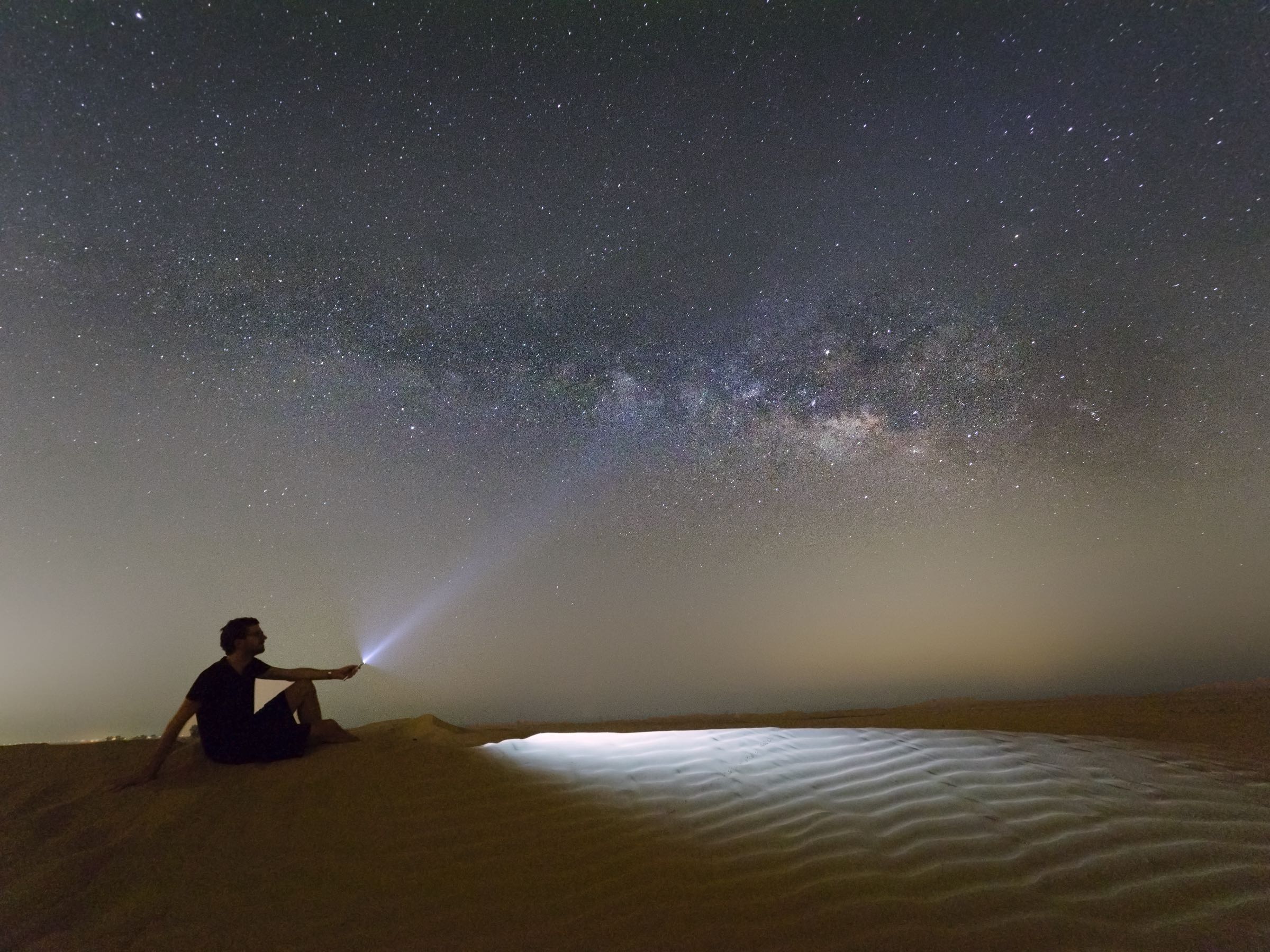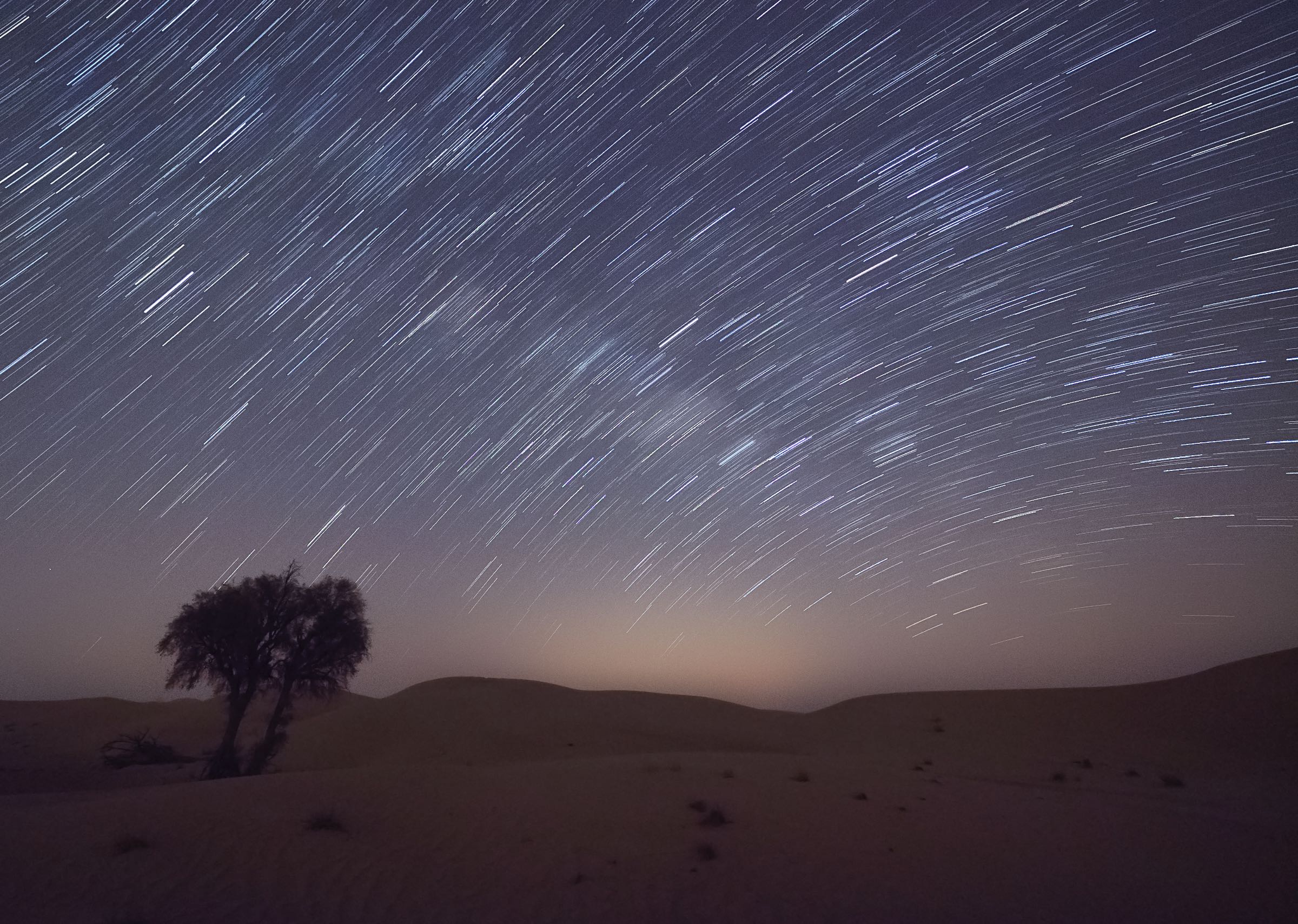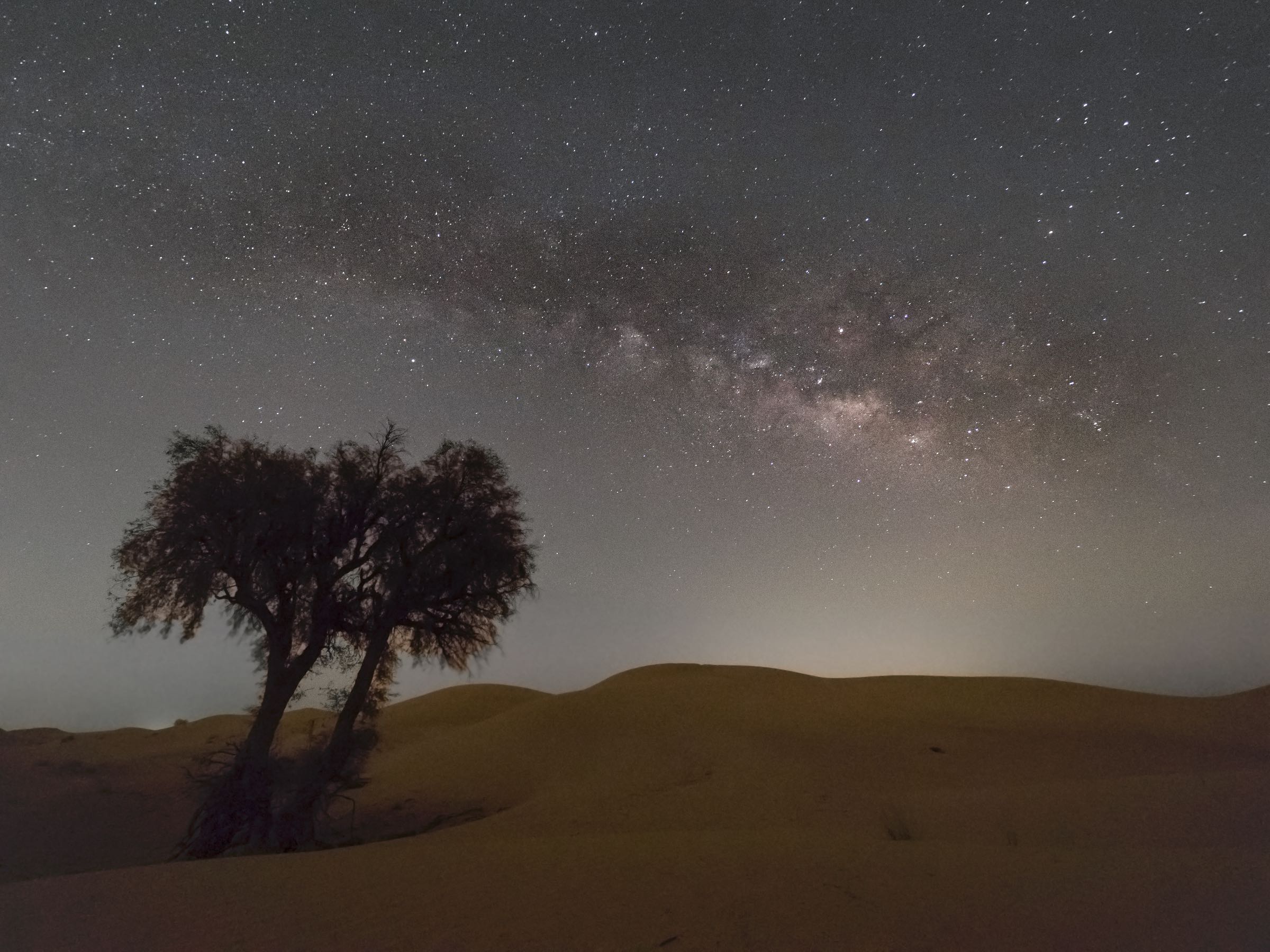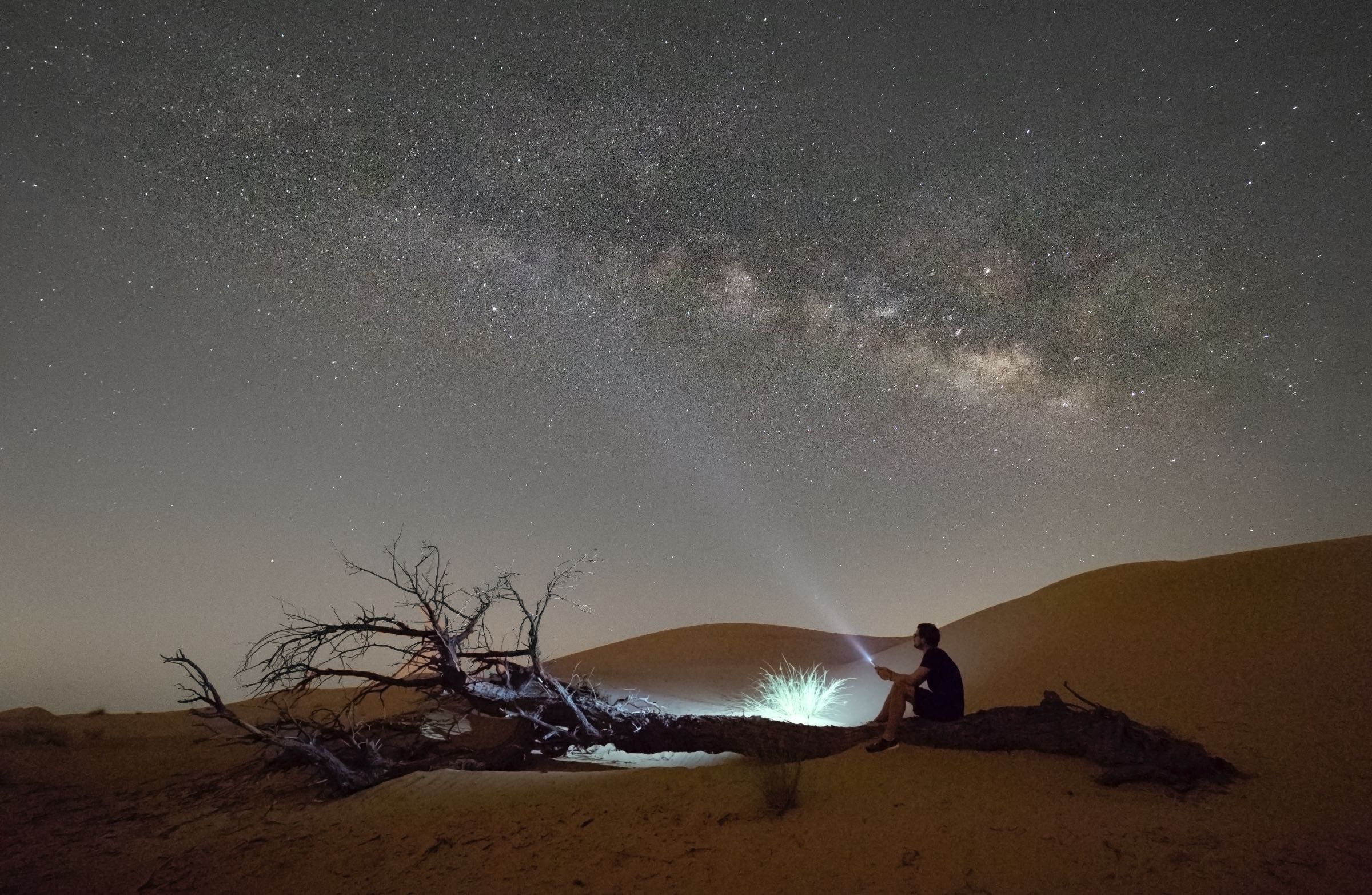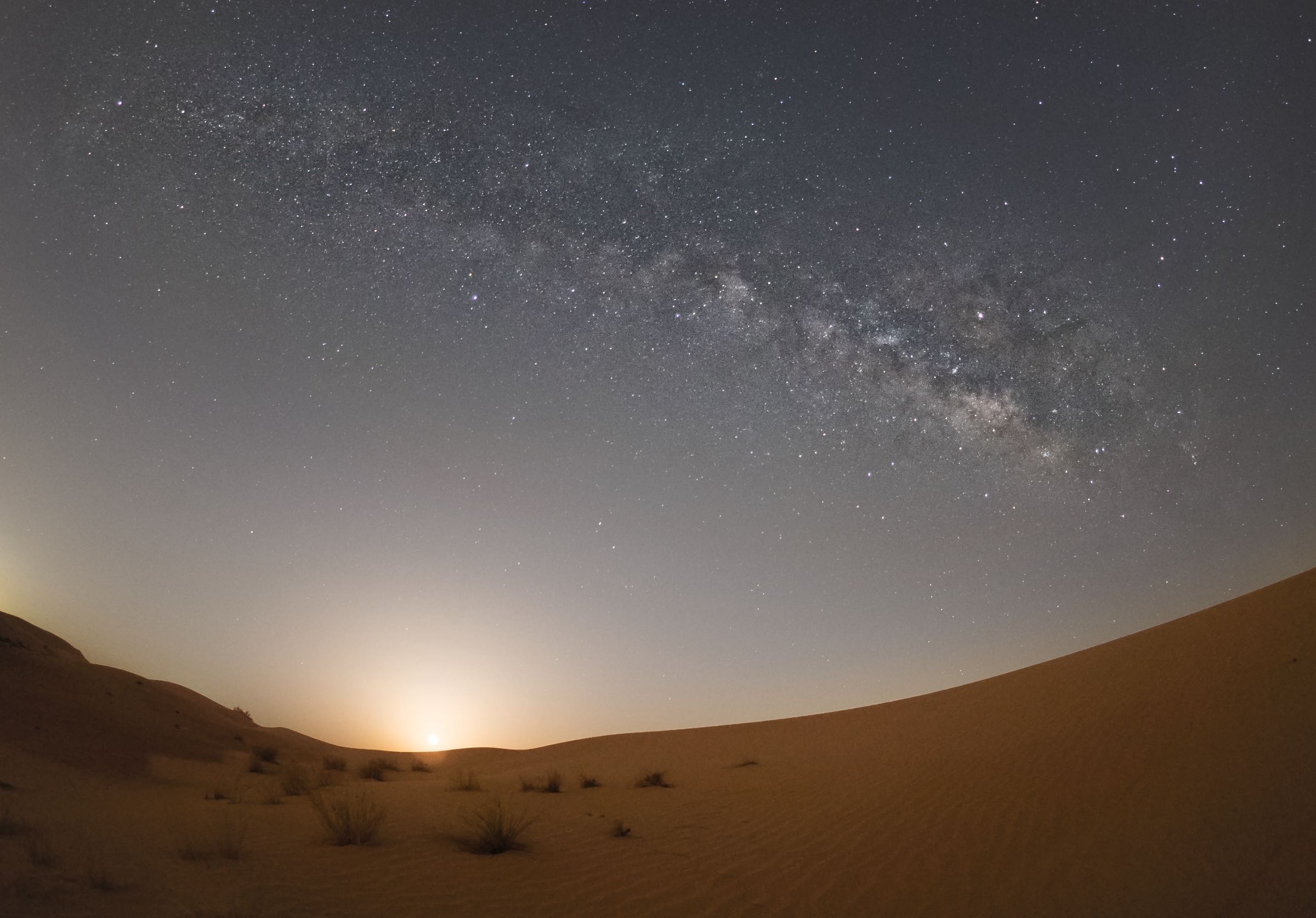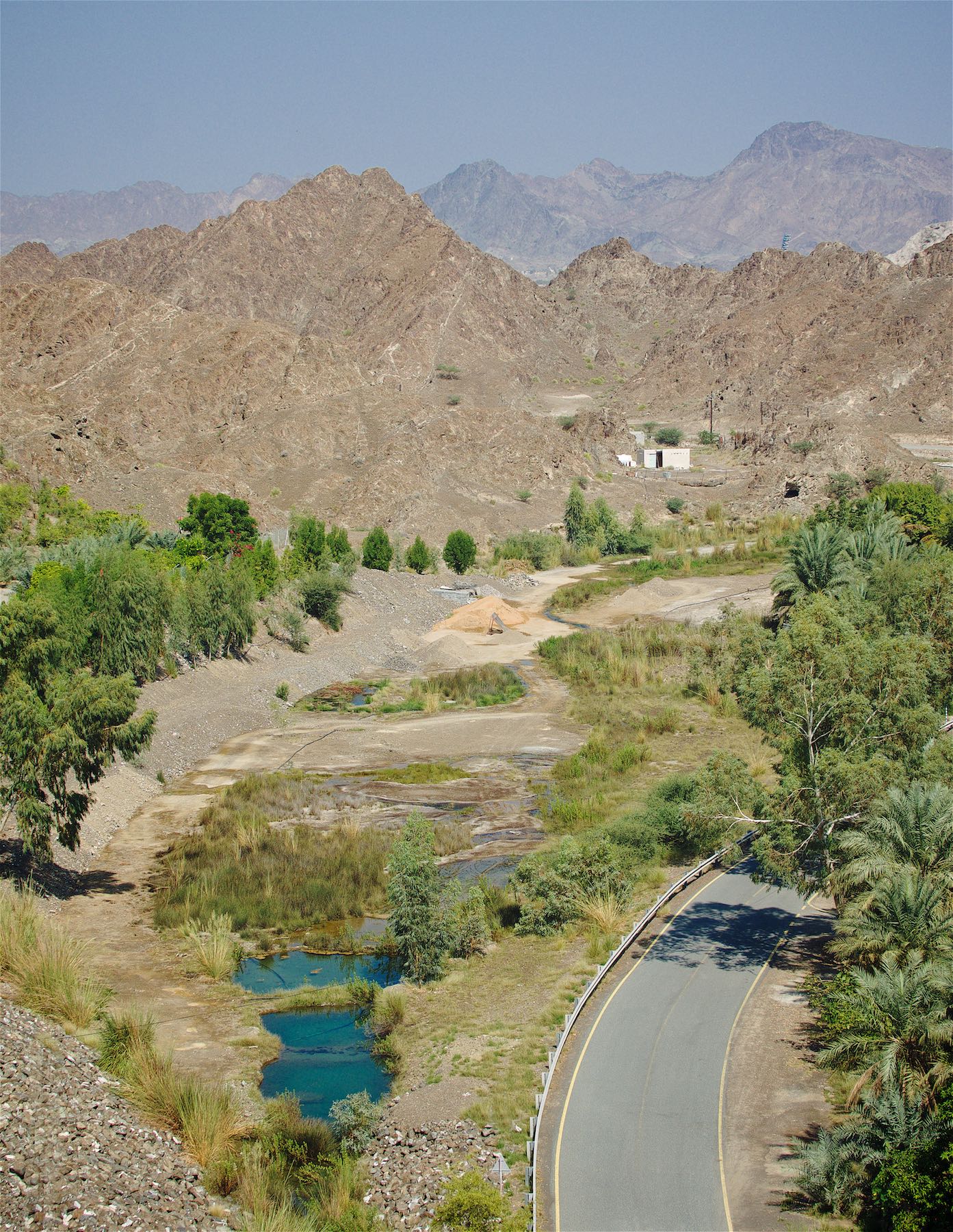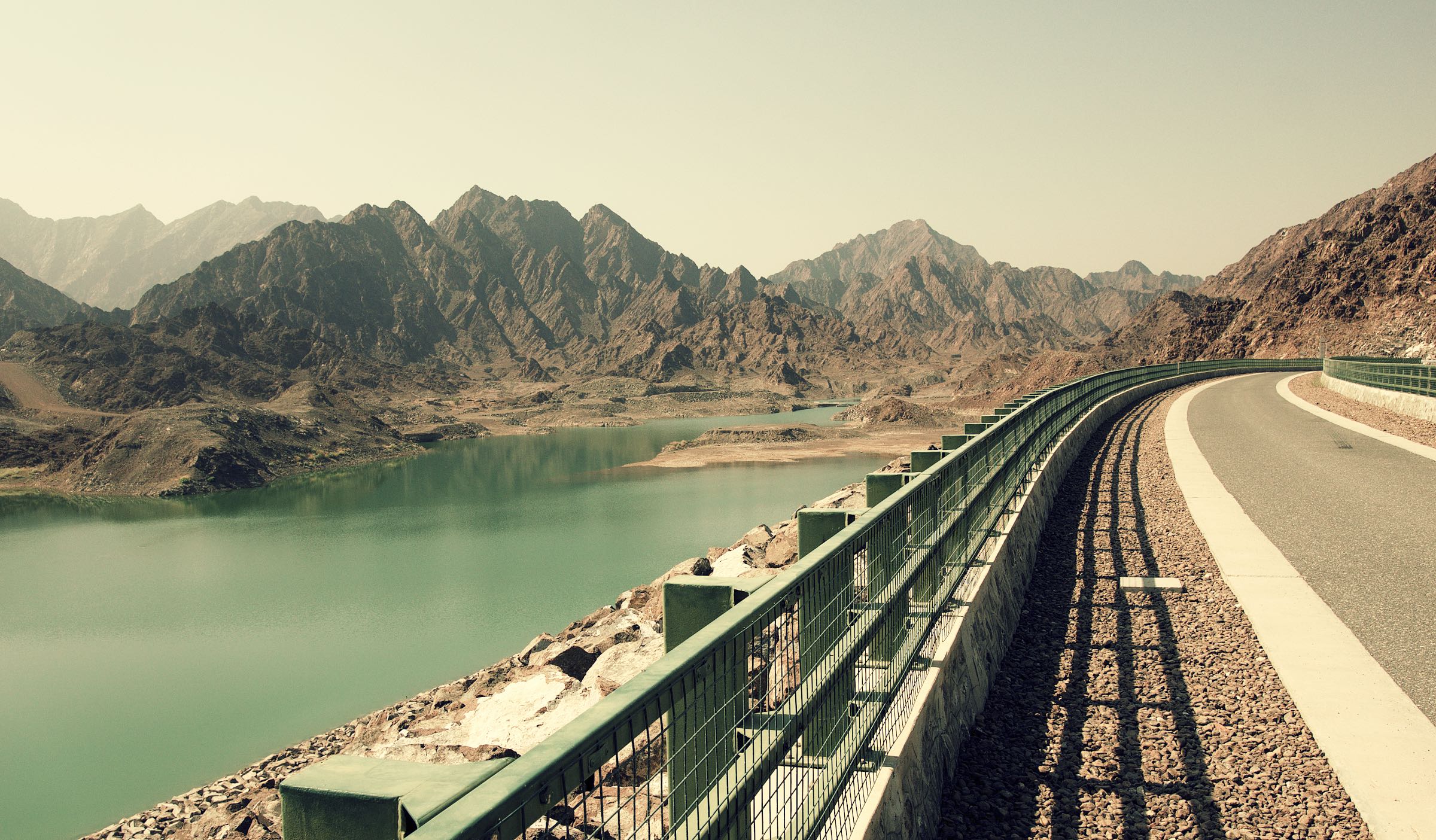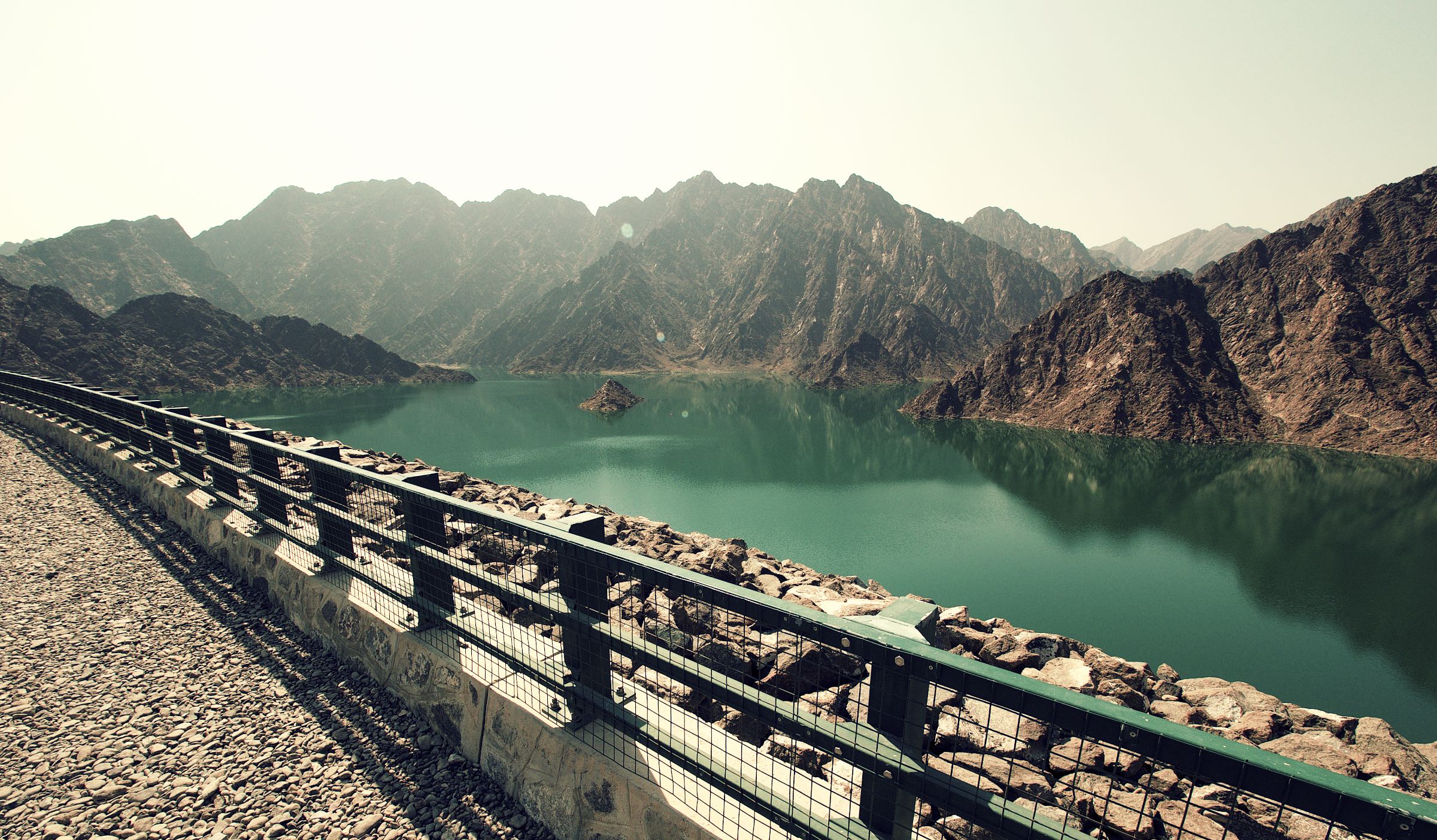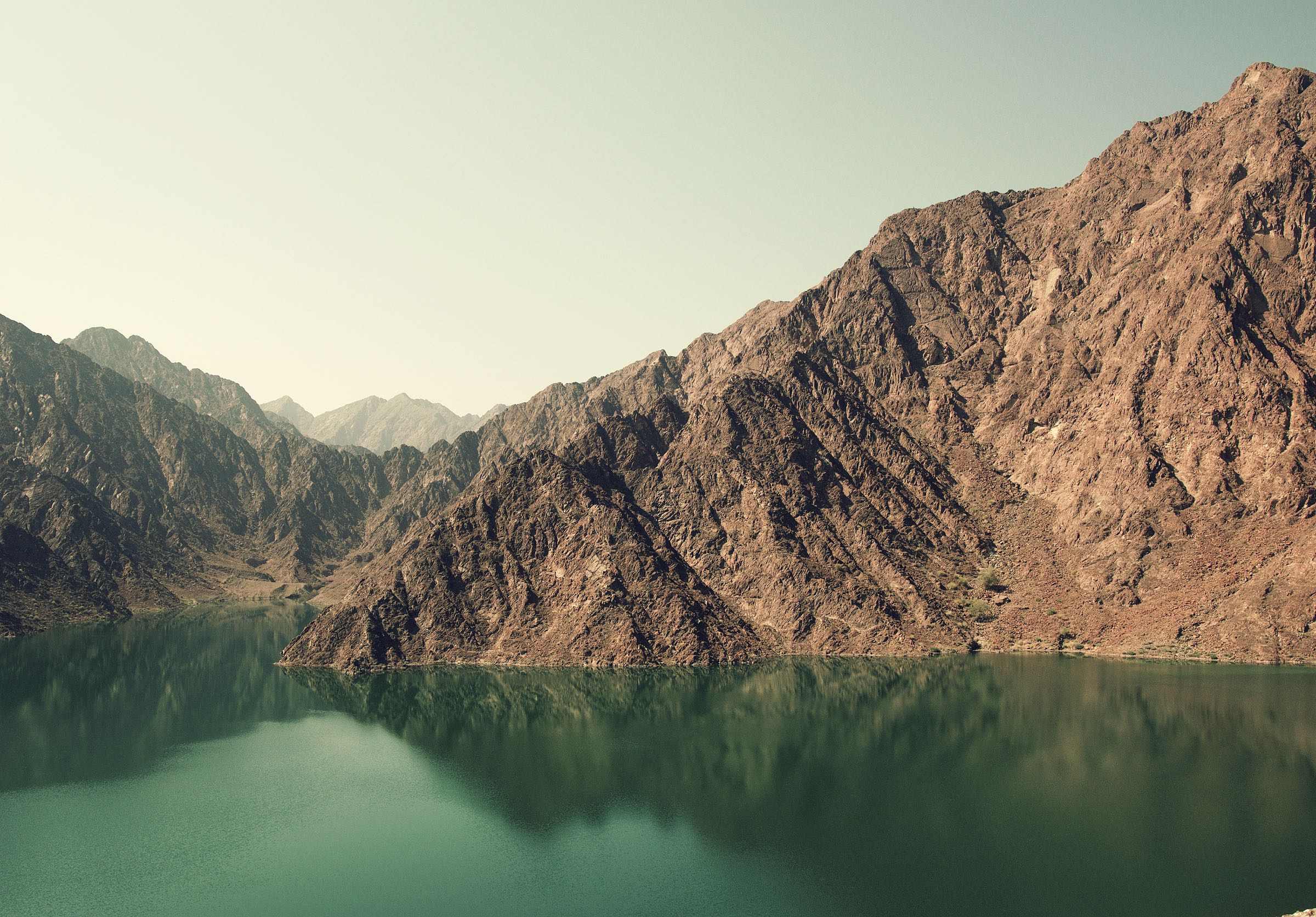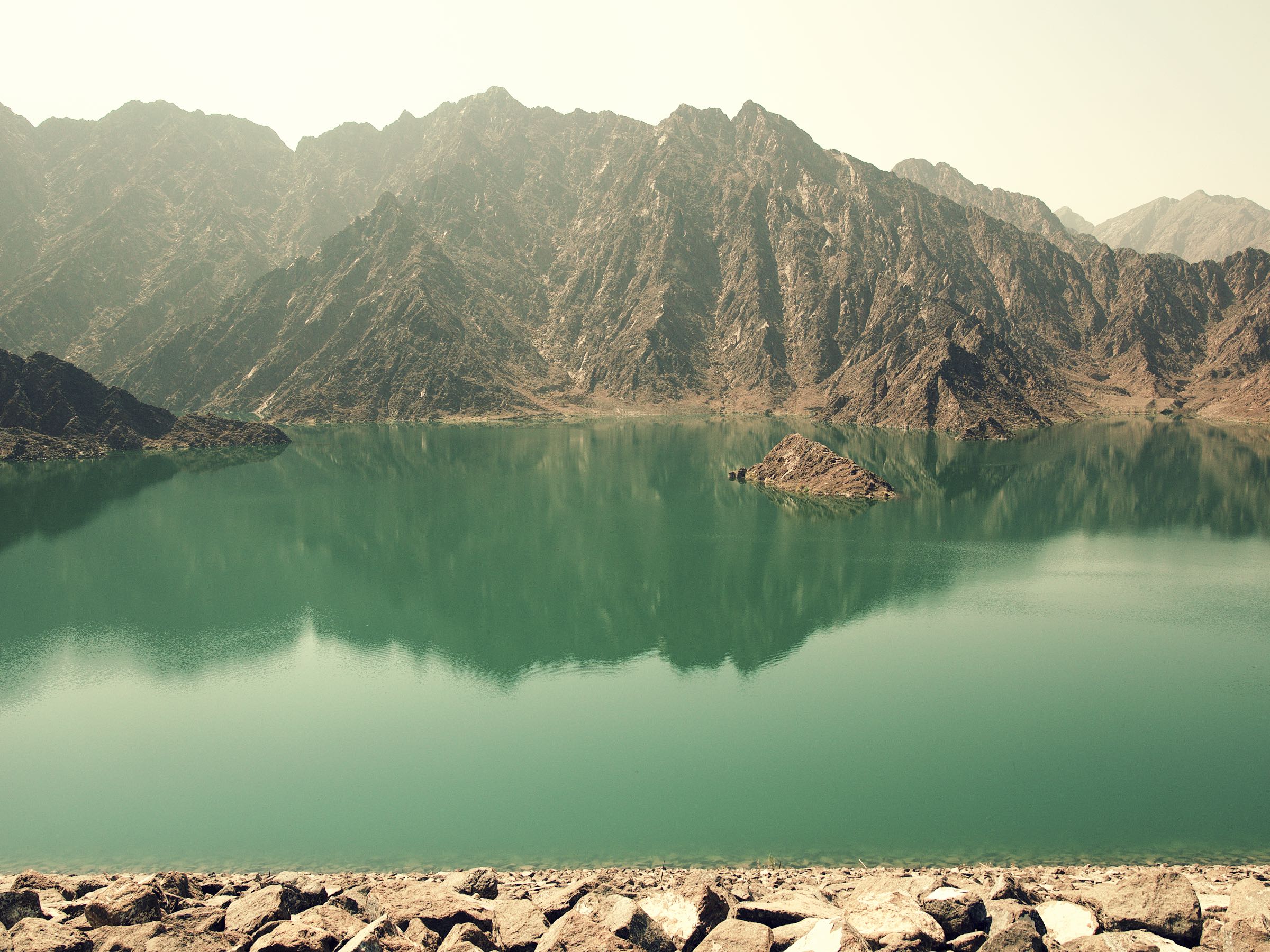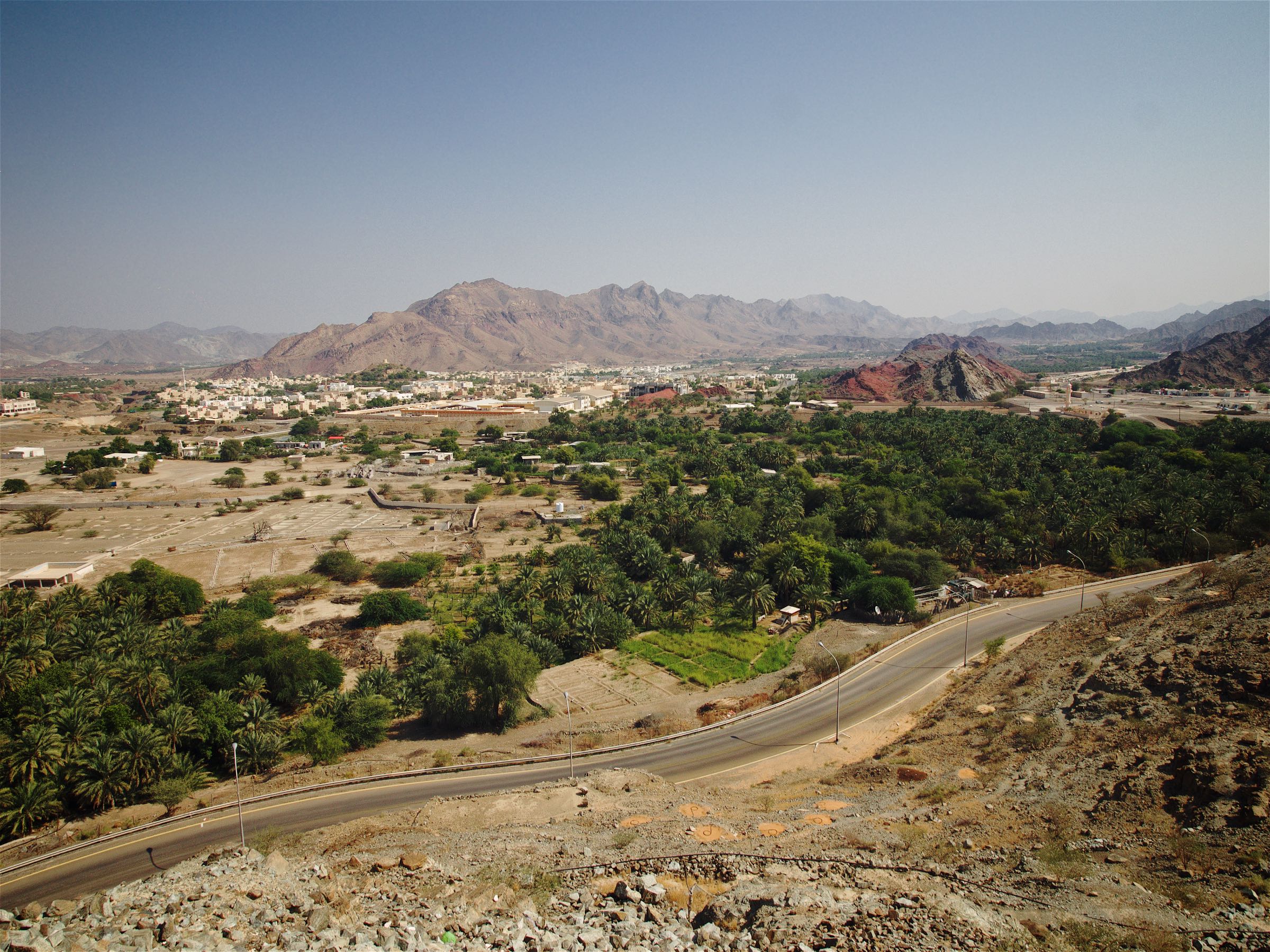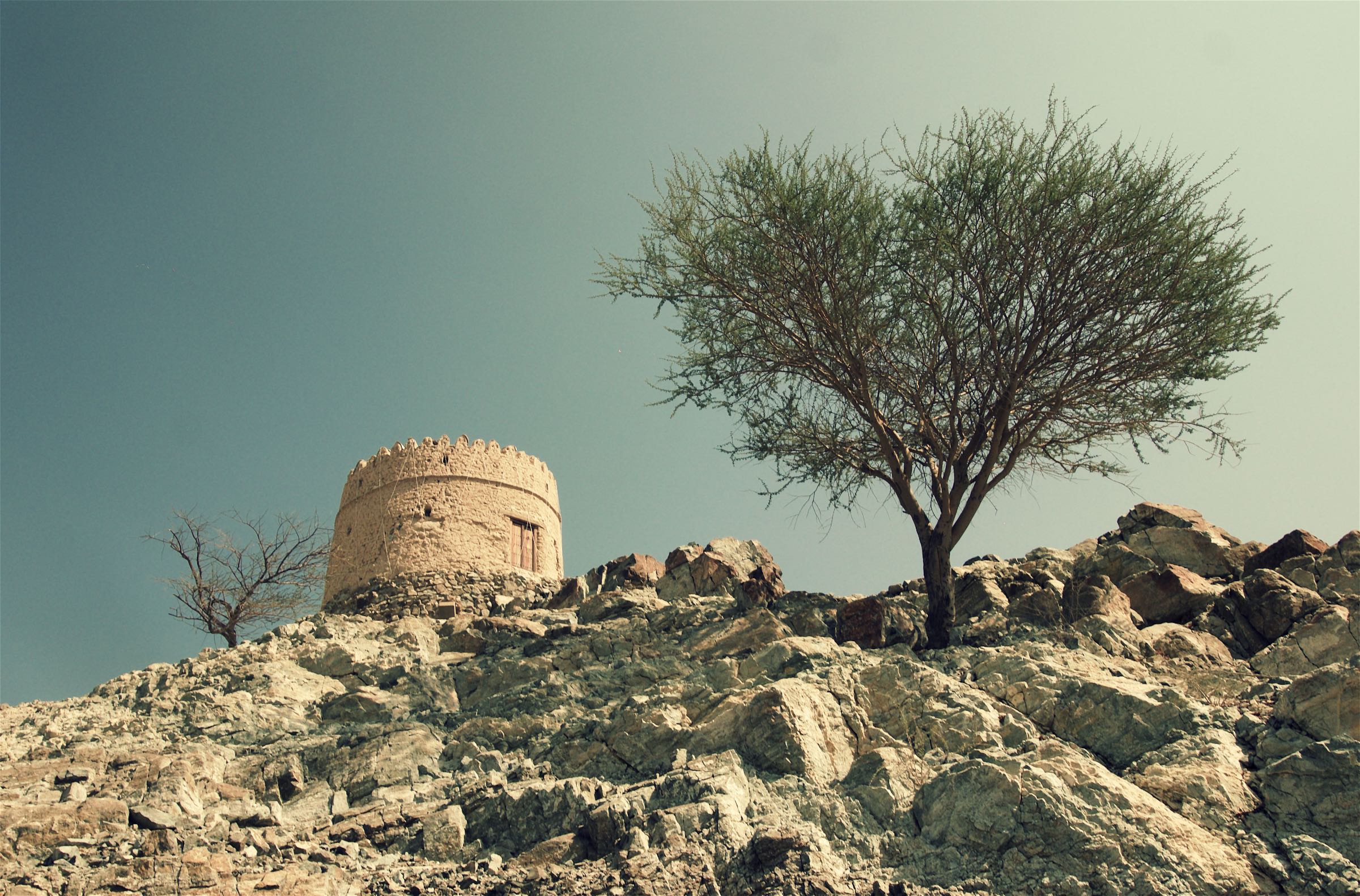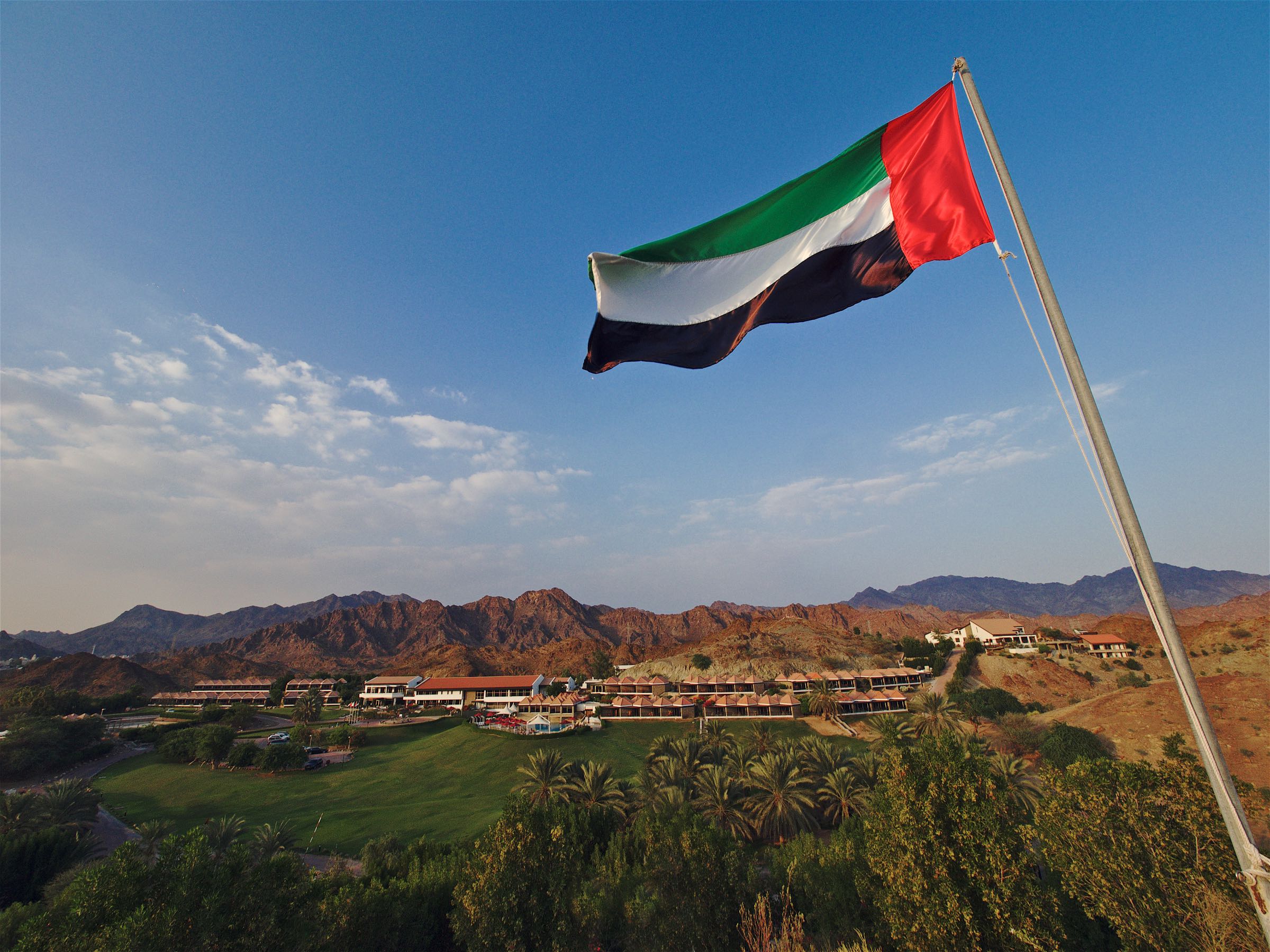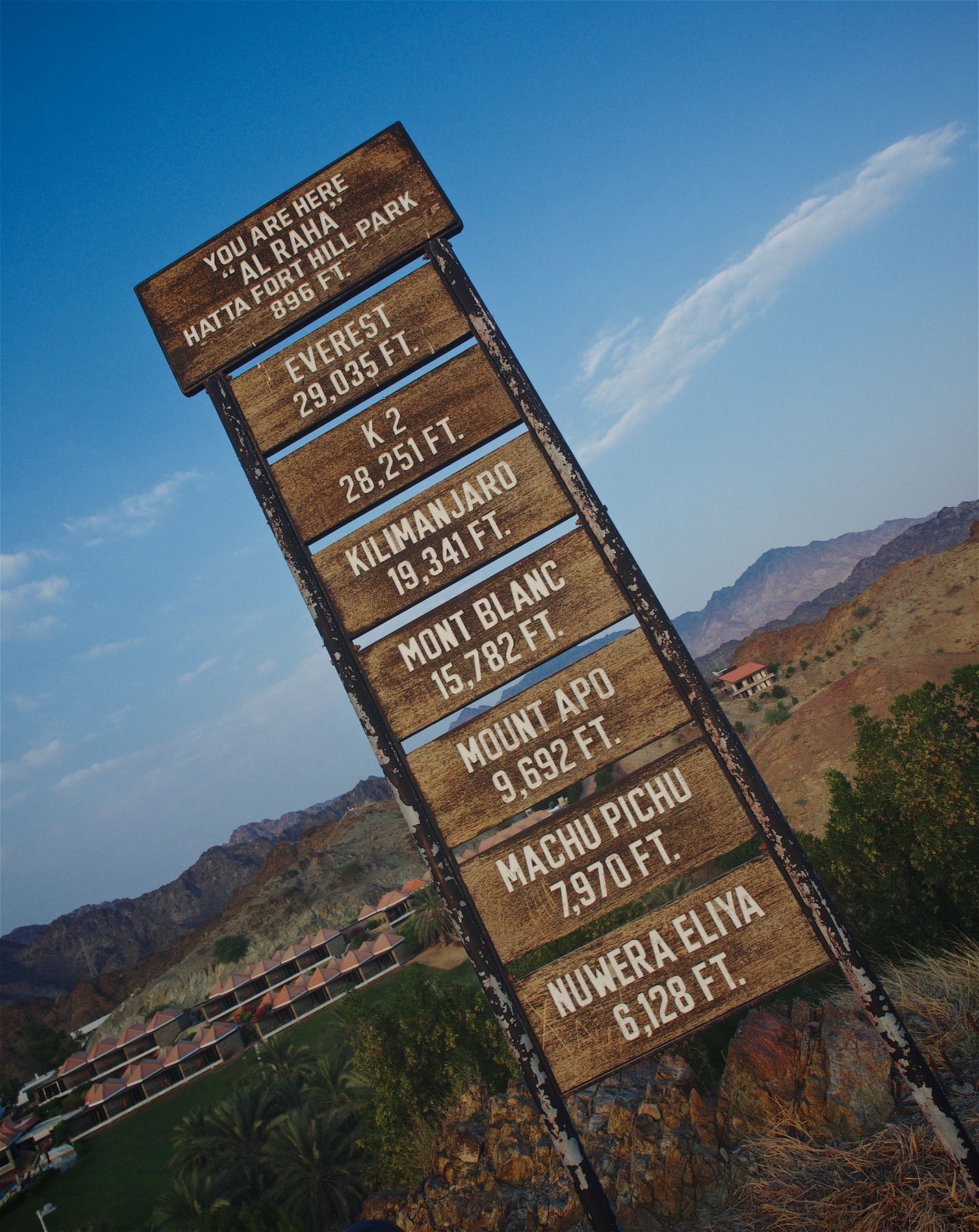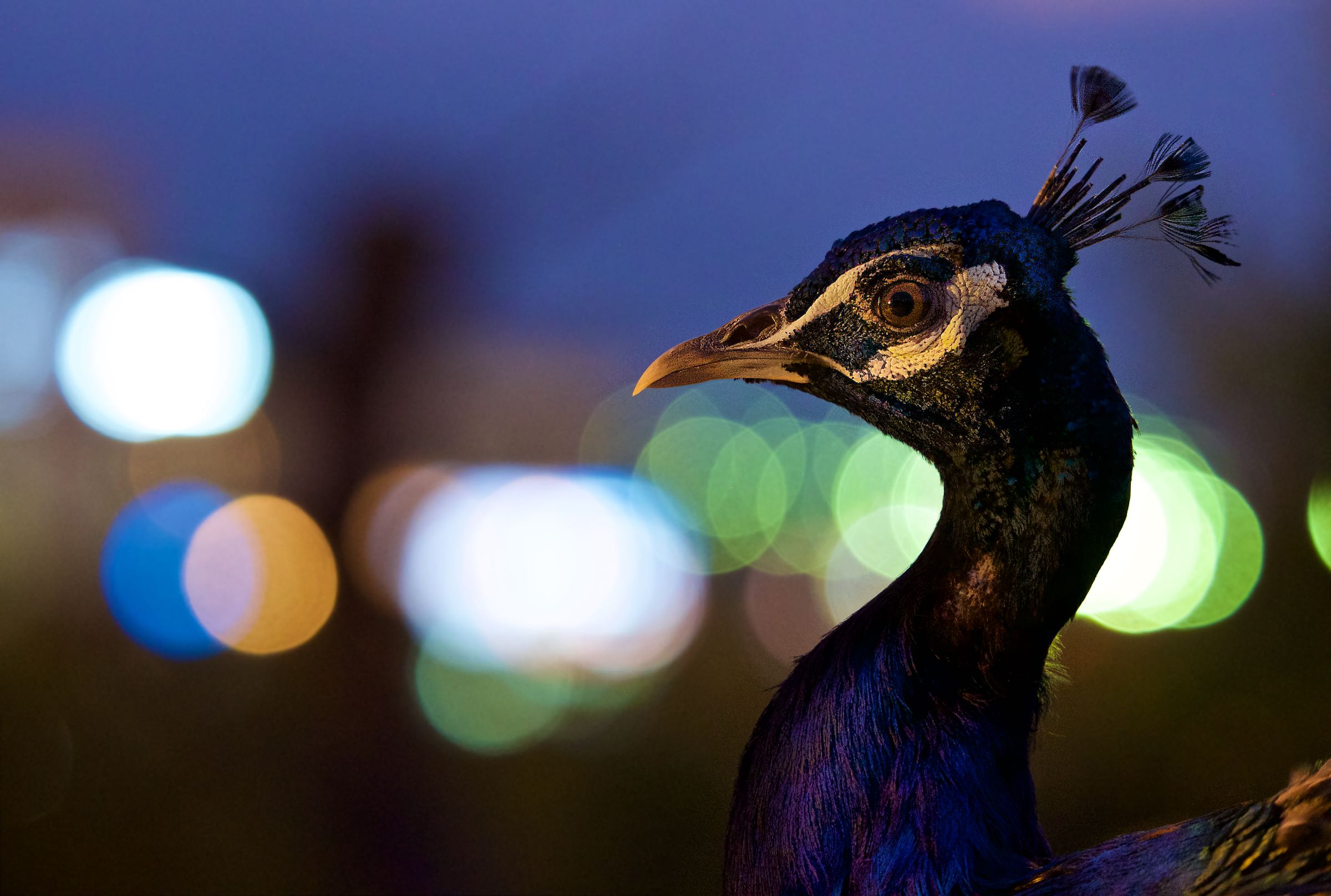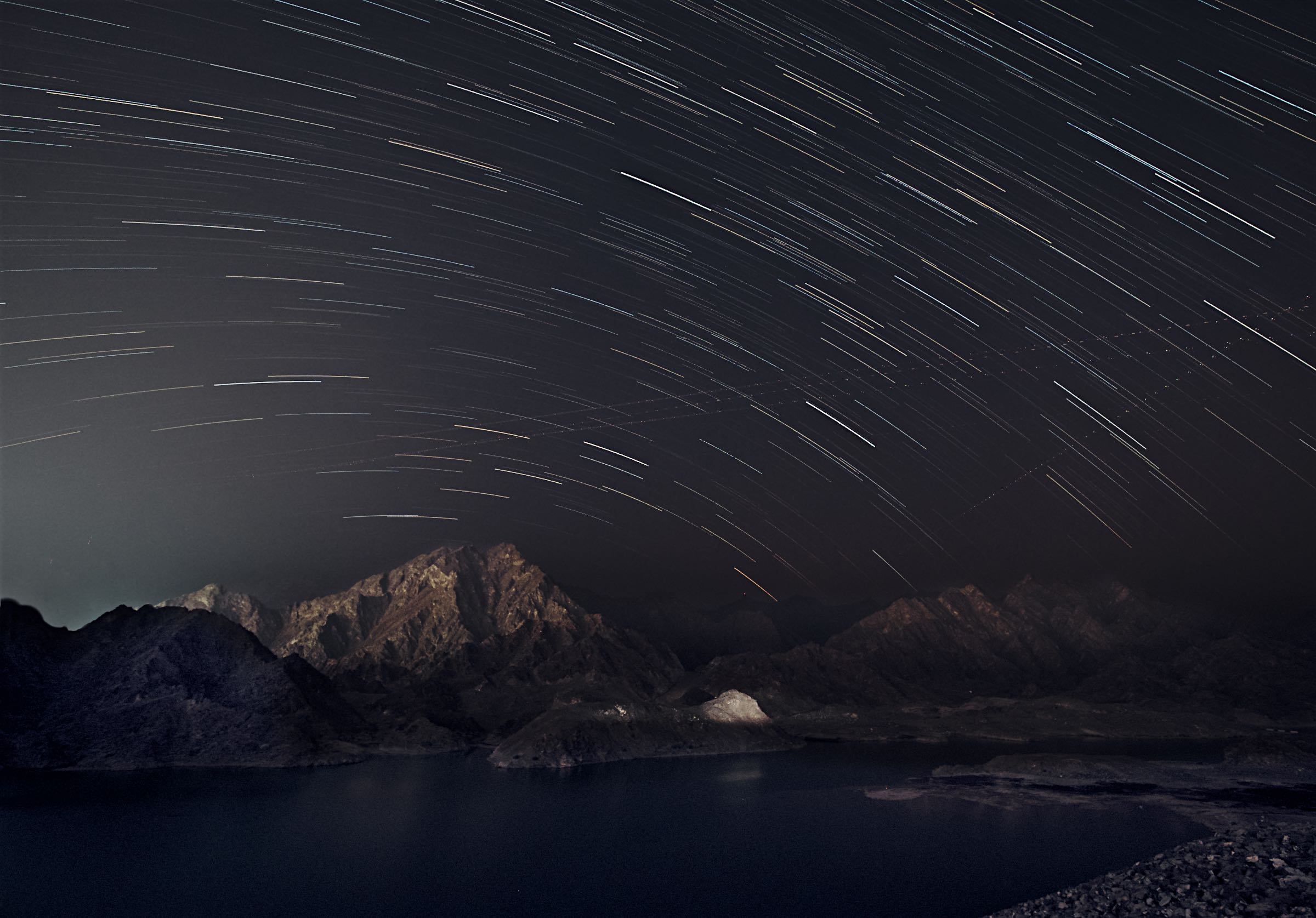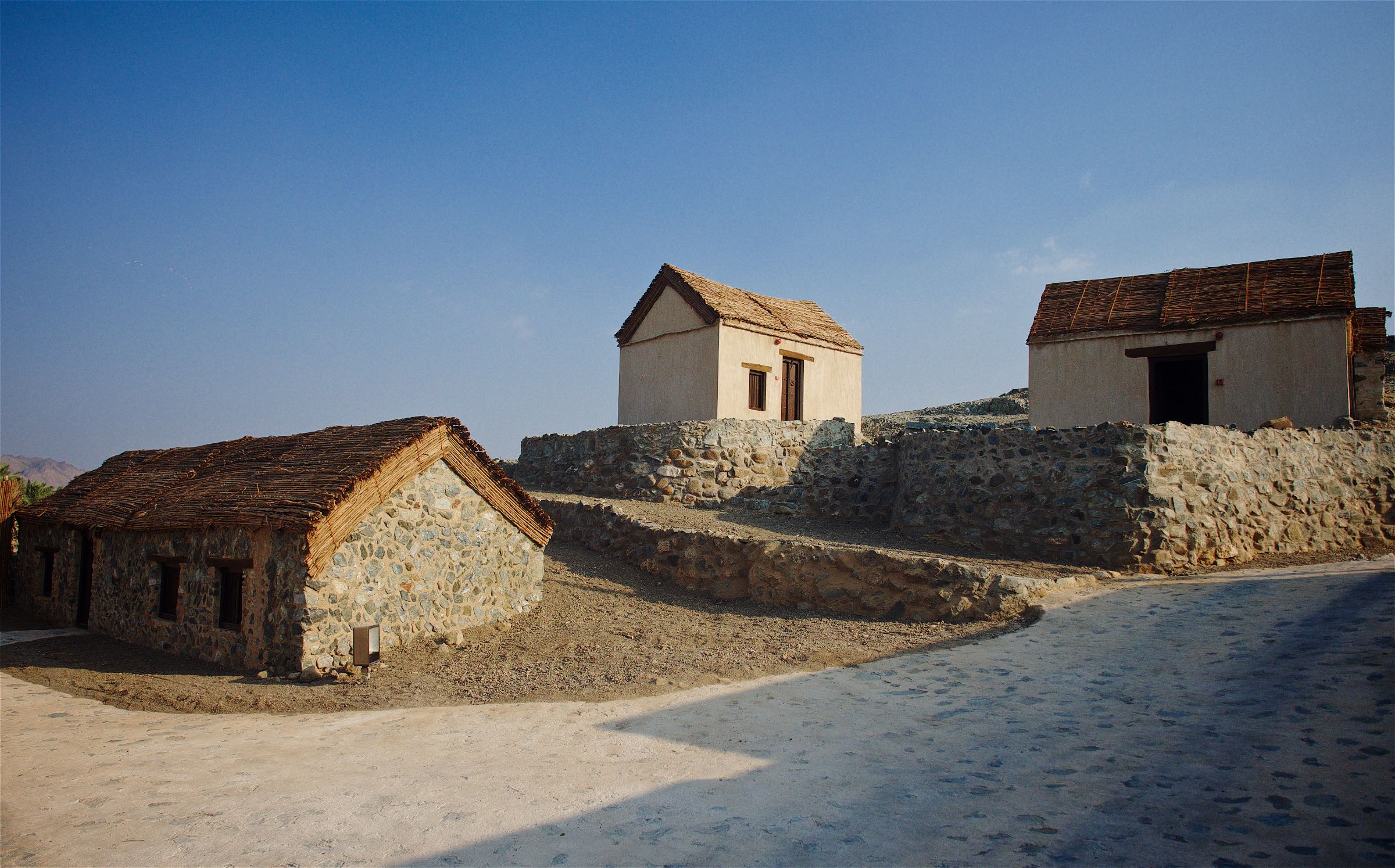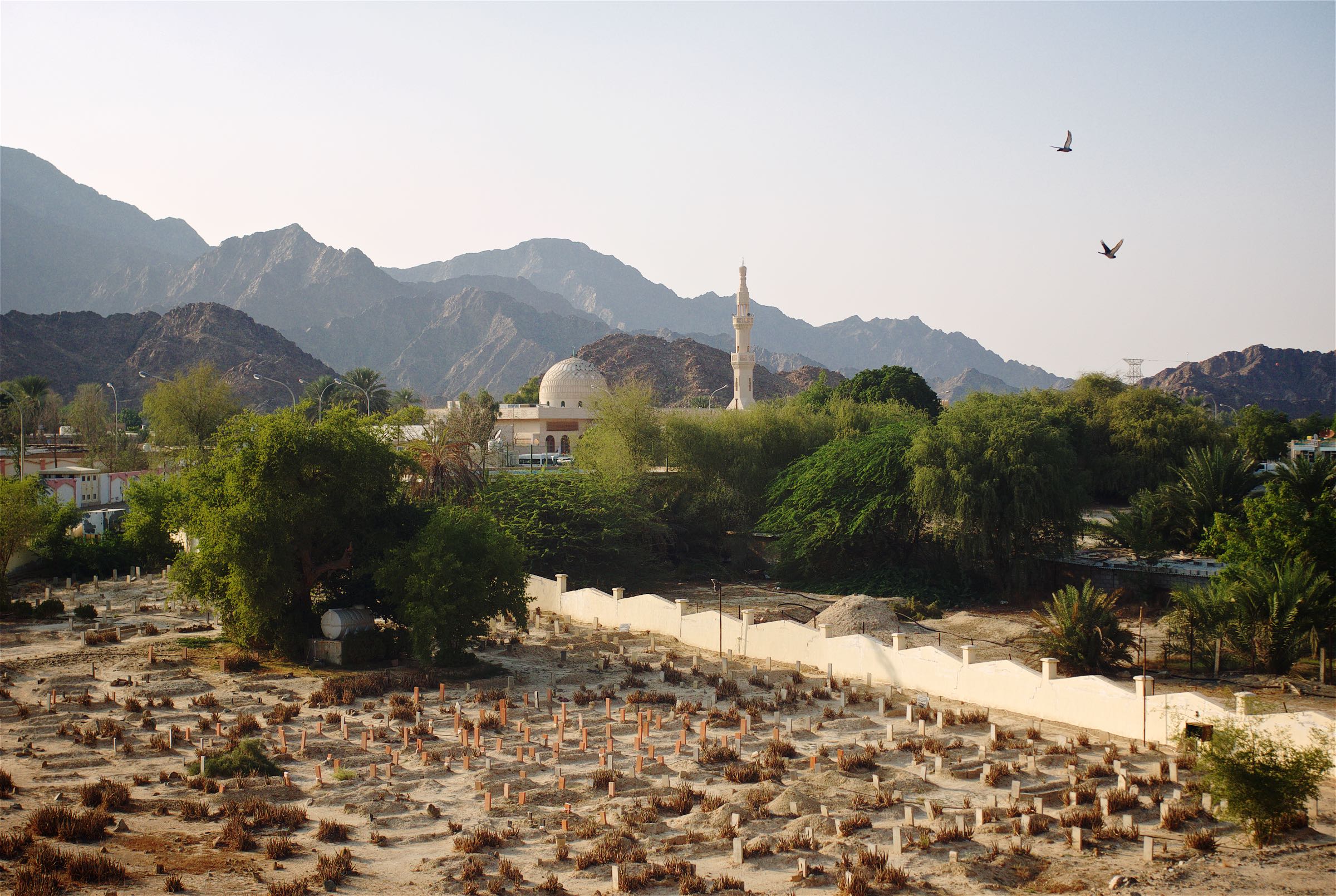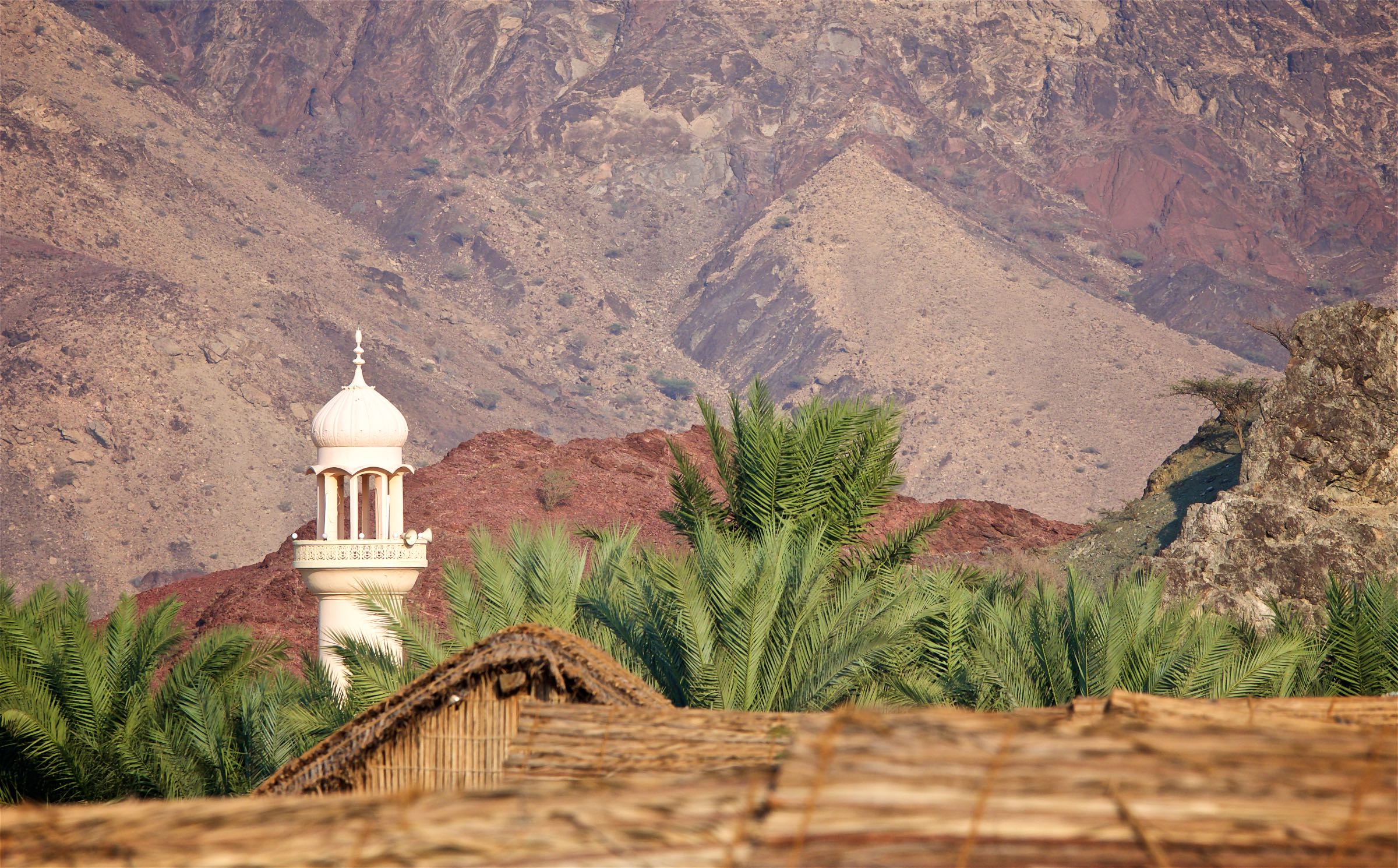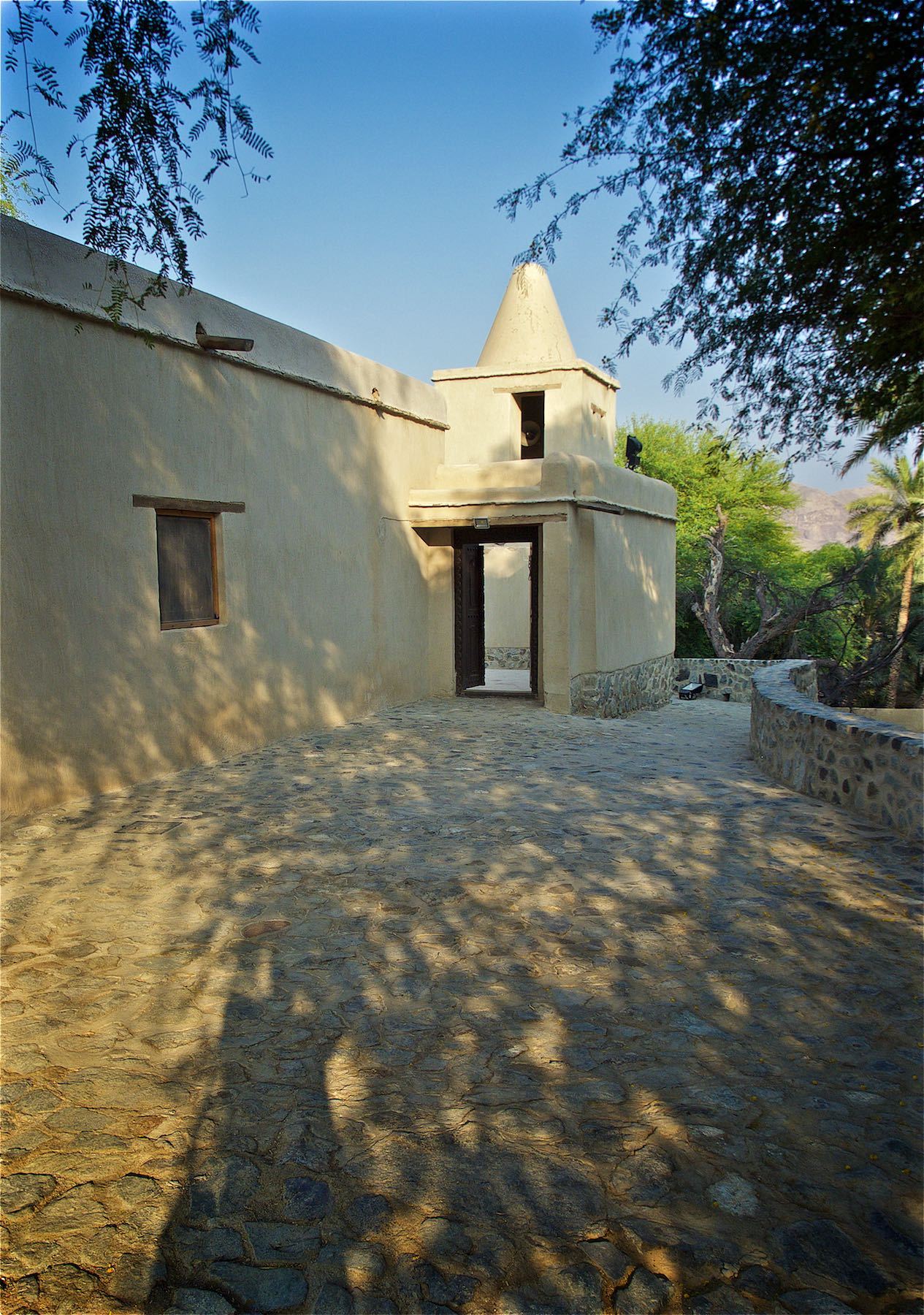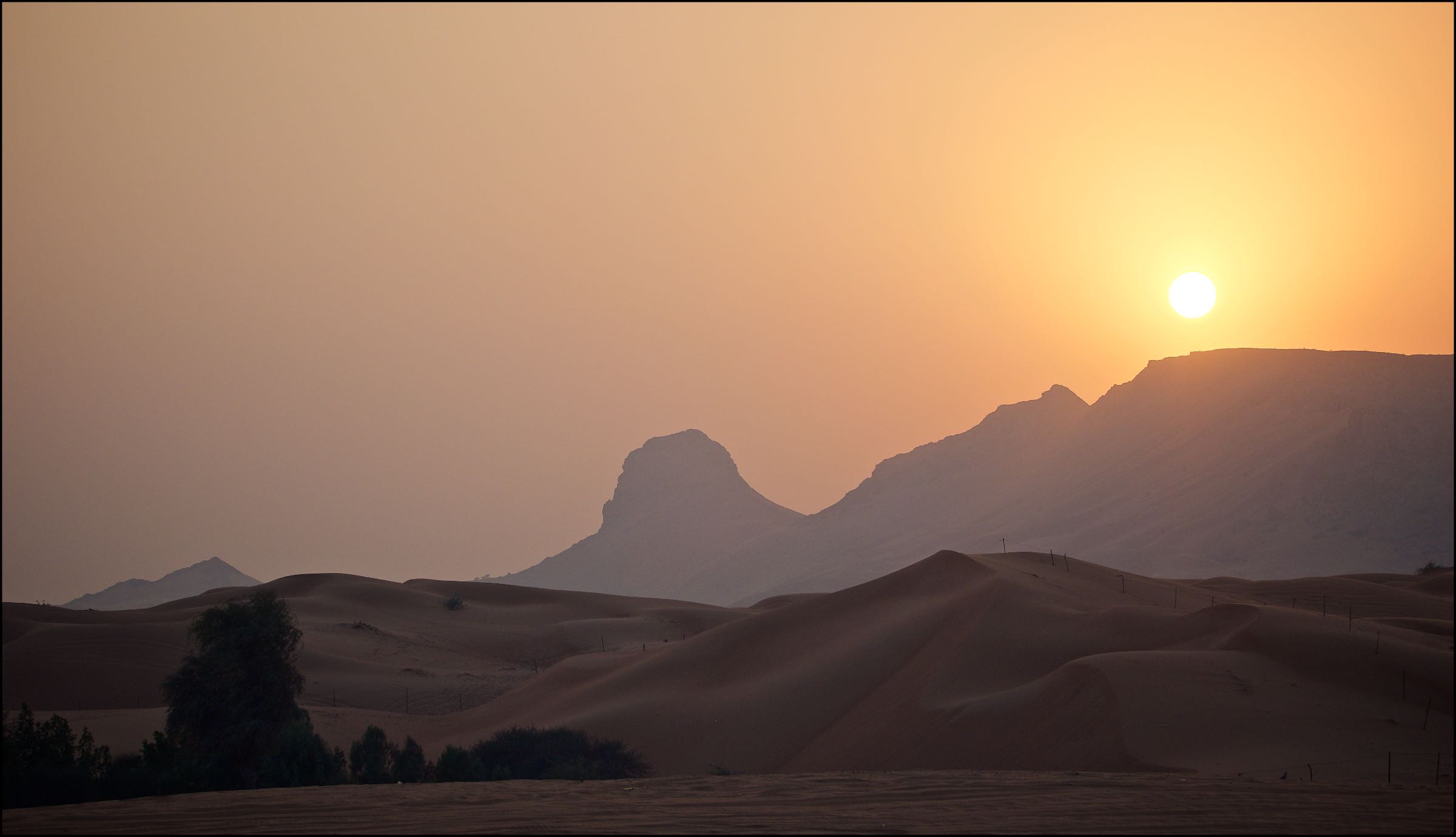The Dubai Fog
One of the most elusive sights of cityscape photography is the infamous Dubai fog. It’s a yearly occurrence, usually from November to February, but often limited to a handful of days during this time.
One of the most elusive sights of cityscape photography is the infamous Dubai fog. It’s a yearly occurrence, usually from November to February, but often limited to a handful of days during this time. Predicting it is a gamble of combining various forecast websites and tools, comparing dew points, humidity and temperature forecasts, and even then you need to hope for a little bit of luck.
On top of that, you need to secure a location to shoot from. While some people live in high rise towers above the 40th floor with great views, the rest of us will struggle to get permits, ask hotels, check with friends, and convince security guards. The unpredictable nature of the fog makes that even harder - sometimes it is so patchy that a building 5km left or right will be floating above the clouds while you have a clear view of the ground.
If you do manage to get everything right, the rewards are spectacular. I’ve been able to shoot the fog five or six times this winter, and will certainly never get enough of it. To me, not other city can top the combination of Dubai’s amazing skyline (in fact, there are more than one skylines) with the feeling of floating above the clouds.
Contact me if you’d like to purchase prints of the photos in this post.
Resetting the rules: “Sorry, no tripod” & “Professional cameras not allowed”
During New Year’s Eve 2017, Dubai set a world record for the biggest LED and light show at Burj Khalifa, doing away with the usual fireworks and taking a different approach to welcoming 2018, the “Year of Zayed”, named after the founding father of the UAE.
During New Year’s Eve 2017, Dubai set a world record for the biggest LED and light show at Burj Khalifa, doing away with the usual fireworks and taking a different approach to welcoming 2018, the “Year of Zayed”, named after the founding father of the UAE.
It was just a 30 floor elevator ride for me to be able to capture this moment with my trusted Olympus mirrorless camera. For those reading and not familiar with camera terminology, this is essentially the same type of camera as what you might know as DSLR, or in general a camera with a viewfinder and interchangeable lenses. I got the shot I wanted, went back up, edited it, and posted on Social Media within the first 30 minutes of the new year.
To my surprise, the official @mydubai instagram account picked up the photo for their own NYE post a few minutes later. It became their most liked photo to that date within a few hours, and was reposted by several other official and unofficial accounts.
More than 2 years later, during a hot summer evening, I was wandering around a more or less empty Downtown Dubai in almost the same spot, with the same camera, on the hunt for new compositions. This time, I didn’t get the shot I wanted. Why? Because I was approached by a security guard telling me that professional photography is not allowed in this area, which is privately owned by Emaar, the master developer of the Burj Khalifa district.
This backstory to some extent exemplifies some of the reasons why I wrote this blog post: Many (not all!) developers, owners, organisations, and venues set ambiguous rules that prevent amateur photographers like me to capture their locations in the best light, enforce them arbitrarily, but then do want to reap the benefits of using our images for marketing purposes - mostly free of charge under fair social media use (whether that is right or wrong is a subject for another discussion).
At this point, I want to clarify that while I must admit I have sometimes been close to losing my patience with security guards, they are ultimately the messenger only, and their work as a whole is highly appreciated by myself and I dare say the entire photography community. This is about the rules they are being told to enforce, rather than who is enforcing them.
A second disclaimer to this post is that there are frequently very valuable and rational reasons for not allowing photography in certain situations: Protecting government institutions or military facilities, preventing the privacy of individuals in their own space from being compromised, ensuring the safety of people in crowded area by not allowing a tripod in the middle of a footpath, or ensuring protection of copyrighted material in cinemas or concerts.
These are not the situations in question here. Here, we are addressing wide open spaces, that are absolutely considered public, have no implications for national security, and where people take photographs on a daily basis with their smartphones.
For those familiar with Dubai, such places include Bluewaters Island, Burj Park, Dubai Canal, or Design District - I've chosen those examples, because in all these locations I've been asked to not take photographs with my camera and / or tripod.
The question is, why is that? To date, the explanations I’ve received - if any - have never been very coherent or logical. As a result, I will have to make some assumptions: Your typical photo capture device today ranges from the size of an iPhone (the most popular camera in your hand, to a DSLR and a big telephoto lens that may be up 30cm in length or so, set up on a tripod 2m in height.
From personal - and thus anecdotal - but qualified experience, I have found that:
None of the locations in question would prevent anyone from taking a photo with their smartphone.
A few of them would approach you for shooting with a DSLR or mirrorless camera with a typical wide angle lens.
Many will ask you to refrain from shooting if you carry the same camera with a bigger lens, such as a telephoto zoom.
All of them will ask you to leave the moment your tripod touches the ground as you set up.
My interpretation of these findings are that the larger your overall equipment is, the more likely it is you will not be welcome to take photos. An assumption I am making here is that outsiders (i.e. not familiar with photography) associate “larger equipment” with “more professional”, which would imply that the rules set by these locations are “we do not allow professional photography”.
I would welcome for any of these companies and organisations to comment here with feedback on whether this is the case. Until then, let's contine with this assumption.
The problem is that the boundaries of professional photography have long been no longer defined by the size of the equipment. The advent of smartphones with Instagram & Co, the rise of the influencer culture relying heavily on photography, and the significant advancements in mobile photography have allowed people to do commercially viable work with equipment that fits in their pocket. Heck, Netflix movies are now shot on iPhones. This discredits the entire reasoning why a regular DSLR and lens should be treated differently from a smartphone when it comes to what is “professional".
Let’s move to the next level: Using a big telephoto zoom lens. Also in this area, we are now approaching times where smartphones are capable of producing extreme levels of computational zoom, enabling everyone to take photos of objects and people far away. A camera with interchangeable lenses will (for now) still have an advantage in some ways here, and produce better quality - the question is why that would be a problem? I can think of privacy as the major reason, where as a location owner one wants to make sure people do not feel uncomfortable and be under the perception they are being photographed from far away without their knowledge or consent. My argument though would be that if this was a photographers intention, and they would do it maliciously, the laws around privacy protection for others would still apply - whether in a location that is privately owned by a large developer, or a public square. It’s unlikely that a private security guard will be able to deter someone from engaging in such activity, if even the law is not able to.
Moving on the last and seemingly worst offender: The three-legged friend of the long exposure photographer - a tripod. Here, it may be worthwhile to quickly explain why photographers chose to carry this device around. Generally speaking, cameras need to capture light for a certain amount of time to produce a well exposed image. When it’s bright outside, less than a second is enough to achieve that, maybe 1/100 or even 1/1000. When it gets dark, this isn’t enough anymore. The camera may need 3 or 5 or 10 seconds to capture sufficient light to produce a good quality image. The problem is, no one can hold the camera steady for that long, meaning that movement occurs during the light capture period, resulting in a blurry shot. This is where the tripod comes in, keeping the camera steady while it collects the required photons. Granted, there are other uses for a tripod, but generally speaking they evolve around similar concepts. So, I ask myself why venues do not want to see tripods being used? More than once I placed my camera on a rail, stone, bag or whatever when asked to stop using my tripod - and this was acceptable. How does that make sense? The result is the same, except that my composition might be worse and it’s more risky (the camera might fall, etc). My tripod will probably still be around, leaning against a nearby wall.
As we discovered earlier, in many places it is seemingly ok to use a camera, but only the tripod triggers something in the security personnel that makes them ask you to stop. This seems illogical: We can shoot the same exact photo during daylight in great quality (enough light for a short exposure), but at night when we need a tripod to capture enough light to get the same quality, it is deemed as not acceptable. It doesn’t appear likely that daylight photos are ok for a location owner, but night time shots are not.
Lastly, similar to the argument with telephoto lenses, the latest generation smartphones are slowly catching up in this area, using digital stabilization to capture acceptable night time photos, and further blurring the lines between the size and type of equipment needed to capture similar looking photos.
You may ask why we still need dedicated cameras and lenses? Well, smartphone technology is not quite at the stage where it can handle all the photographic challenges a specialized camera can, and while for average photos for an Instagram post on a small smartphone screen this may be less of an issue, if you are looking to print a photo for instance, this is where the difference between the two classes of equipment do show up. Some kind of photos aren’t achieve with smartphones just yet, but that doesn’t mean they are automatically “better” or more professional or commercially useful.
As smartphones catch up with dedicated cameras for these last scenarios, will the organisations making these rules soon forbid any kind of photography in their locations? My prediction is their marketing departments would quickly scream and shout when faced with the loss of the free social coverage, aside from it being practically impossible. If the assumption made at the beginning of this post is correct, the rationale should shift from “we do not allow professional photography” to “we do not allow commercial photography” - this may make sense as the venue wants to control commercial activity. But how can you do that when an influencer shot taken and edited with a smartphone can easily generate much more money than a photographer with a dedicated camera taking a shot planned and edited for hours, printed on fine part paper, and sold in a gallery?
So in anticipation of that, it may be the right time to re-define what “commercial” or “professional” photography means in this context and start a conversation on establishing clearer and logical rules for what scenarios and equipment are allowed, or not, and for what reason. In the end, it is clear that companies are free to ask anyone to leave their premises, or to not use a camera bigger than a smartphone, or an orange, or whatever arbitrary definition they chose, regardless of the reason.
Ultimately, this will probably make photographers try to take a photo by whatever means is allowed, instead of what produces the best result. That photo may just not be as good, not as creative, not as interesting, or it may not happen at all and the moment will be gone forever - leaving the photographer and his or her audience disappointed, and taking away a chance for the location to create positive impressions or attract new visitors due to the existence of the photograph, for no logical reason.
Myself, and I am sure the whole photography community in Dubai, are open to engage in this discussion with the decision makers at the various organizations, for the benefit of everyone - for us to follow our hobby and passion without hindrance, for the public to enjoy great photography, and for organisations to benefit from free and high quality coverage.
I see several ways a middle ground can be found: Ask photographers to sign a release form giving the location permission to use the photos. Make photographers sign a disclaimer that ensures we cannot publish the photos commercially or re-sell / license them. Create a system for granting permission to a person on a yearly basis, not for one single shoot. Request IDs in order to know who shot when at the location. Train security guards to determine in which cases there is a genuine issue caused by a photographer. Or, just treat photographers with a camera the same as someone with a smartphone.
Admittedly, there are details and issues to be addressed with these suggestions - this might be part of a future blog post - but I am confident there are better ways to establish a mutually understandable and viable basis than the inconsistent and illogical approach many places seem to follow right now.
Let’s sort this out. All we want is to take great photos of the city and places we love.
Dubai Partial Solar Eclipse
Dubai was witness to a partial solar eclipse on June 21st, 2020 - the second in the last few months. This time, the UAE did not get to experience the full eclipse as it’s not located in the narrow band that experiences this rare phenomenon, but it was still a spectacular sight, with the skies darkening noticeably and shadows becoming fuzzy.
Dubai was witness to a partial solar eclipse on June 21st, 2020 - the second in the last few months. This time, the UAE did not get to experience the full eclipse as it’s not located in the narrow band that experiences this rare phenomenon, but it was still a spectacular sight, with the skies darkening noticeably and shadows becoming fuzzy.
The sight began at 8:14 (UAE local time) when the moon moved in front of the sun, and the eclipse was over at 11:12. I was lucky enough to be able to capture it from my balcony, and had set up my Olympus OMD EM-1 to shoot a sequence using a star tracker and home made solar filter.
Here are the results.
A full view of the middle portion of the eclipse.
A view of the the eclipse covering almost the entire period of the moon covering the sun.
Here is a video representing the same period - this was very tricky to align and smoothen out, as my tracker was not perfectly polar aligned, requiring some manual movement of the camera.
Buraq Dam - UAE Mountain Bliss
For the Quadrantid meteor shower in early January. we chose to explore a new spot up in the Hajar mountains of the UAE - Buraq Dam.
For the Quadrantid meteor shower in early January. we chose to explore a new spot up in the Hajar mountains of the UAE - Buraq Dam.
While the dam didn’t have any water - in fact most of it looked very dry - during out visit, it offered a beautiful quiet and dark spot to look into the night sky, surrounded by mountains. The only downside: The flight path of the DXB runway runs almost directly above this area, so you get a lot of planes in the sky.
It’s a relatively easy drive about an hour out from Dubai, and only the last few hundred meters need a bit of careful driving if you’re not in a 4x4.
We had a few lucky moments dawn, starting to see some meteors after midnight on the northeastern side, but I could only capture two on photos - can you spot them?
This short timelapse video below gives an idea of the amounts of planes flying into DXB during the night, slightly disrupting the peace and quiet of the Hajar mountains.
Lunar Eclipse & Blood Moon over Dubai
July 27th saw the longest lunar eclipse of the 21st century, which - astronomically speaking - should have been perfectly visible over Dubai. Unfortunately it was one of the very rare summer days where the sky was cloudy, making for some dramatic moments, but mixed with the usual hazy not creating the best environment for taking good photos. Below the results nonetheless. These were shot in the DIFC area after having scouted out the location the day earlier using the Photo Pills app (which is amazing).
July 27th saw the longest lunar eclipse of the 21st century, which - astronomically speaking - should have been perfectly visible over Dubai. Unfortunately it was one of the very rare summer days where the sky was cloudy, making for some dramatic moments, but mixed with the usual haze not creating the best environment for taking good photos. Below the results nonetheless. These were shot in the DIFC area after having scouted out the location the day earlier using the Photo Pills app (which is amazing).
The Dubai Desert - A few impressions of Al Maha
In April 2018 I visited the Al Maha Desert Resort, a place I've had on my Dubai to do list for over 10 years. Having been owned and managed by Emirates, it is now operated by Marriott through its Luxury Collection brand. The hotel is set in the Dubai Desert Conservation Reserve, and is definitely one of the nicer ways to explore and experience the beauty of the desert.
In April 2018 I visited the Al Maha Desert Resort, a place I've had on my Dubai to do list for over 10 years. Having been owned and managed by Emirates, it is now operated by Marriott through its Luxury Collection brand. The hotel is set in the Dubai Desert Conservation Reserve, and is definitely one of the nicer ways to explore and experience the beauty of the desert. Below are a few impressions.
The Dubai Frame
The Dubai Frame opened on January 1st, 2018, and at 50Dhs only is definitely worth a visit to get a view of the Dubai skyline. Located at Zabeel Park, the 150m tall landmark is intended to frame the older historic parts of Bur Dubai and Karama against the modern metropolis growing westwards.
The Dubai Frame opened on January 1st, 2018, and at 50Dhs only is definitely worth a visit to get a view of the Dubai skyline. Located at Zabeel Park, the 150m tall landmark is intended to frame the older historic parts of Bur Dubai and Karama against the modern metropolis growing westwards.
NYE 2018 - LightUp2018 - Dubai
Some shots from tonight's LightUp2018 New Year celebration in Downtown Dubai.
Some shots from tonight's LightUp2018 New Year celebration in Downtown Dubai.
The Abandoned Plane - A UAE mystery
Never stop exploring, and you may just find an abandoned plane at the old Umm Al Quwain airfield. Stopped here on the way back from Jebel Jais in October 2017.
Never stop exploring, and you may just find an abandoned plane at the old Umm Al Quwain airfield. Stopped here on the way back from Jebel Jais in October 2017.
Print Works
For several months I had the idea in my head to create a few fine art prints of my photography, possibly in a small edition or similar. With tens of thousands of photos in my collection, surely there must be the odd one that would look good in print.
For several months I had the idea in my head to create a few fine art prints of my photography, possibly in a small edition or similar. With tens of thousands of photos in my collection, surely there must be the odd one that would look good in print.
A few weeks ago I went to a photography trade show in Dubai and ran into Rick from www.digitalprintmaker.com - located in Al Quoz in Dubai. Great guy and was able to give me some good and genuine advice on the process and paper choices.
I had previously only printed a few books from Apple's Aperture store, as well as some random small standard prints and one canvas print which is now hanging in my apartment, so my experience with true fine art printing was limited.
When I went to his shop we had the chance to go through his collection of paper types. I had the plan to try different types for different images and realized that picking photos you really (!) like is much harder when it is about choosing a print, and not just putting them on Facebook.
The papers he had were of excellent variety, and I settled for German quality from https://www.hahnemuehle.com which makes paper for over 500 years, and picked three different variants:
308 gsm Photo Rag® 100% cotton rag paper
325 gsm Fine Art Baryta Gloss alpha cellulose paper
305 gsm Photo Rag® Ultra Smooth 100% cotton rag paper
For the lion, city and church subjects, respectively. All prints are 35 x 25cm.
I'm very happy with the result of the test print, particularly the non-gloss variants. I'll have to take another look at gloss or satin options next time, as the current paper feels less special than the others. In the end, this is more an emotional aspect than anything scientific, aside from the texture it's difficult to tell the difference in quality.
Now it's time to look at some frames and for these shots and then possibly make a small edition print for sale - I also want to try bigger sizes.
The First Milky Way Shoot
I finally made it into the desert at the right time and with the right light to do some real Milky Way shooting - something that was on my list for a long time. Below the results!
I finally made it into the desert at the right time and with the right light to do some real Milky Way shooting - something that was on my list for a long time. Below the results!
Hatta - The Other Side of Dubai
Went to Hatta for a weekend, the old mountain city in the Emirates of Dubai, high up in the Hajar mountains. Worth a visit for sure!
Went to Hatta for a weekend, the old mountain city in the Emirates of Dubai, high up in the Hajar mountains. Worth a visit for sure!



